Pioneer Trail at Kings Park on Merritt Island
Tiger Bay State Forest
Split Oak Forest WEA
Big Shoals State Park
Fort Drum Marsh Conservation Area
Fort Drum Marsh Conservation Area
As part of the Upper St. Johns River Basin Project, Fort Drum Marsh Conservation Area includes a freshwater marsh at southernmost headwaters of the St. Johns River, a hardwood swamp, pine flatwoods, and a prairie. Together, The U.S. Army Corps of Engineers and St. Johns River Water Management District have restored the original wetlands which resulted in better water quality, flood control, and diverse animal and plant habitats.
Family-friendly recreational activities include hiking on some or all of the 5 miles of trails, picnicking, horseback riding, bicycling, primitive camping at designated sites, wildlife viewing, and canoeing. Saunter through a hardwood swamp on a boardwalk shaded by Cedar Cypress Trees as you make your way to Hog Island where you will find more trails to explore.
Look for migratory birds, bald eagles, owls and other raptors, sandhill cranes, turkeys, wood storks, caracara, white-tailed deer, dragonflies, turtles, and alligators. Discover the vast number of wildflowers and the pollinators who rely on them.
Dogs are welcome provided they are leashed at all times. Fort Drum Marsh Conservation Area, located about 10 miles east of Yeehaw Junction, is fun for all and is waiting for you to create memories to last a lifetime! Plan your trip today!
For a trail guide and more information:
https://www.sjrwmd.com/lands/recreation/fort-drum-marsh/
Photo credit: Dan Kon, Aymee Laurain, Andy Waldo
Colt Creek State Park
Colt Creek State Park
Hike, bike, paddle, or horseback ride through 5000 acres of wild Florida.
Located in Lakeland, Colt Creek State Park is waiting to be explored.
Colt Creek State Park was purchased in 2006 and became Florida’s 160th state park. The land had previously been used as a cattle ranch, for silviculture, and for lime rock mining. A few of the large pits dug for lime rock mining reached the aquifer. Today, the water that flows up from the aquifer has created lakes that provide habitat for wildlife.
There are 15-miles of multi-use trails that lead you through wetlands, open vistas, and longleaf and slash pine forests. Discover an abundance of wildflowers and the pollinators who rely on them. Look for fox squirrels, turkeys, bobcats, otters, gopher tortoises, a variety of birds including eagles, and of course, alligators.
Rent a canoe or kayak or bring your own. Paddle Mac Lake, Middle Lake, or Little Lake as you share the water with wading birds and turtles.
Bring your horse and ride through creeks, and streams while admiring the beauty of the three lakes.
RV, tent, primitive, equestrian, and group camping sites are available. Star-gaze at one of the darkest sky sites in Florida. Pavillions are a perfect place to host your outdoor event.
Bring your lunch and cook it on one of the provided grills or simply enjoy it at one of the picnic tables. Dogs on a 6-foot leash are welcome. Be sure to bring your camera or binoculars since Colt Creek State Park is designated as a Great Florida Birding and Wildlife Trail.
Photo Credit: Andy Waldo
For more information: https://www.floridastateparks.org/par…/colt-creek-state-park
Lake Louisa State Park
Lake Louisa State Park
If you are looking for somewhere to get some fresh air and see some of Florida’s natural beauty, then this is the place to go! Just north of Orlando, off Highway 27 in Clermont, is Lake Louisa State Park. It is open every day of the year until sundown. Lake Louisa State Park lies in the Green Swamp and within the northern boundary of Lake Wales Ridge. The wetlands create natural flood control while supplying the aquifer with filtered water. The Hillsborough, Withlacoochee, Peace, and Ocklawaha Rivers all originate from The Green Swamp.
Camping, hiking, biking, canoeing, kayaking, paddle boarding, and horseback riding are activities waiting to be enjoyed. Guided horseback and kayak tours are great ways to see the park. It is a good idea to bring water and snacks or pack a picnic. Lake Louisa State Park features three major lakes, several smaller lakes, 20 miles of trails, and 7 miles of paved roads.
The park offers trails ranging from a half a mile to 5.5 miles where you can explore 11 different ecosystems. Dudes Loop at 0.5 miles and Compton’s Loop at 1 mile are the shortest trails. South Trail is 1.2 miles and Sandhill Loop is 1.5 miles. The mid-level trails are Big Creek Loop and Bear Lake Loop at 2 miles long, and South Loop at 2.5 miles. The more challenging trails are the Nature Trail at 3.5 miles and Bronson Loop at 5.5 miles. Be sure to get a map at the Ranger Station. The Rangers are very helpful and knowledgeable about the park.
Compton’s Loop Trail has some geological formations of limestone and red clay swirling together to make very pretty colors in the rock. The rock has eroded over time, forming a tiny cliff. The trail leads you through the trees and sable palms up to a hill with tall pine trees and a view of the rolling hills. Make sure to check out the very scenic Lake Louisa Beach that has a long boardwalk with a swampy marsh underneath. Mangrove trees growing out of the water keep the boardwalk nicely shaded. The boardwalk leads you to a sandy swimming area with a playground and picnic table. Bear Lake is a great scenic spot that offers boating access for your handheld watercraft. Bear Lake Loop and Bronson Loop circle the lake and are wonderful trails to immerse yourself in nature and for wildlife viewing.
Look for bobcats, white-tailed deer, tortoises, fox squirrels, and rabbits. Near the lakes, you may see alligators, snakes, and otters. The ranger is happy to give guides to identify some of the snakes who are native to the area, as well as a guide for identifying tracks along the trails. There is so much to #explore and #discover at Lake Louisa State Park for any level adventurer!
For more information and trail map: https://www.floridastateparks.org/pa…/lake-louisa-state-park
Written by Briana Gunnell ~ Valencia student and IOF volunteer
Photo Credit: Briana Gunnell
Econ River Wilderness Area
Econ River Wilderness Area
Purchased by Seminole County in 1994, the 240-acre Econ River Wilderness Area is located south of Oviedo on the west side of the Econlockhatchee River.
Explore 3 miles of trails including the 2.2-mile Main Loop Trail and the 1/2-mile Flatwoods Loop Trail. Saunter through pine flatwoods, sandhill, oak hammocks, and river swamp habitats. Rest on one of the benches at the river.
Discover gopher tortoises, great horned owls, northern bobwhites, golden mice,
raccoons, fox squirrels, white-tailed deer, bobcats, river otters, and more who make their homes in the wilderness area.
Put on your hiking shoes, bring your horse or bike, your dog on a leash, and enjoy your day in the wilderness from sunrise to sunset. Join the nearly 40,000 people who visit the Econ River Wilderness Area each year. Don’t forget your camera.
For more information: http://www.seminolecountyfl.gov/…/Econ-River-Wilderness-Are…
Photo Credit – David Gale
Lower Wekiva River Preserve State Park
Withlacoochee State Forest
Withlacoochee State Forest has been named one of the “10 Coolest Places You’ve Never Been in North America” by the World Wildlife Fund. Managed by the Florida Forest Service, the Withlacoochee State Forest is located on U.S. Highway 41 approximately seven miles north of the town of Brooksville and 50 miles north of Tampa and is a nature lovers paradise.
Hike, bike, or horseback ride on miles of trails, or simply drive through the forest. Paddle the winding Withlacoochee River, Little Withlacoochee River, and Jumper Creek, all of which have been recognized as Outstanding Florida Waters.
Notice the variety of trees at Withlacoochee State Forest. Discover southern magnolias, oaks, maples, gums, slash pine, longleaf pine, pond cypress, bald cypress, and hickory. Blooming blazing stars, goldenrod, thistle, and more will greet you along the way.
Withlacoochee State Forest is teeming with wildlife. The forest is part of The Great Florida Birding and Wildlife Trail and is designated a Florida Scenic Trail. Listen and look for fox squirrels, white-tailed deer, gopher tortoises, rabbits, gray squirrels, wild turkeys, sandhill cranes, hawks, bald eagles, and owls.
Croom Motorcycle Area provides 2,600 acres of off-road facilities for motorcycle and ATV enthusiasts.
For those who want to take their time and explore all of Withlacoochee State Forest campgrounds are available. There are several primitive campgrounds for those who want a more rustic experience. The Tillis Hill Day Use Area is a perfect place for larger gatherings. A pavilion, commercial-sized grill/smoker, and dining hall are available for cooking and feeding your guests. There are 3 pavilions and numerous picnic tables waiting for you to enjoy your picnic at McKethan Lake.
Leashed pets are allowed in some areas. Be sure to stop at the Withlacoochee State Forest Visitor Center for maps, current conditions, and more.
For more information: https://www.fdacs.gov/…/State-Fo…/Withlacoochee-State-Forest
Photo Credit: Aymee Laurain
Old Fort King Trail
Old King Fort Trail is an out-and-back trail and is about 10 miles long. It begins at John B. Sargeant Park in Thonotosassa and ends in Hillsborough River State Park. The first part of the trail is approximately 2 miles long and is paved. Once the trail crosses US 301, it becomes an unimproved path with some rough terrain. In some places, it may be muddy or even flooded after heavy rains.
Whether walking, running, hiking, biking, horseback riding, or walking your dogs on a leash, you are sure to be greeted by plenty of beautiful wildflowers along the trail. Take some pictures on the wooden bridge. Keep your eyes open for wildlife who cross your path and spend some time birdwatching.
Photo Credit: Aymee Laurain

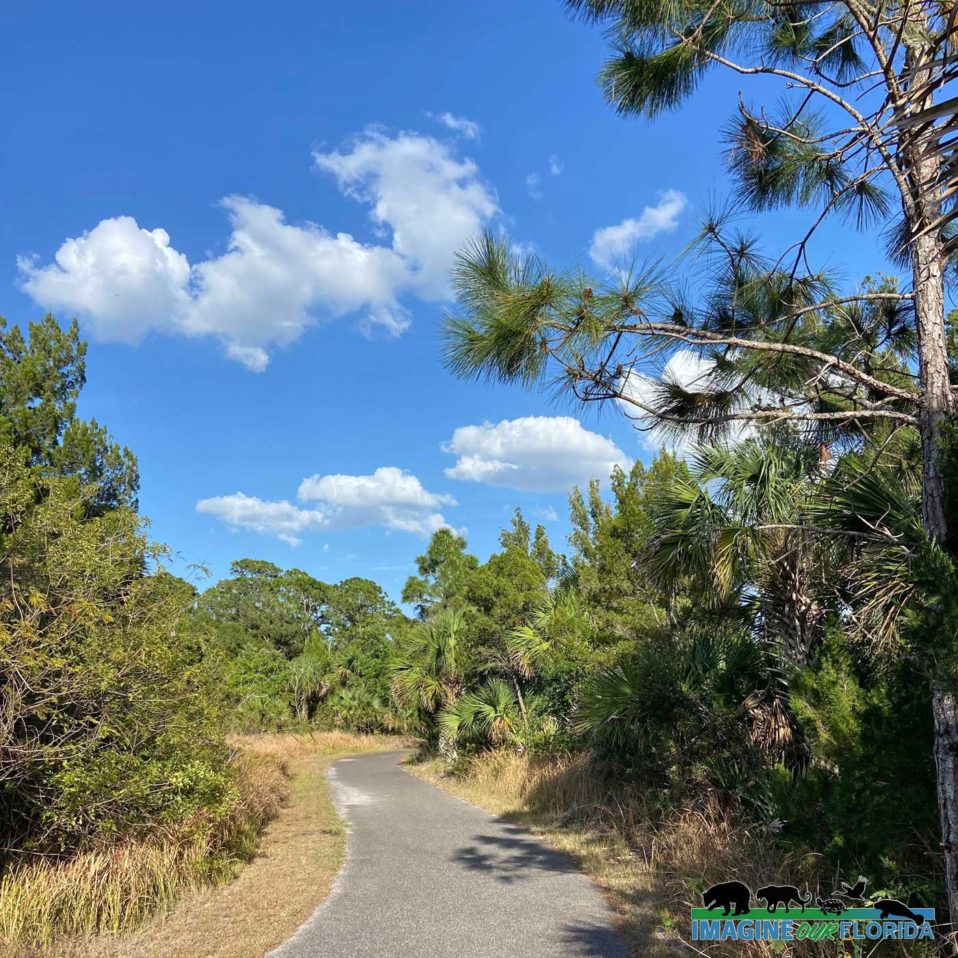
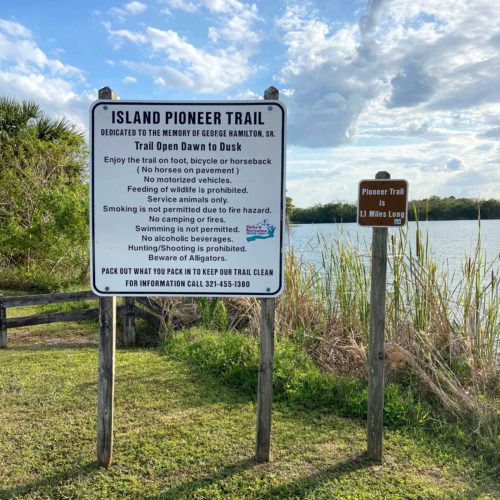
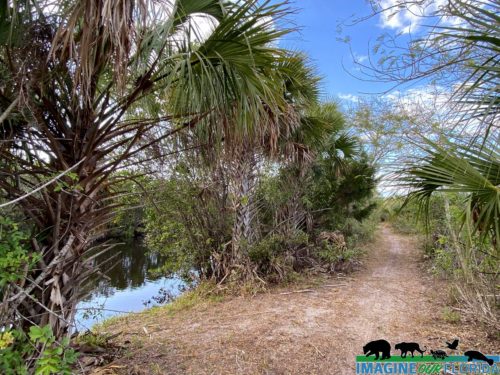
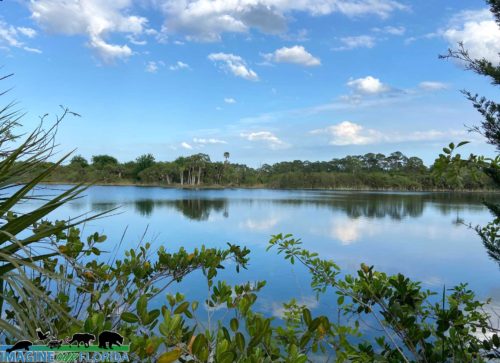
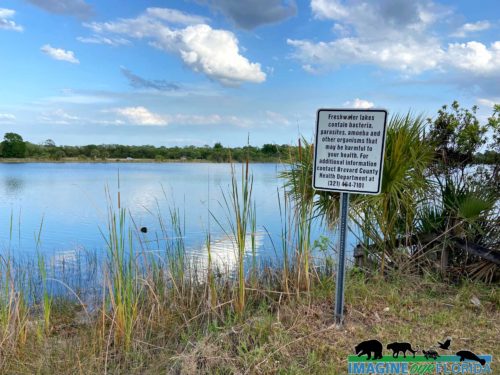
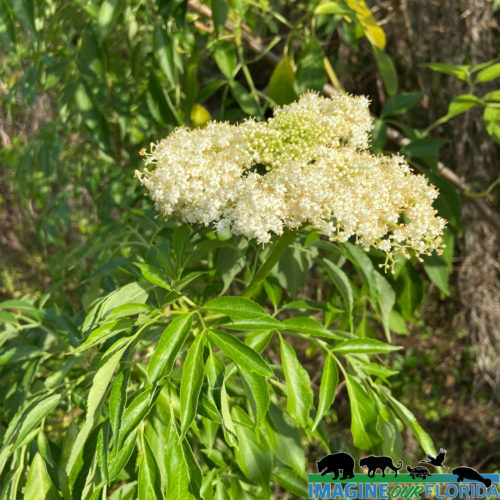
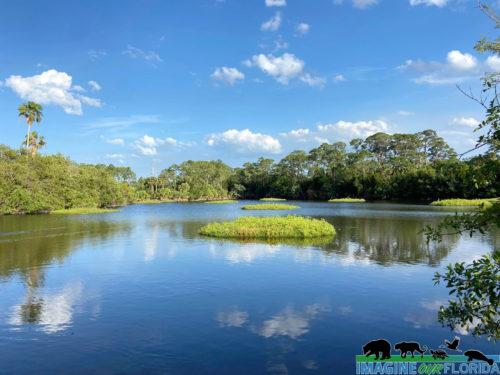
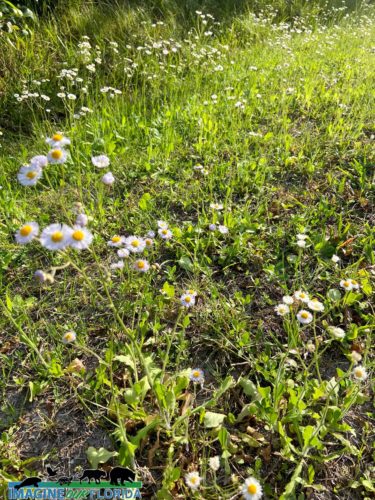
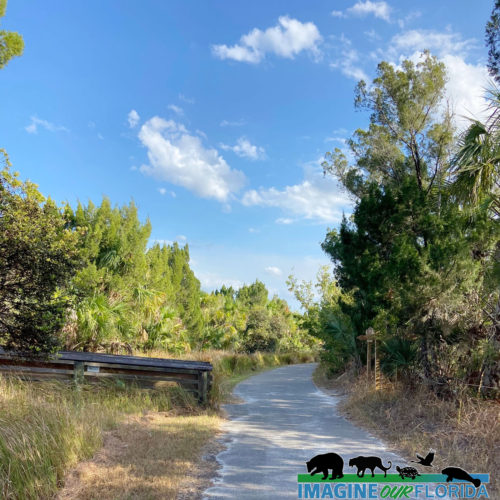
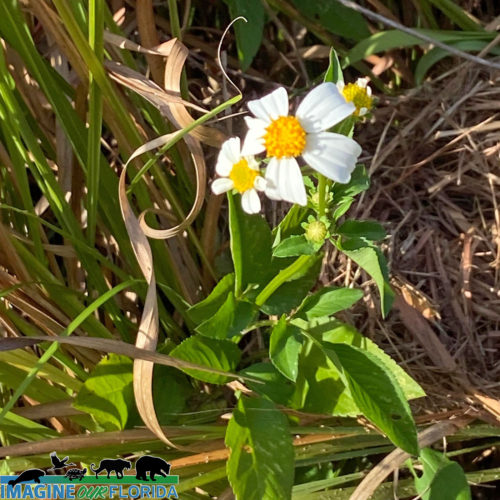
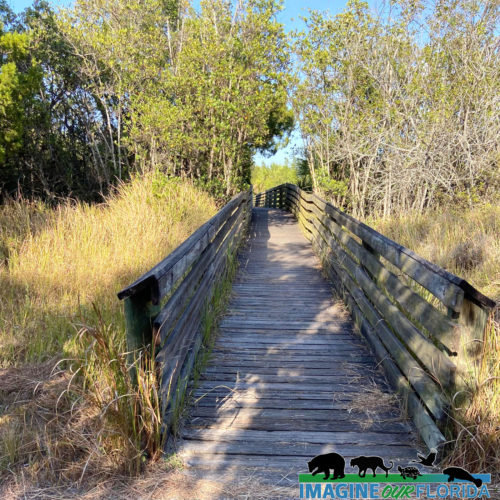
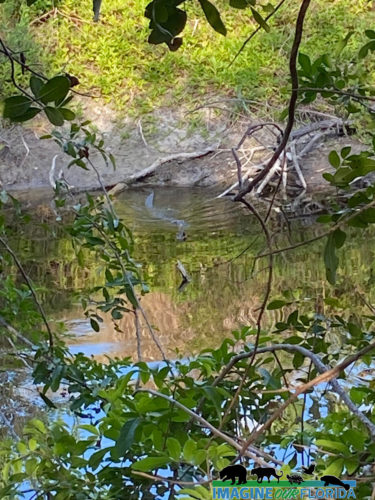
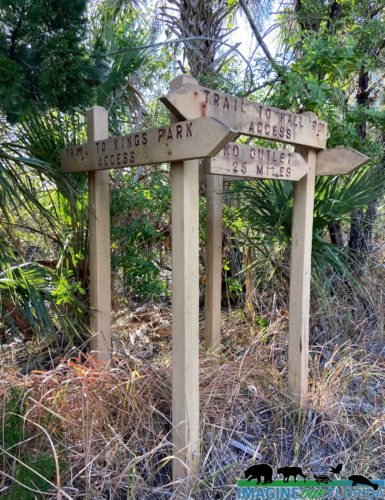
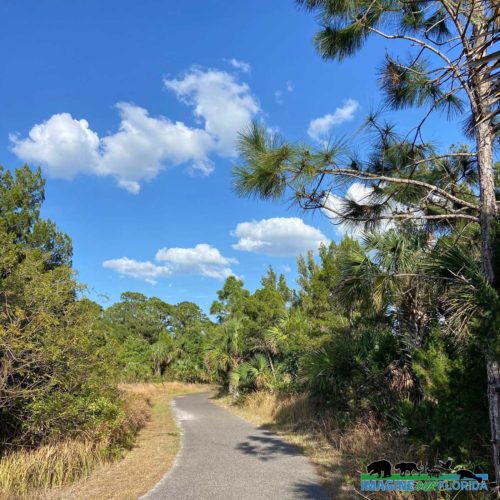
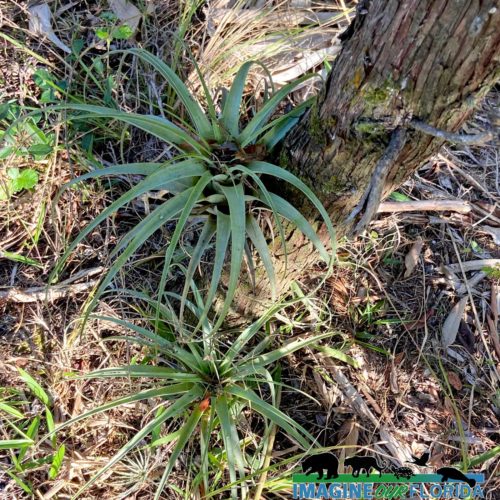
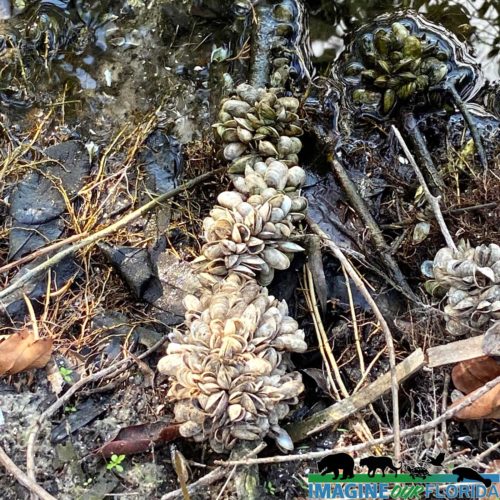
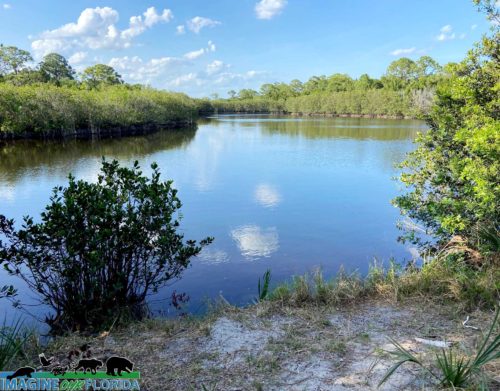
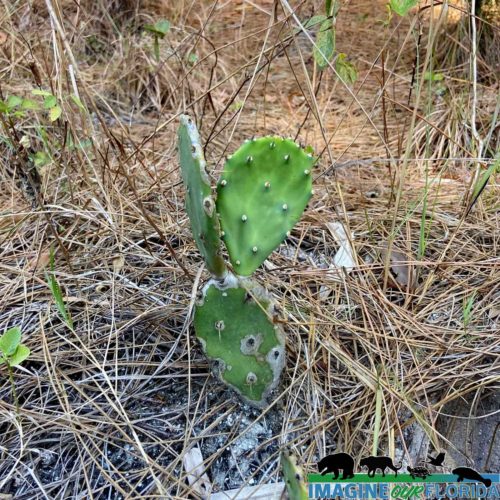
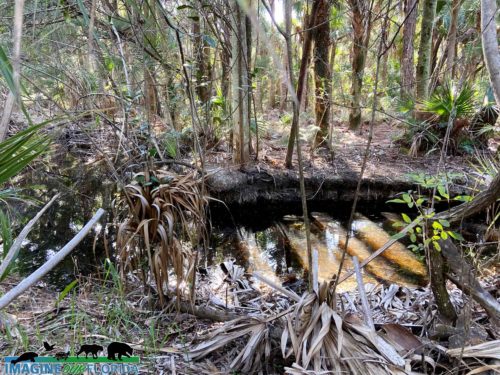
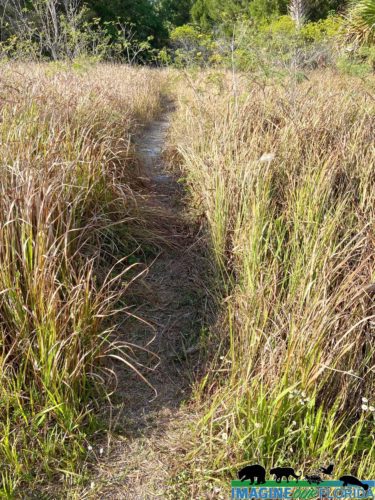
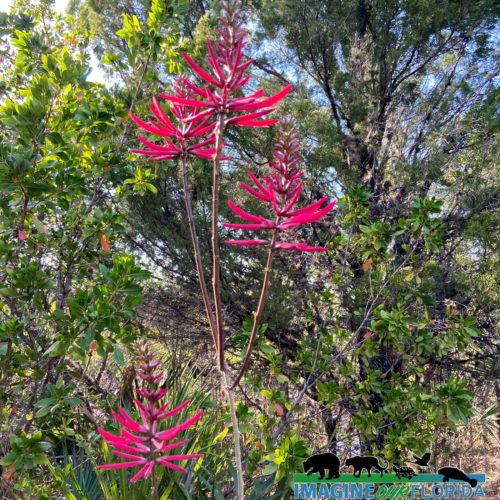
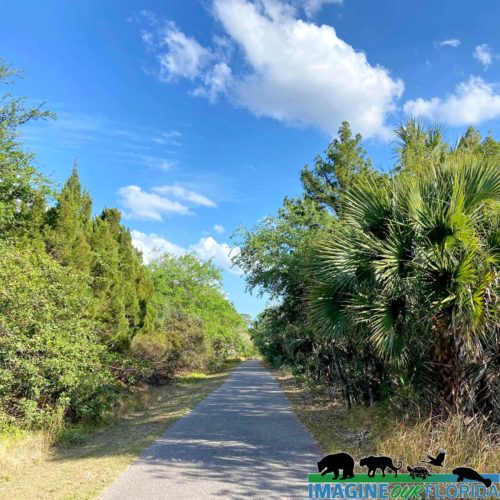
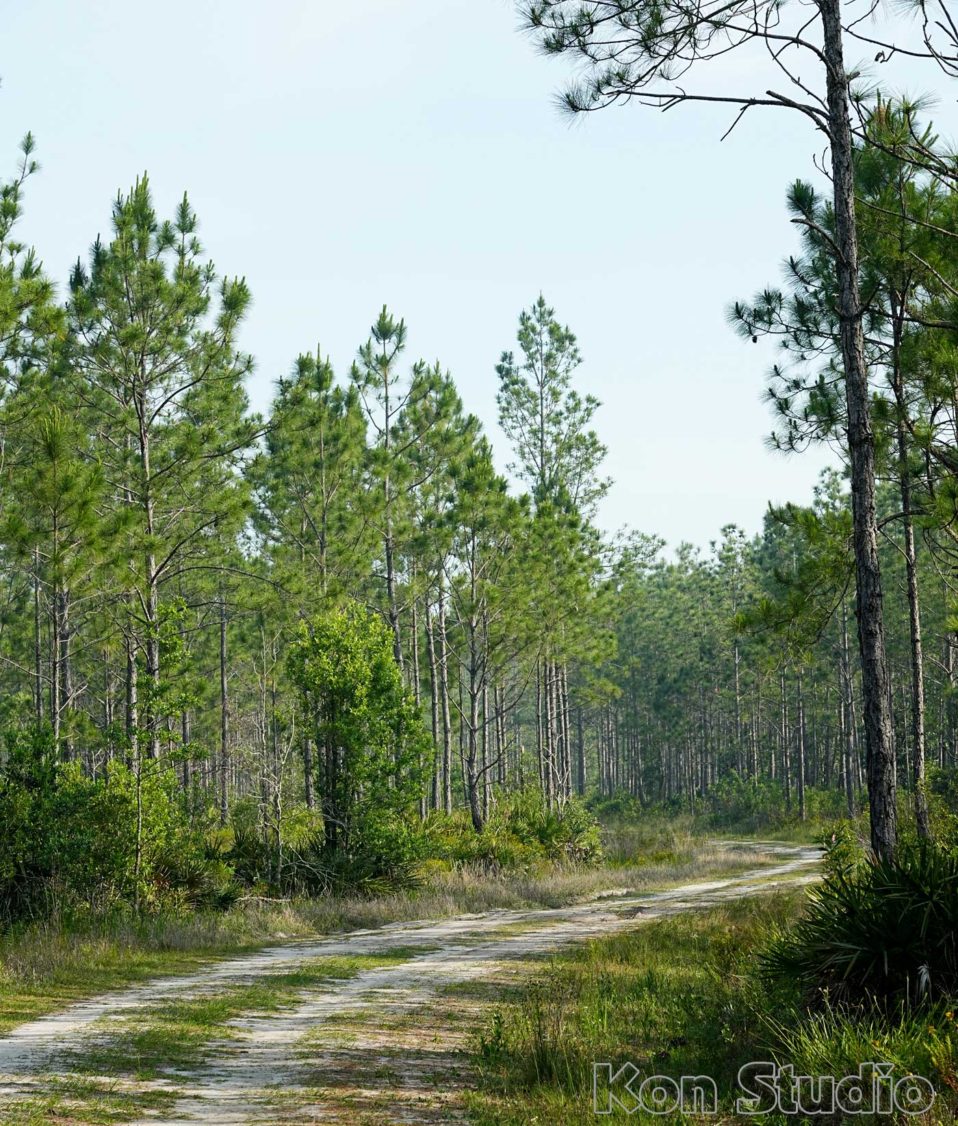
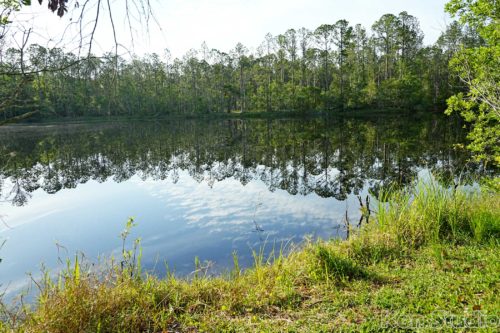
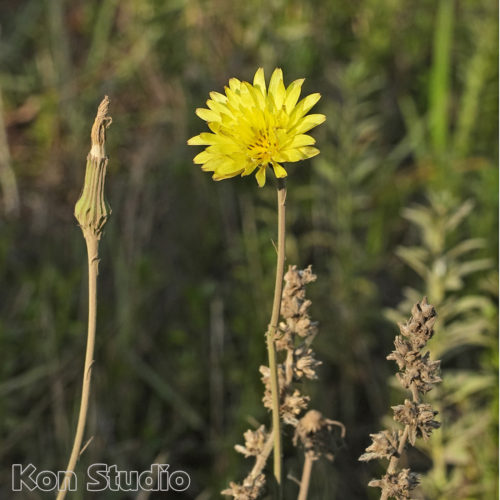
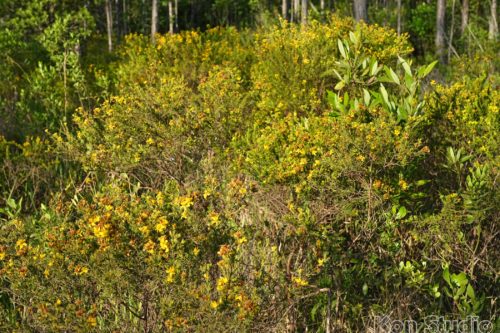
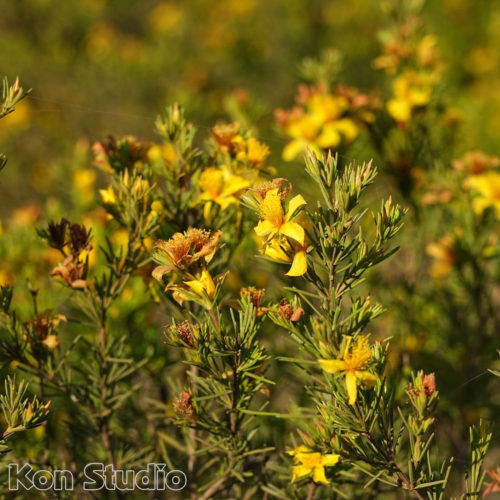
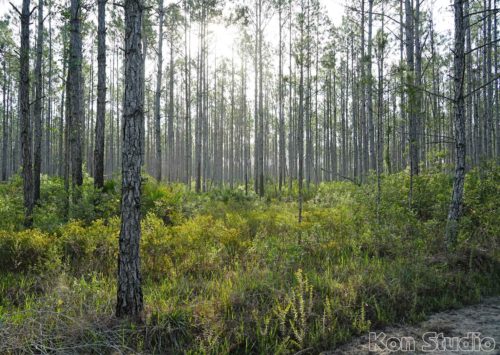
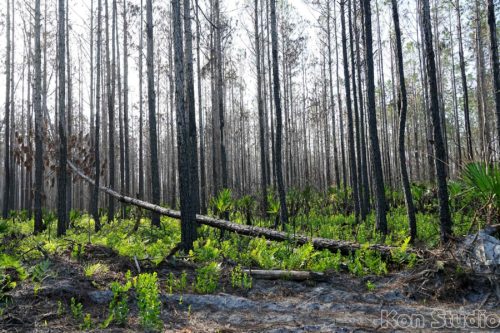
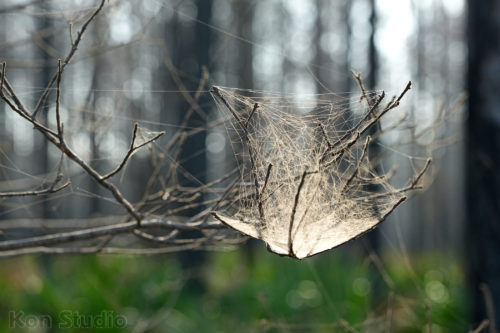
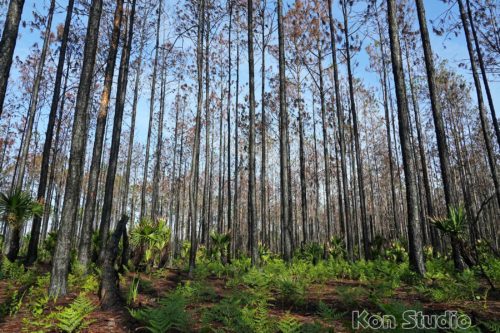
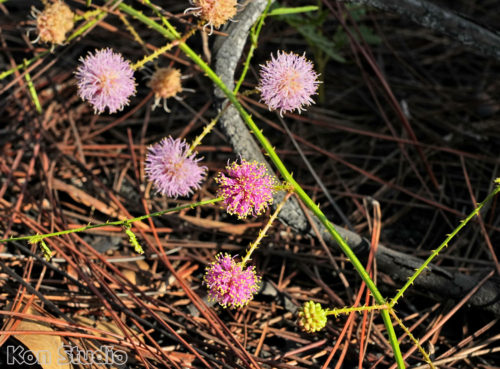
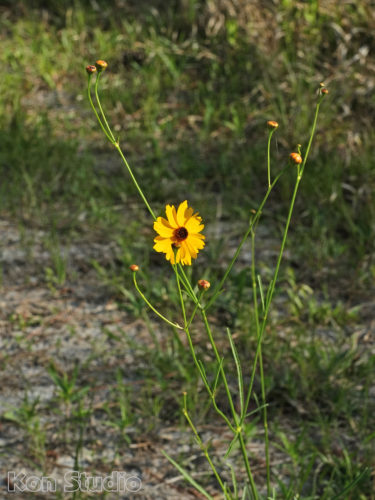
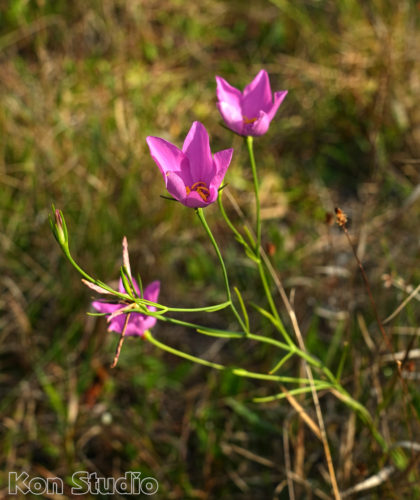
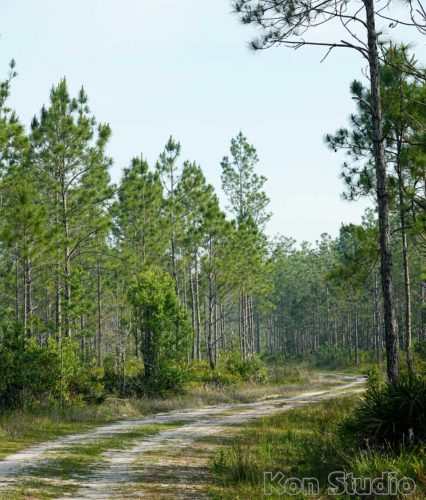
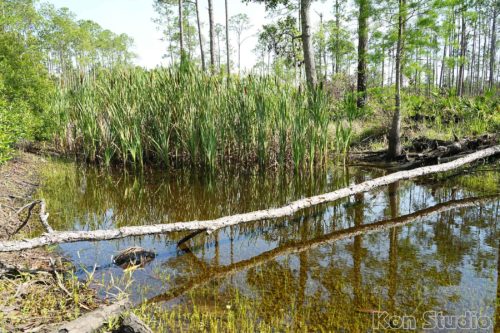
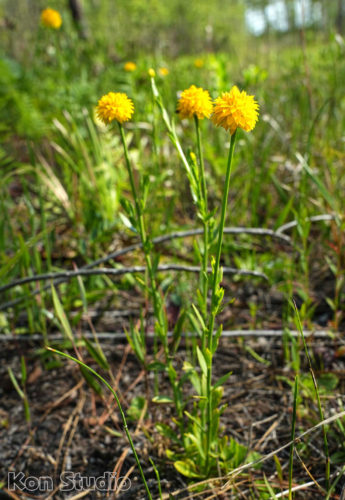
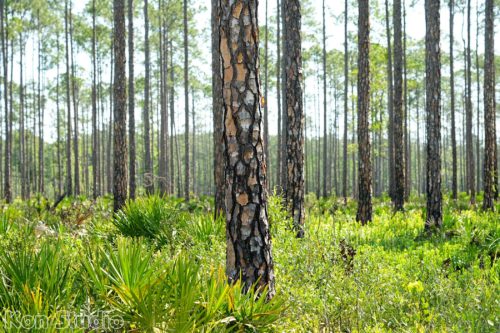
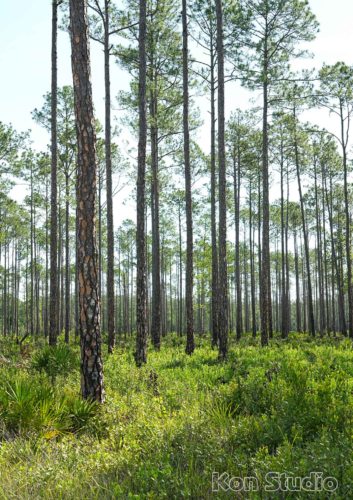
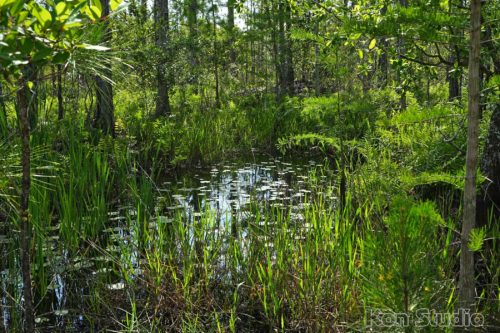
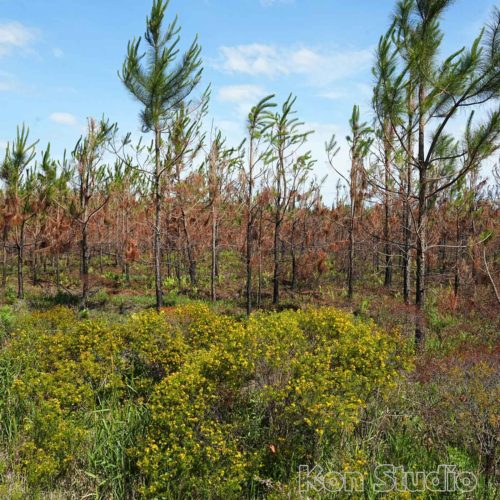
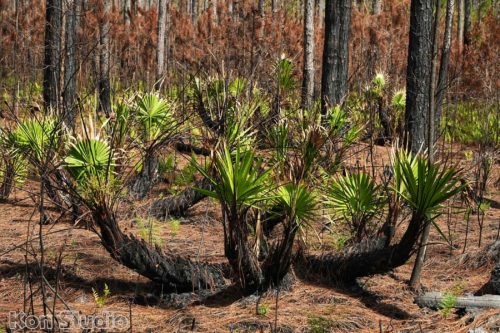
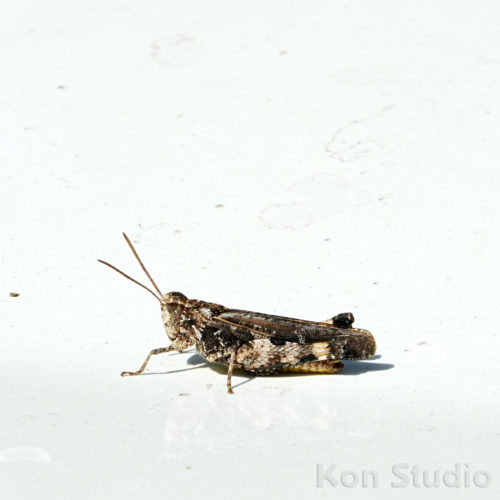
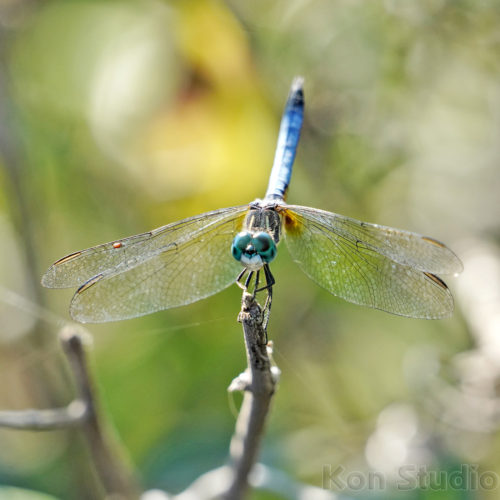
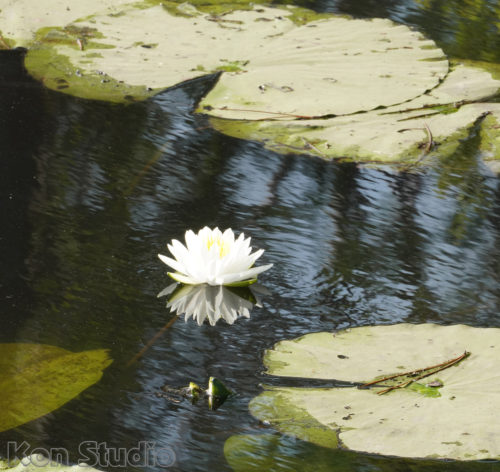
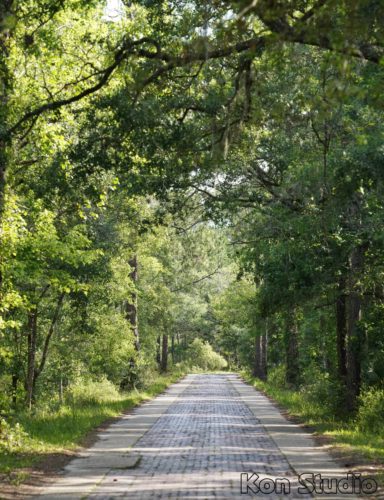
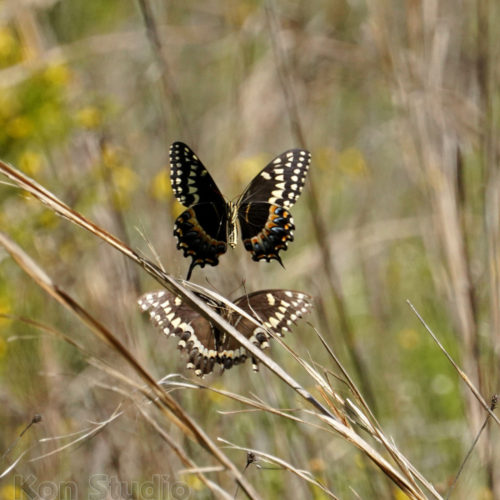
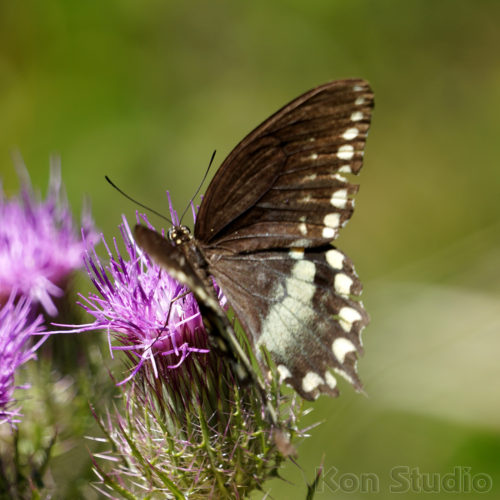
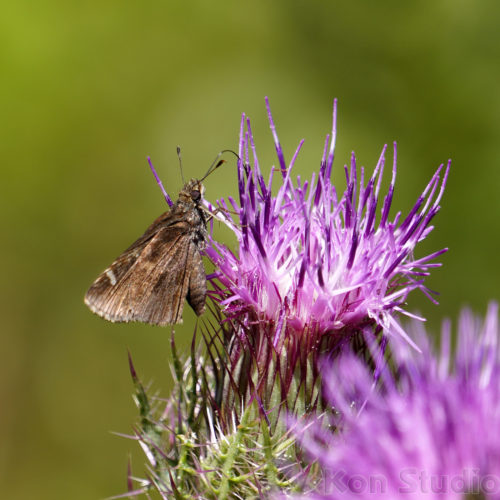
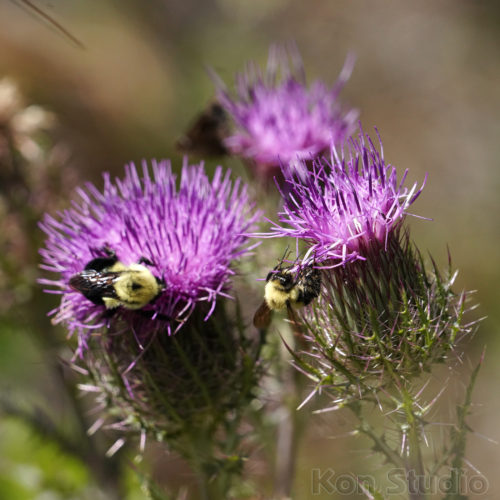
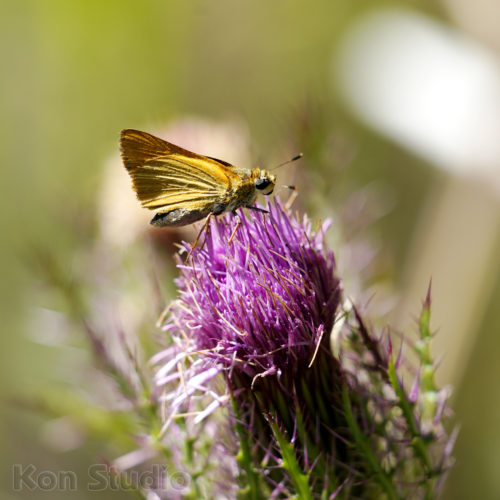
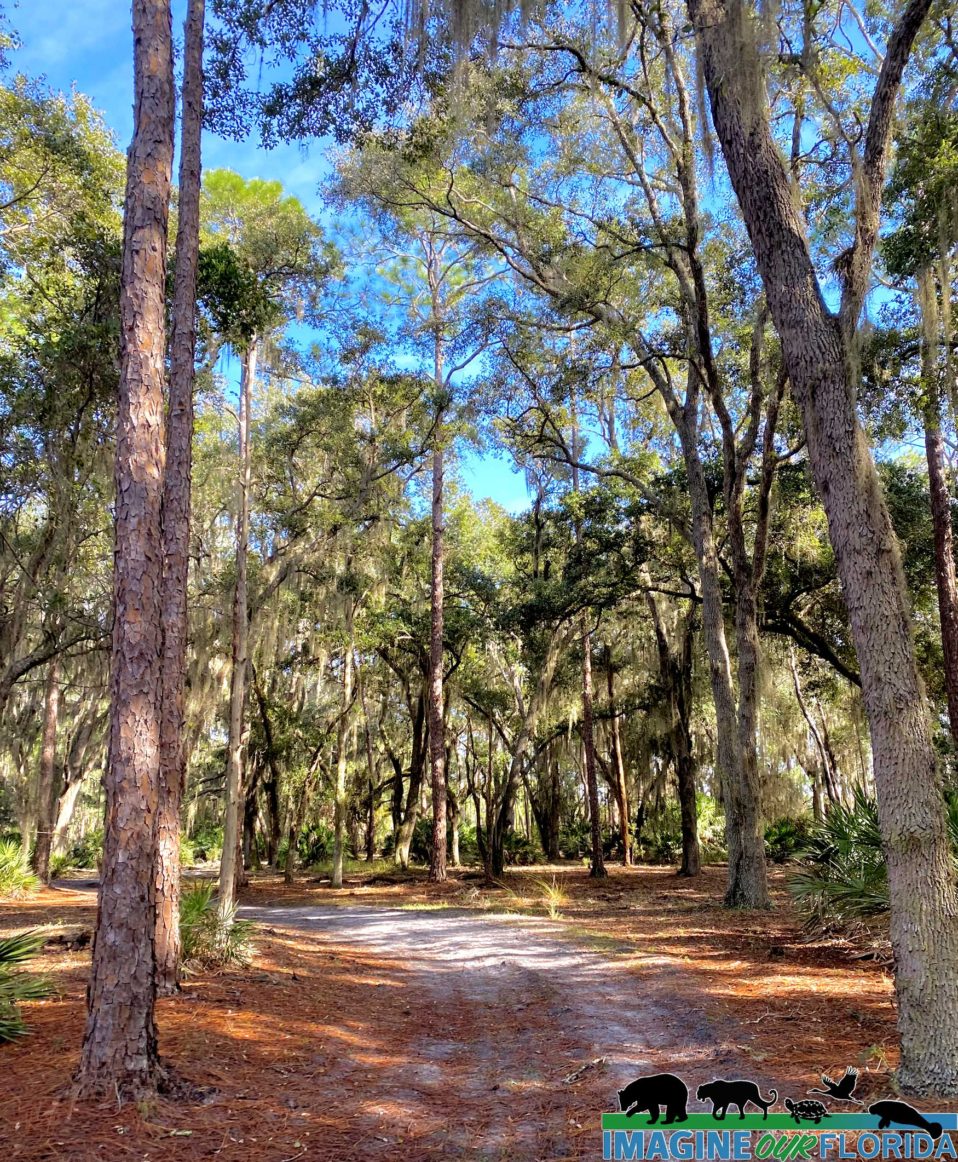
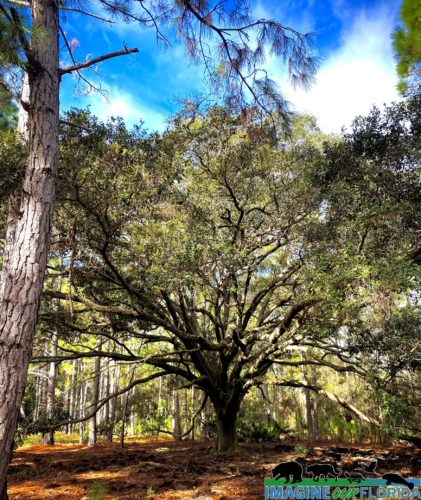
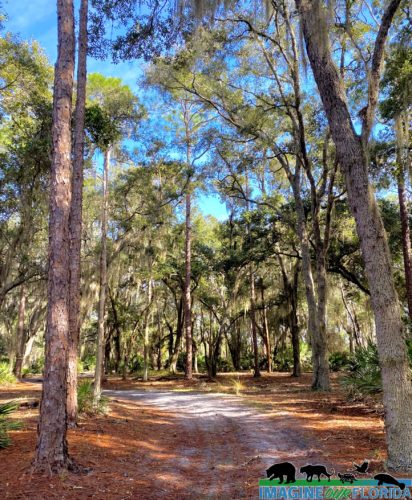
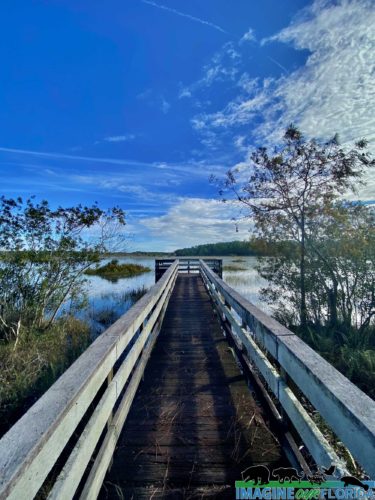
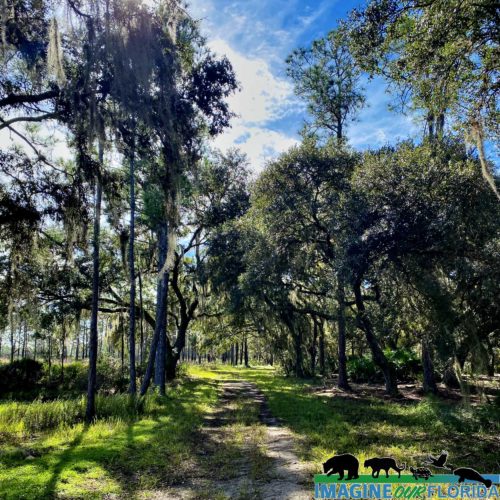
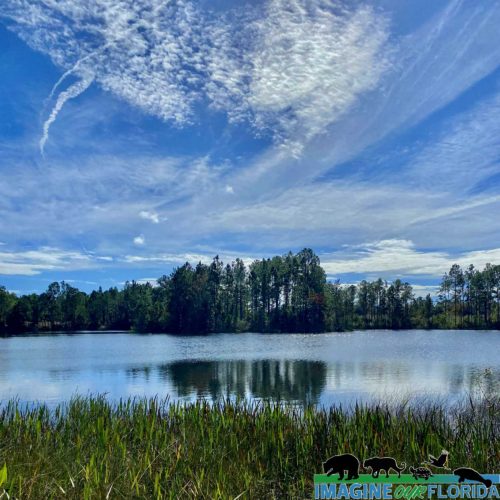
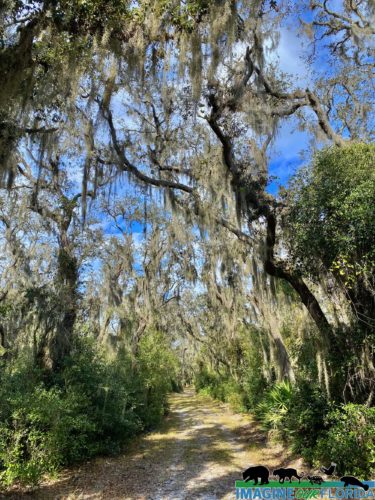
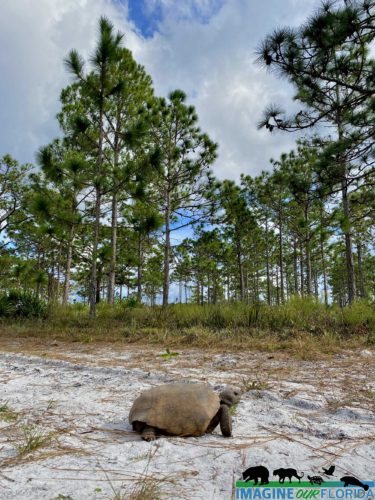
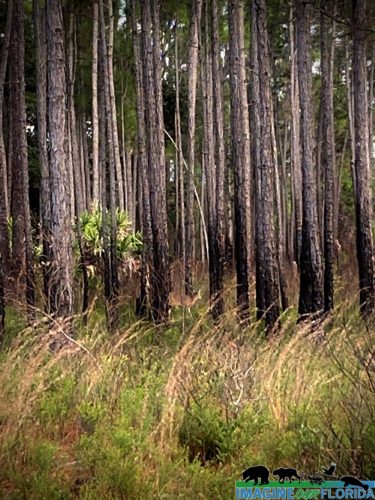 iof, imagineourflorida,
iof, imagineourflorida,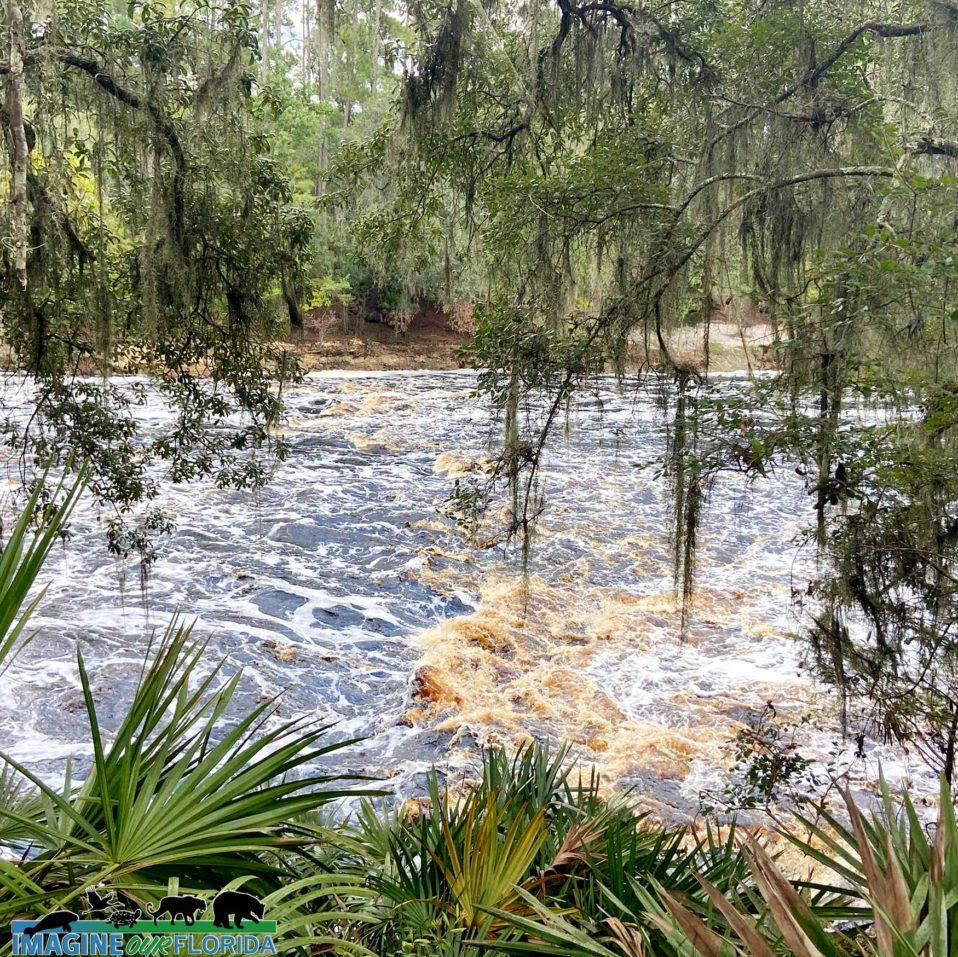
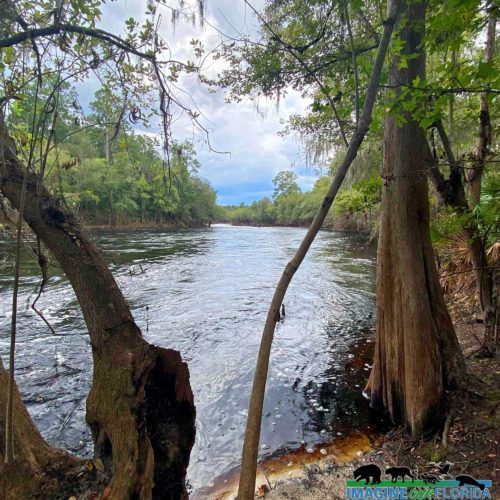
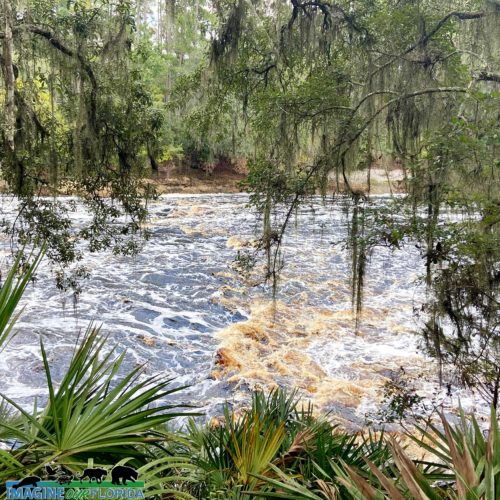
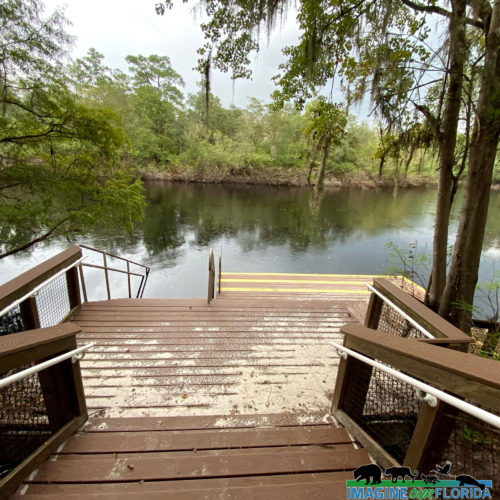
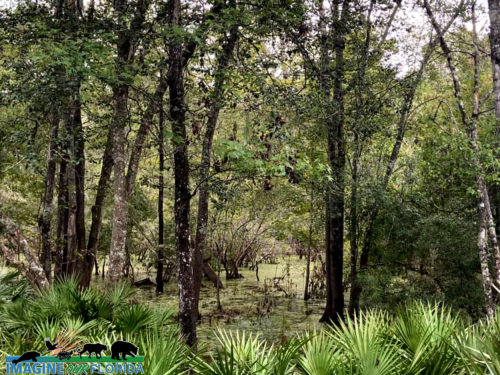
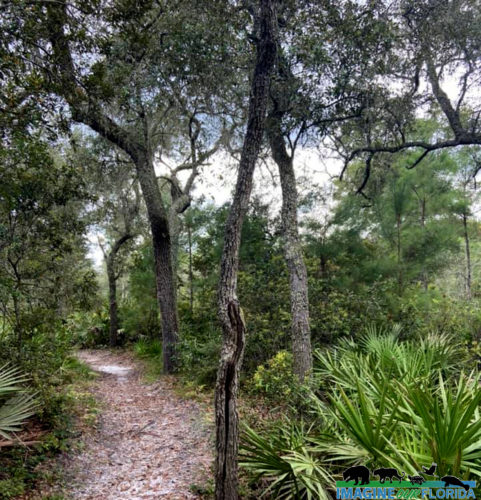
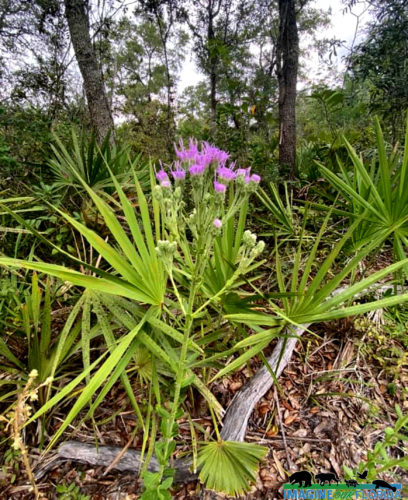
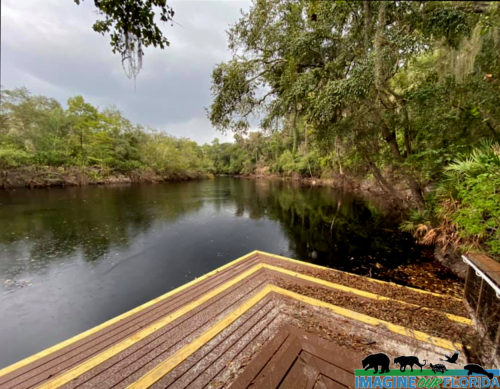
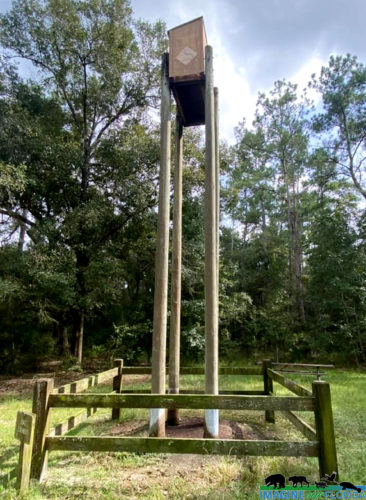
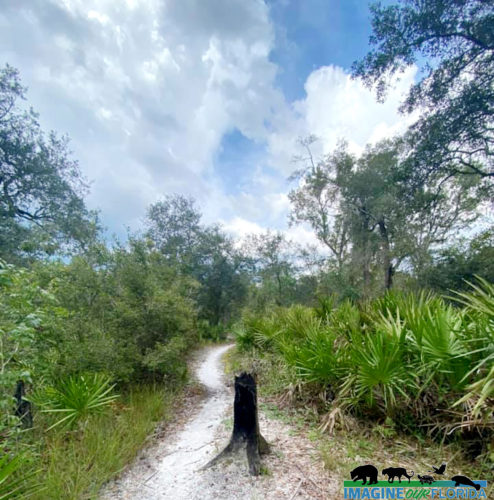
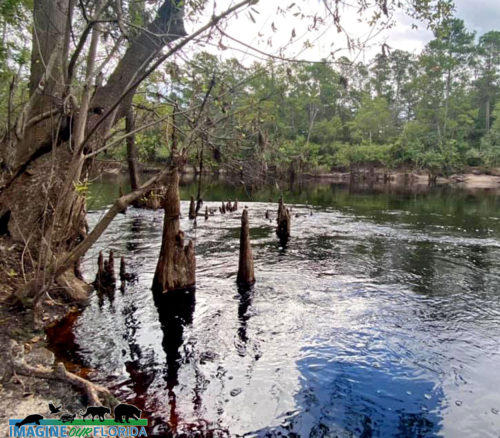
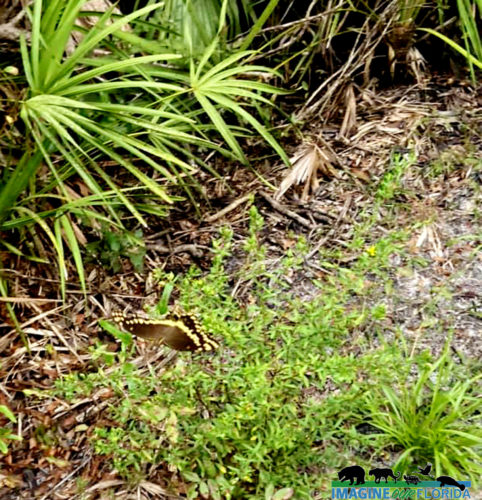
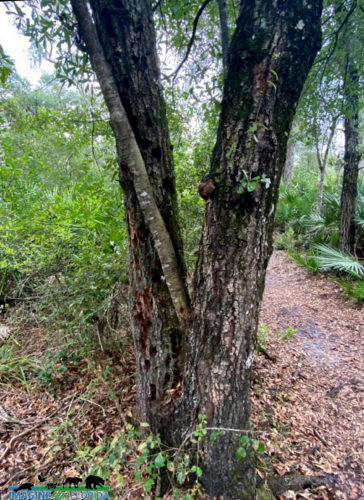
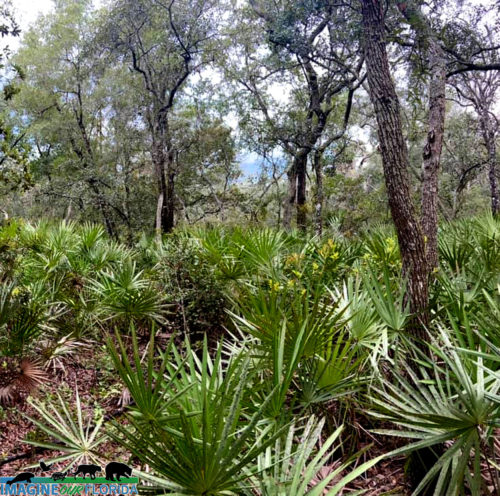
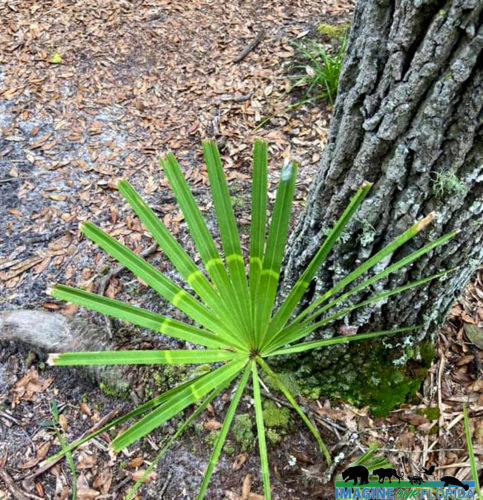
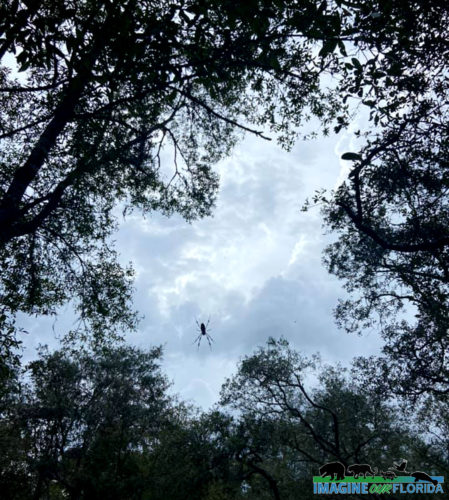
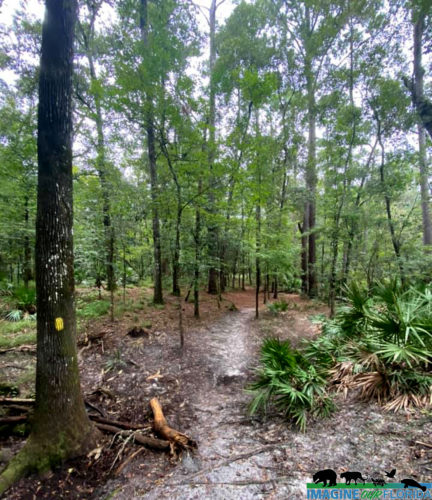
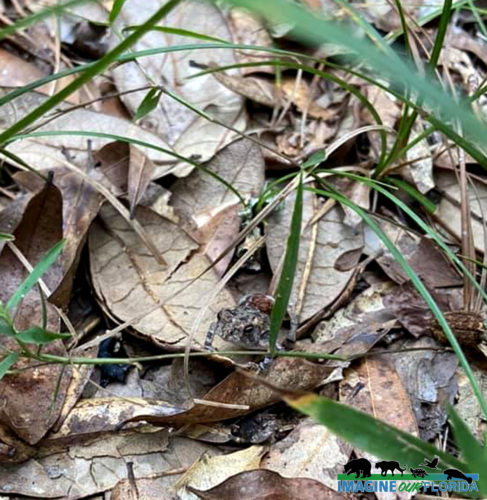
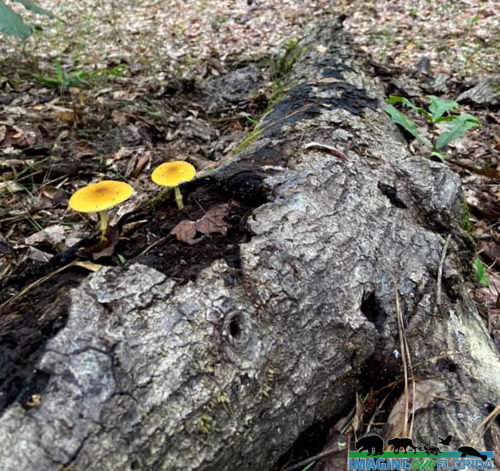
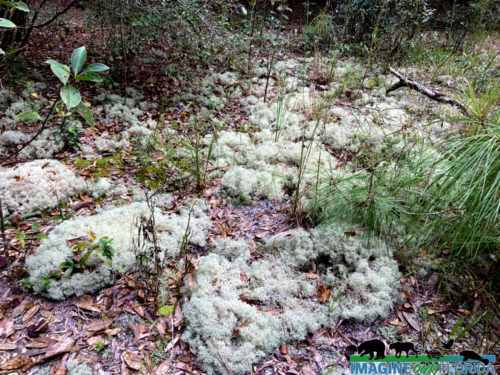
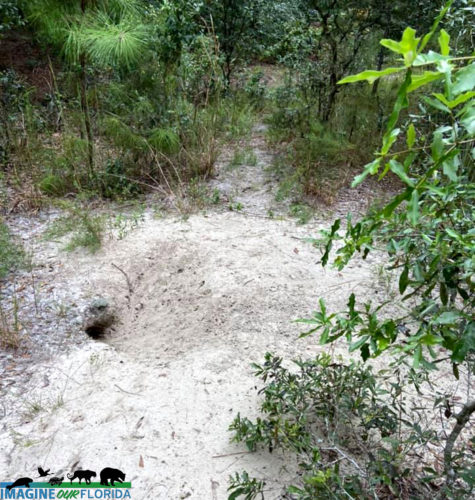
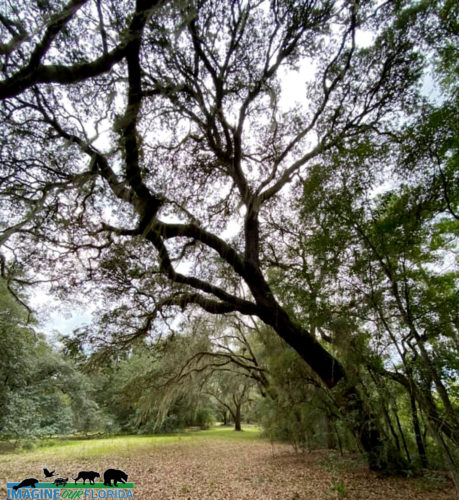
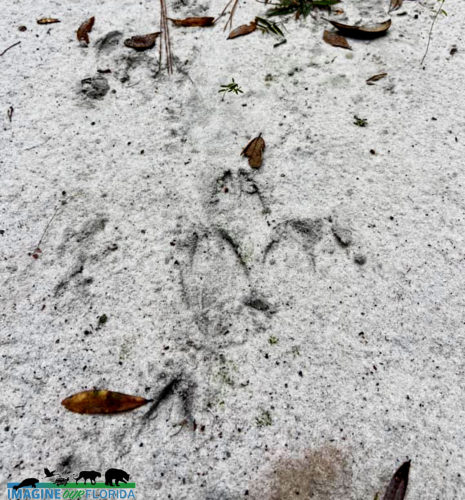
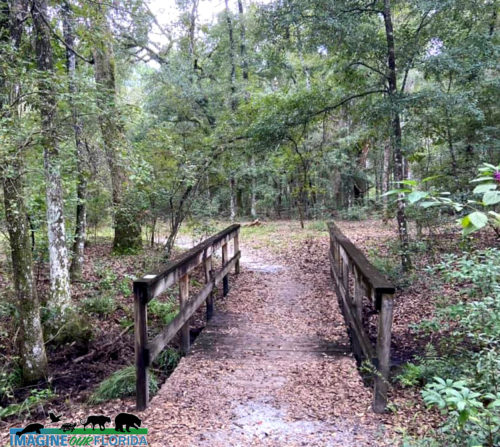
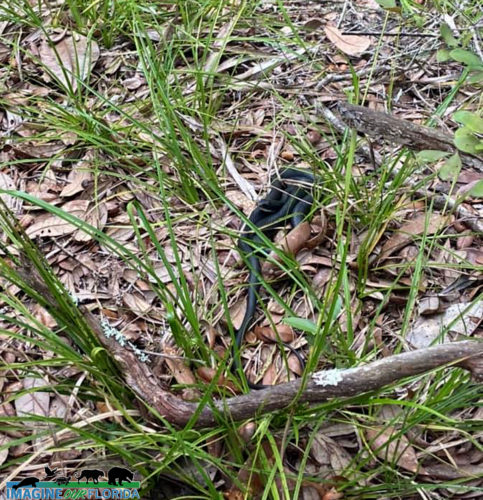
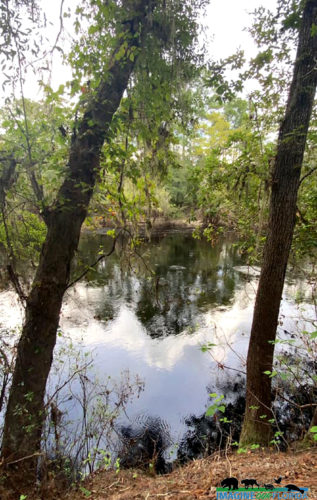
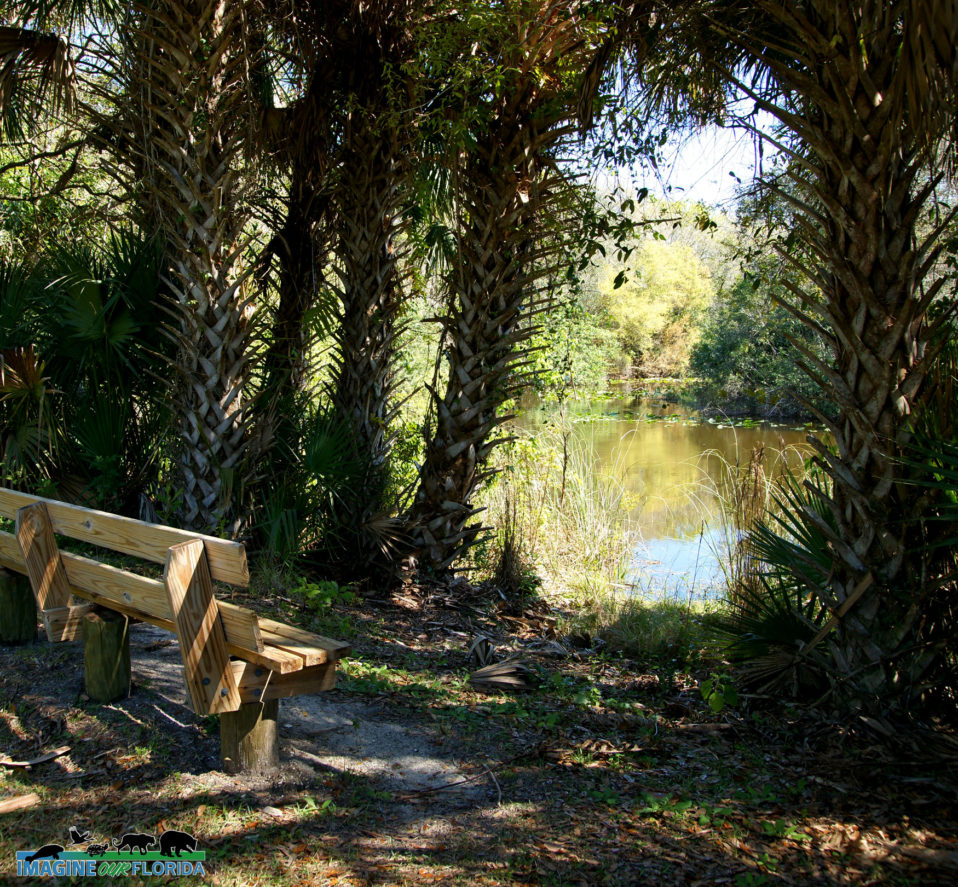
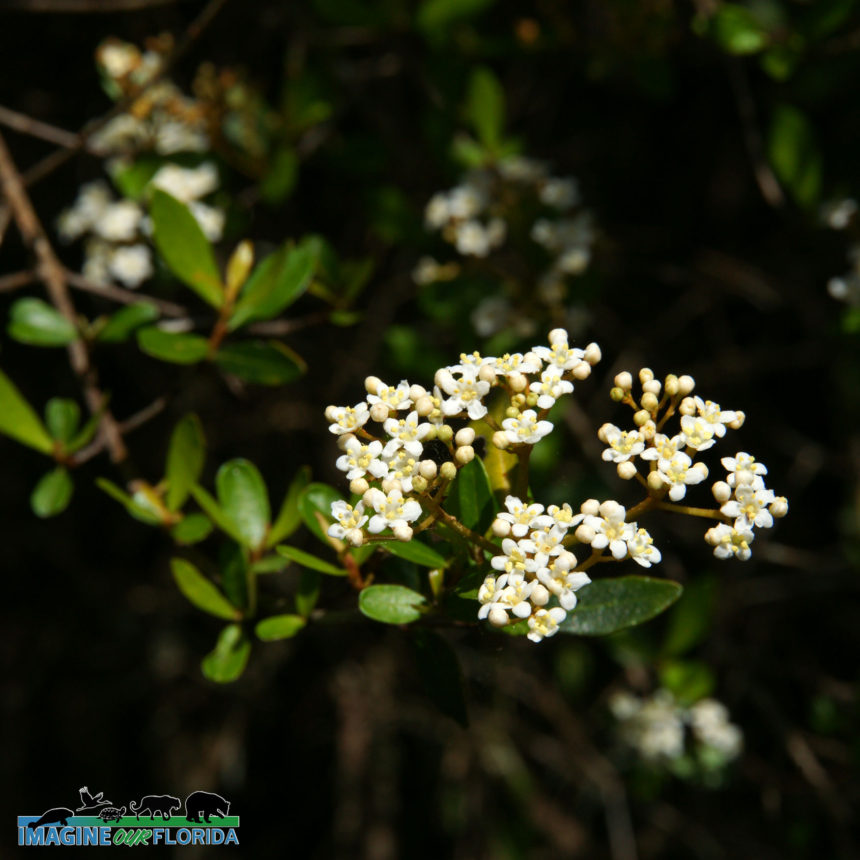
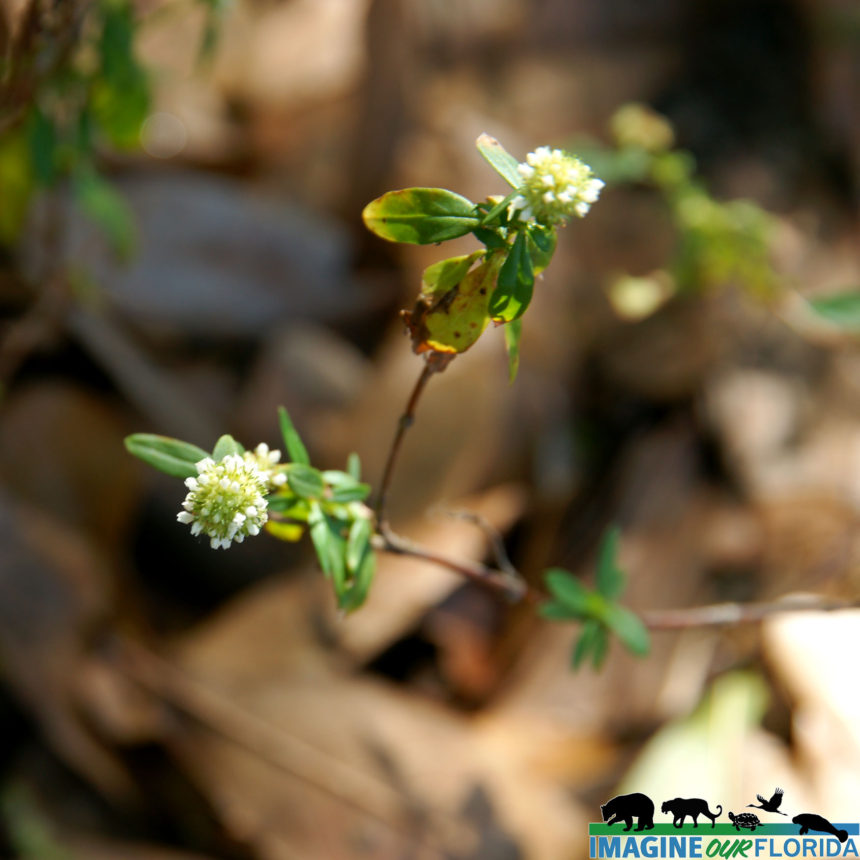
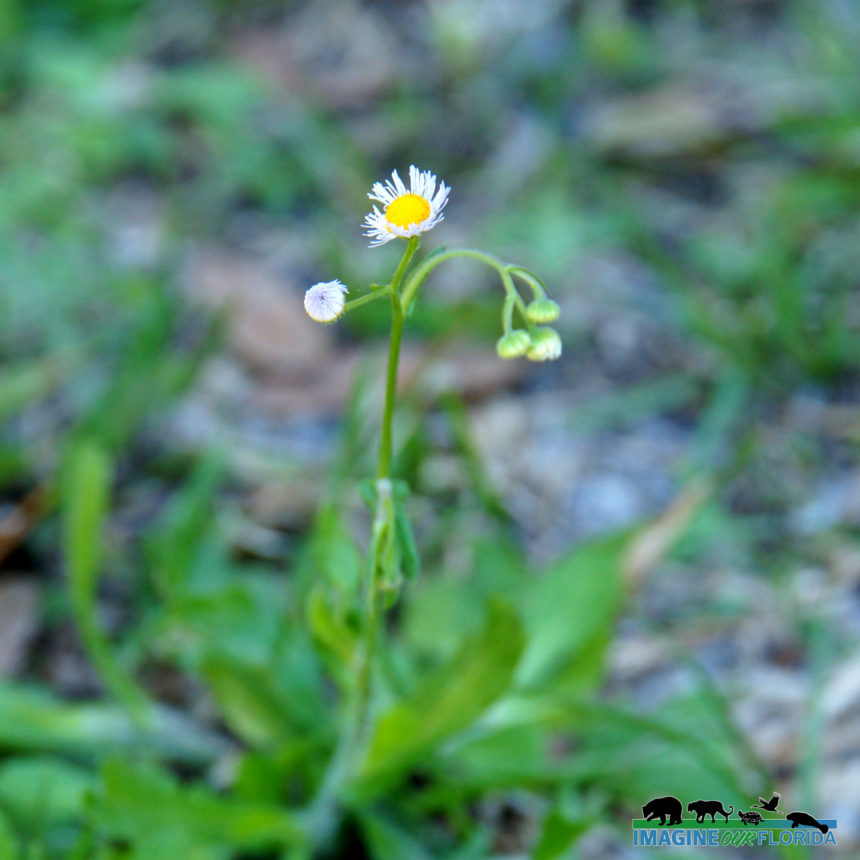
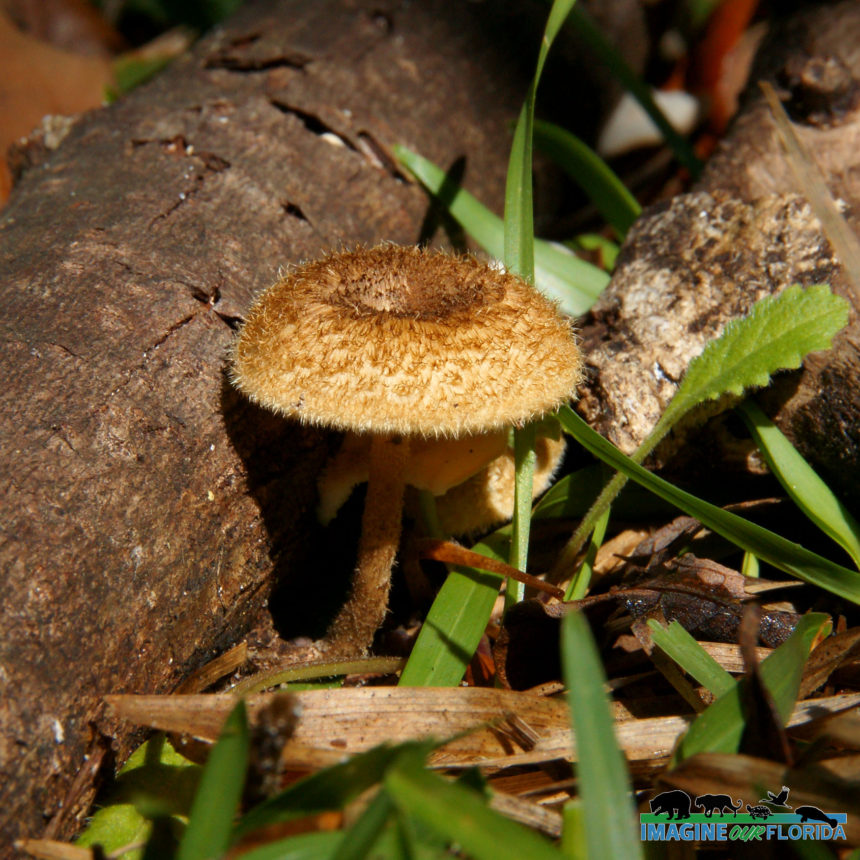
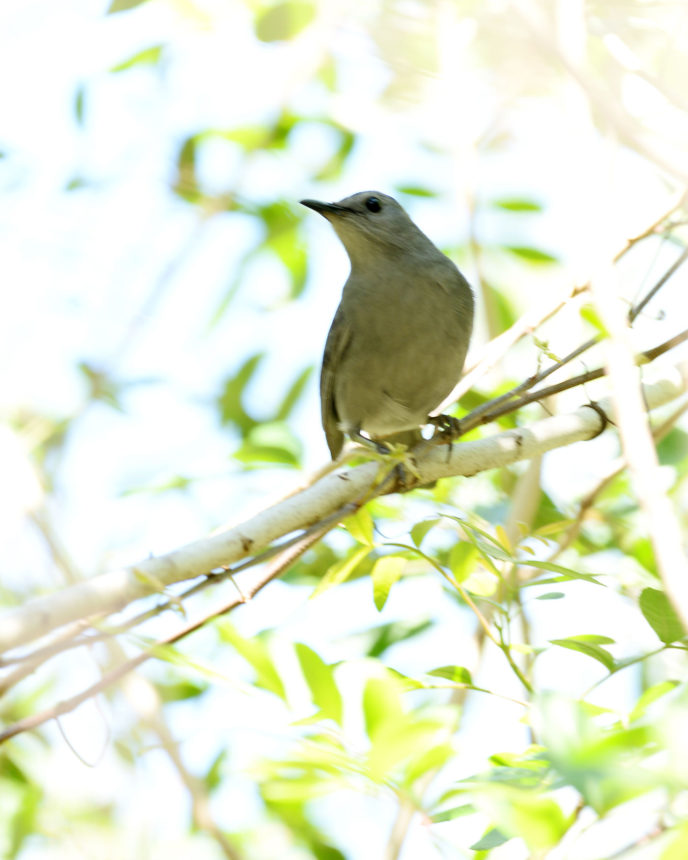
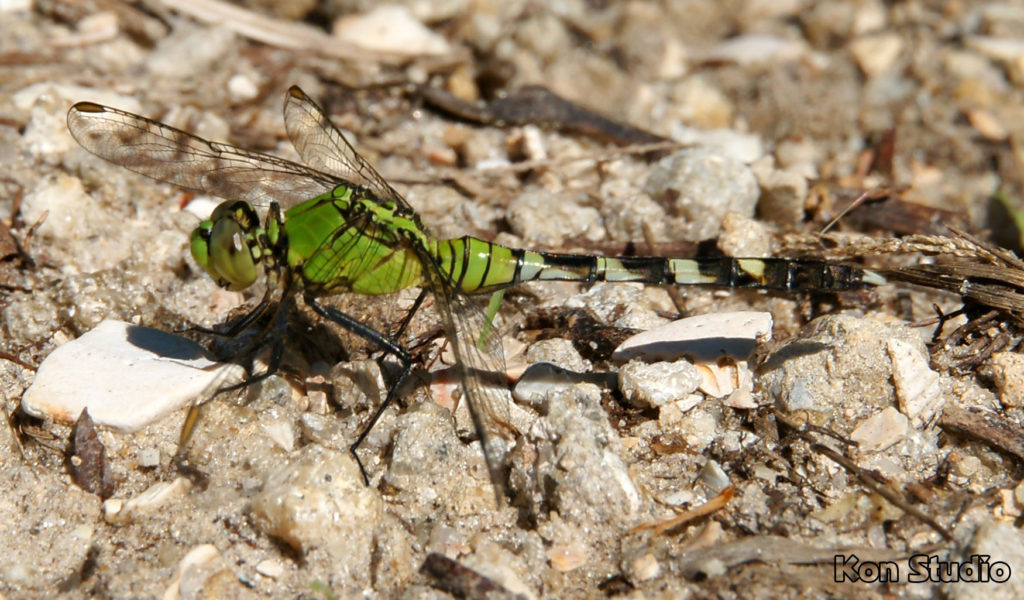
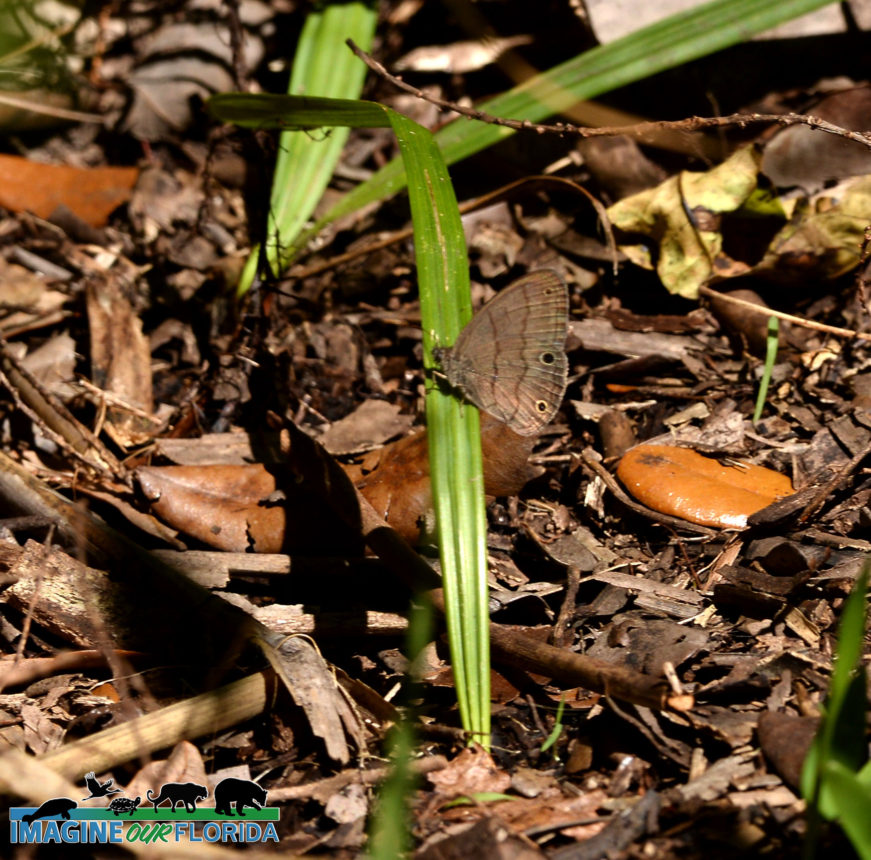
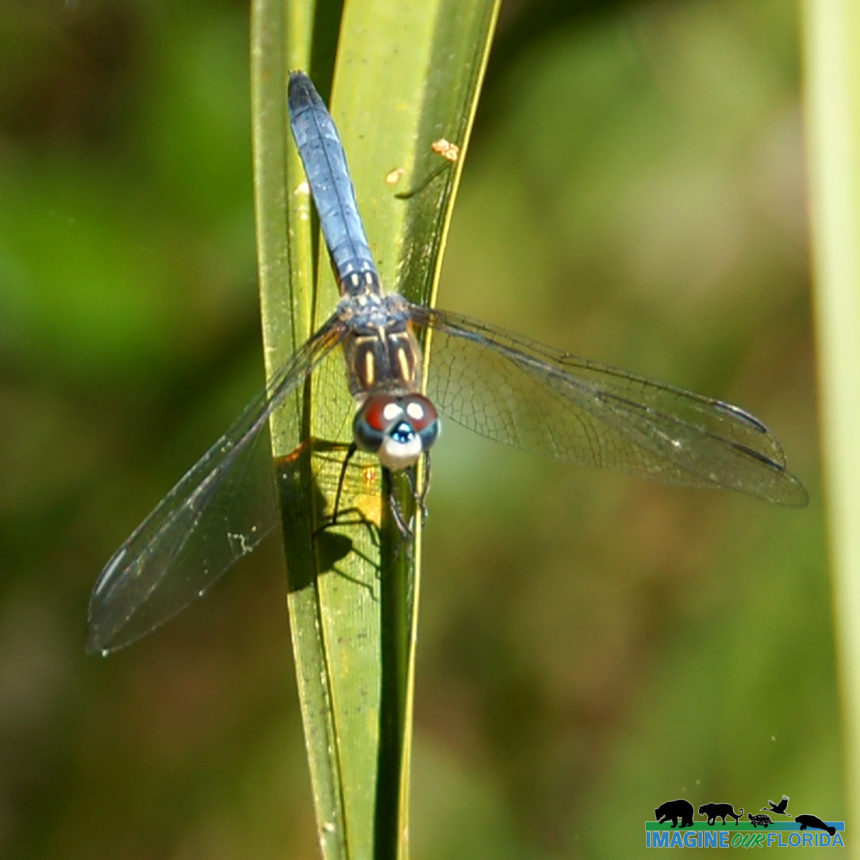
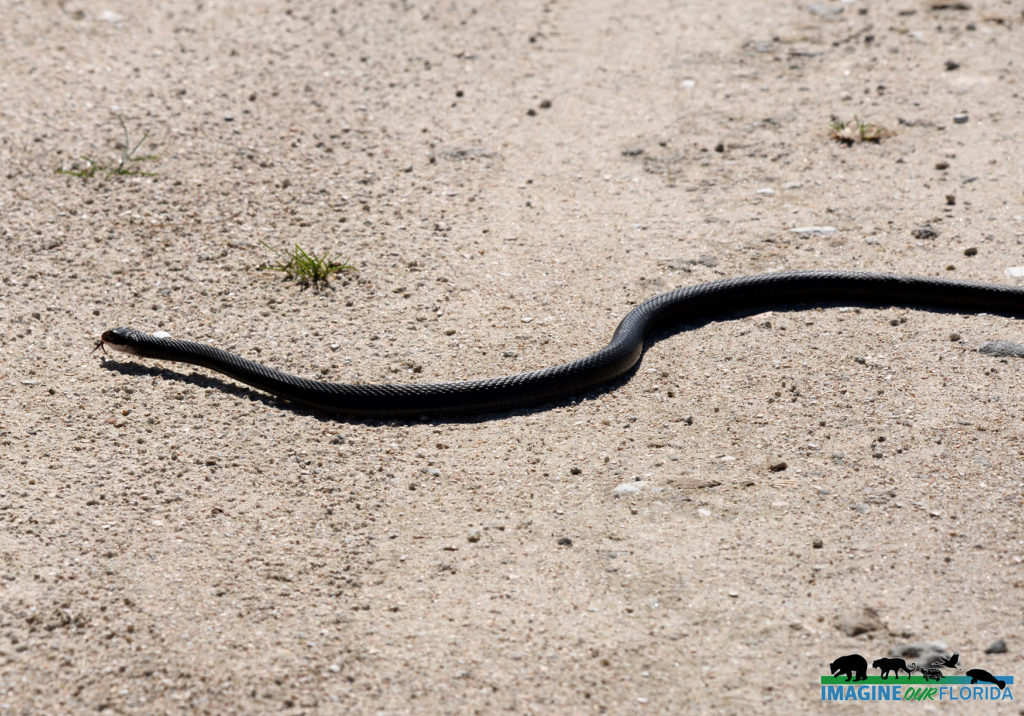
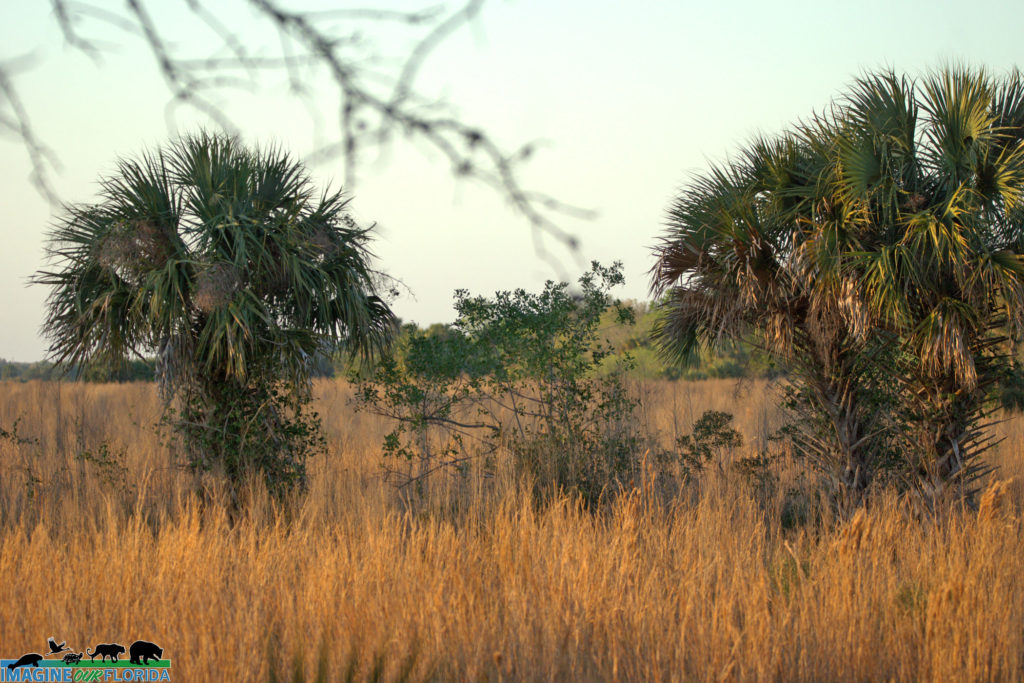
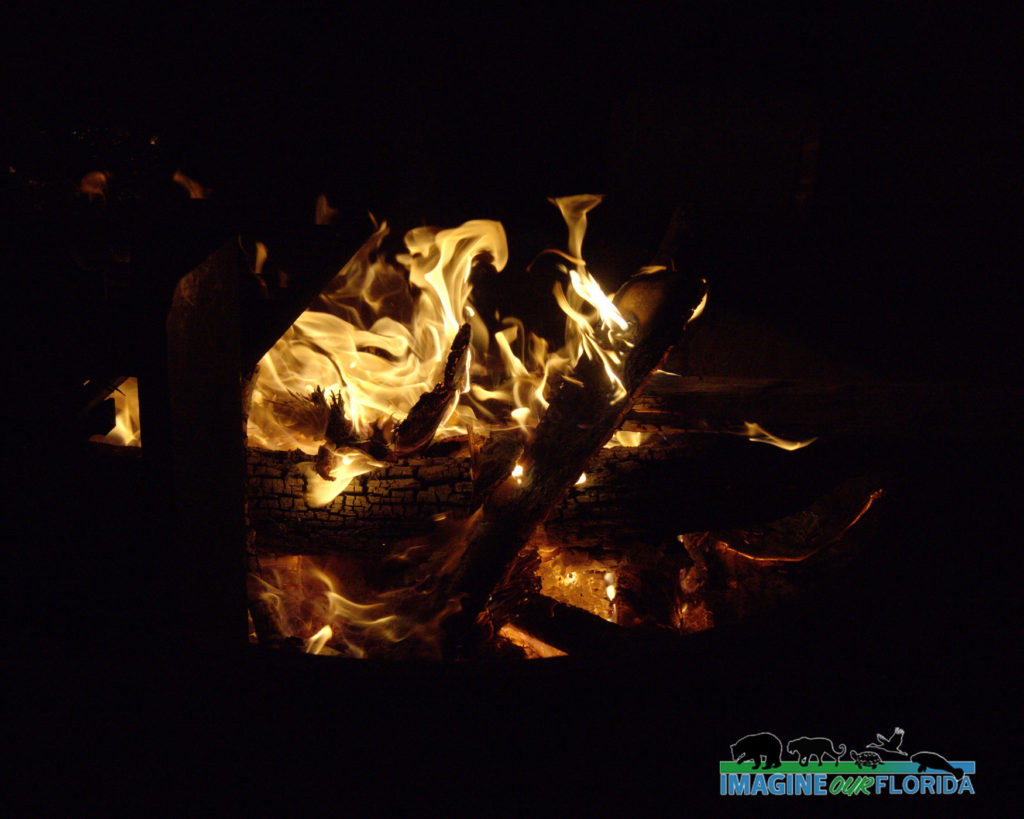
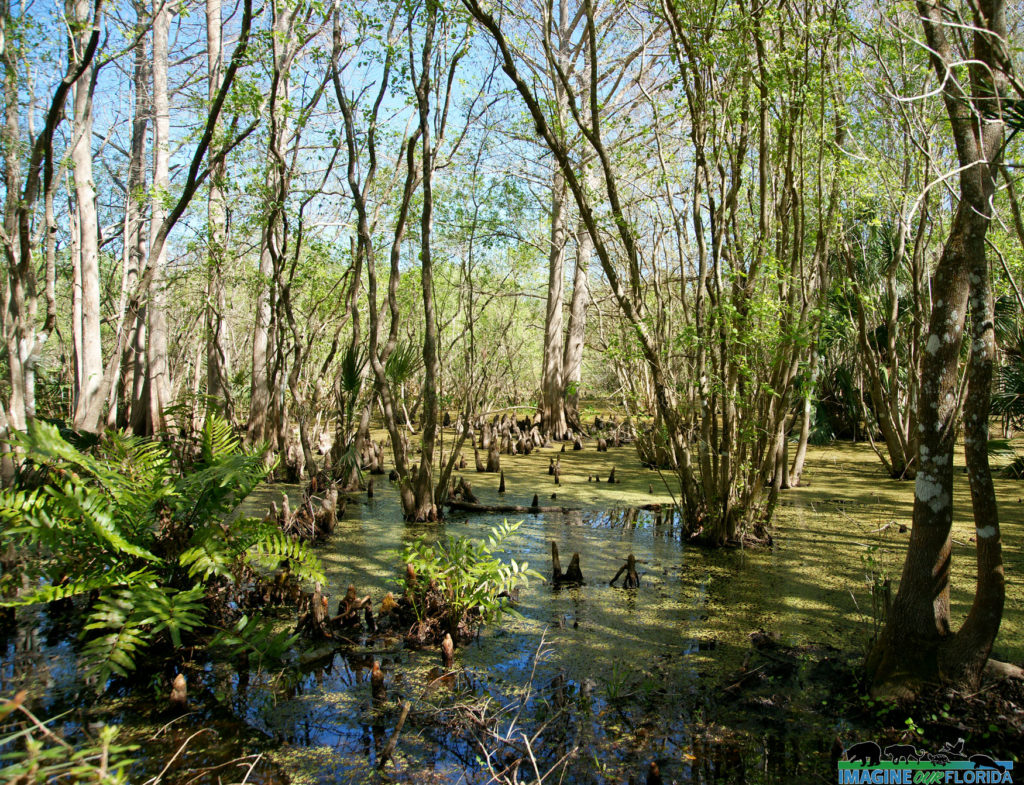
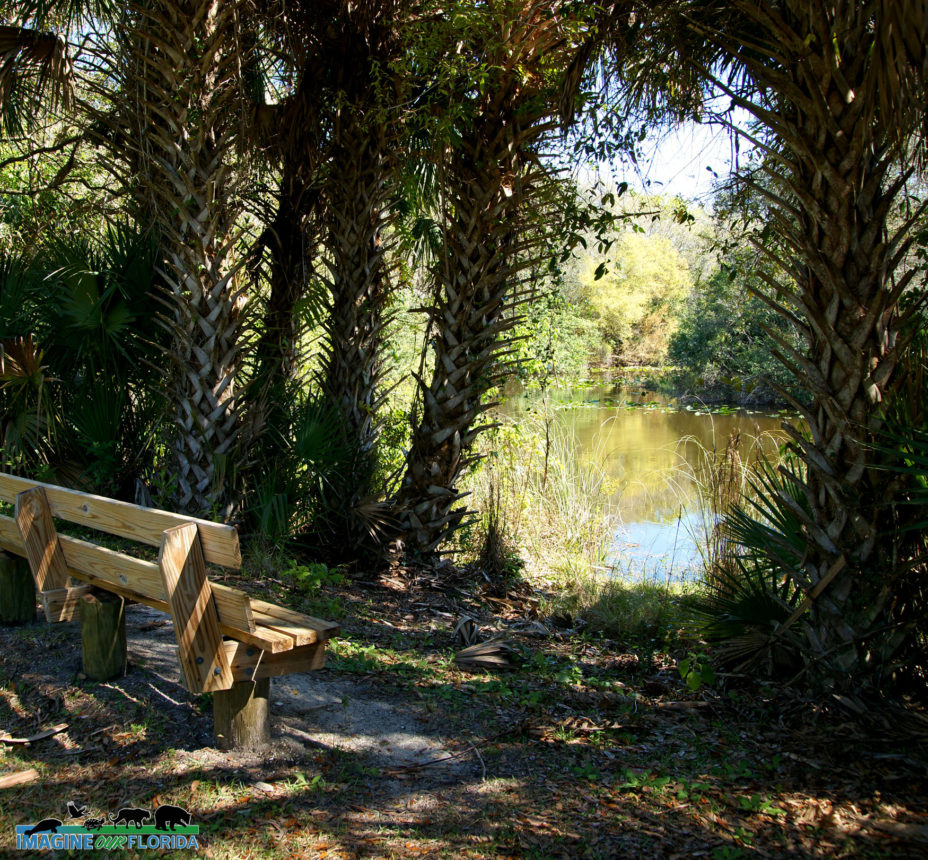
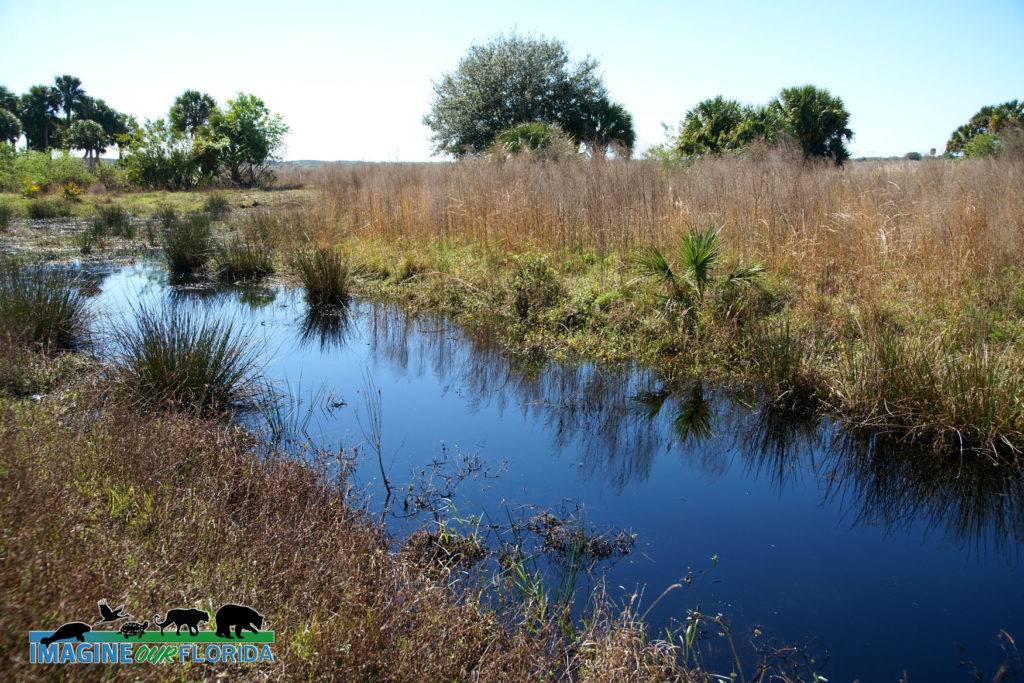
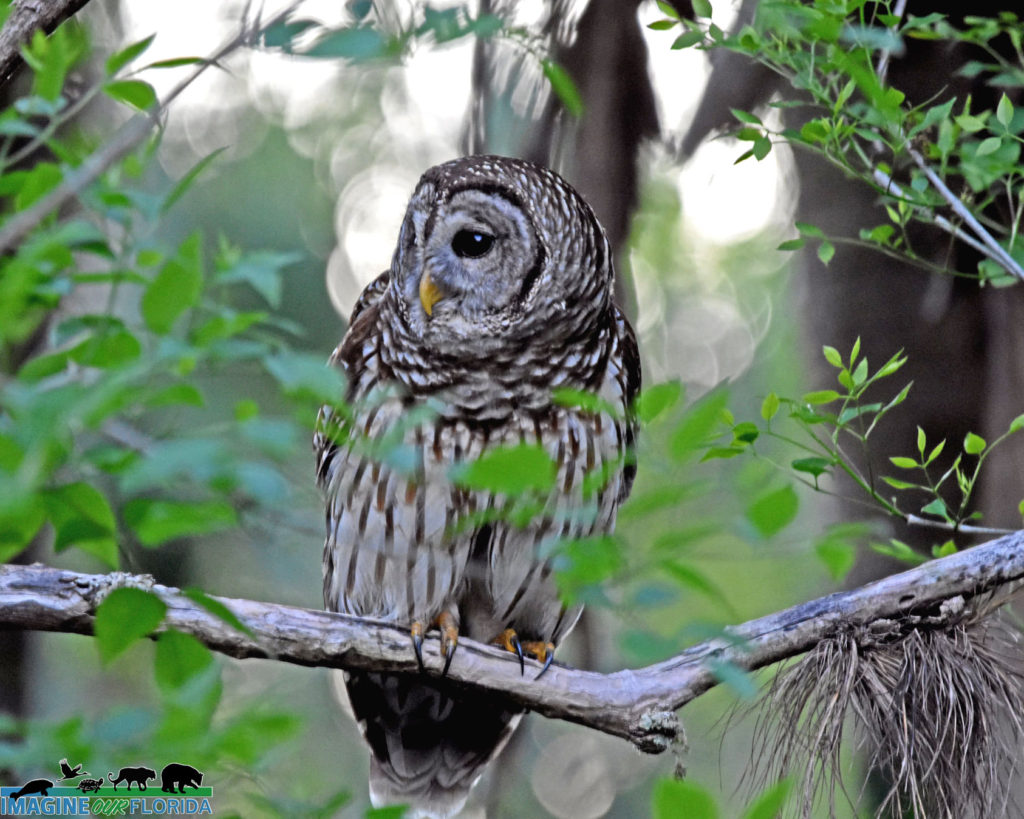
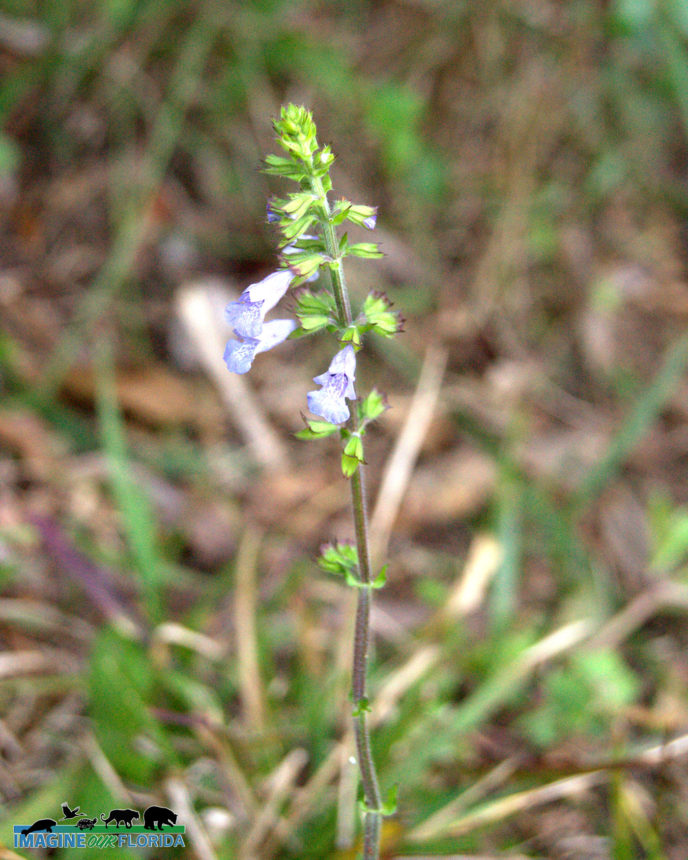
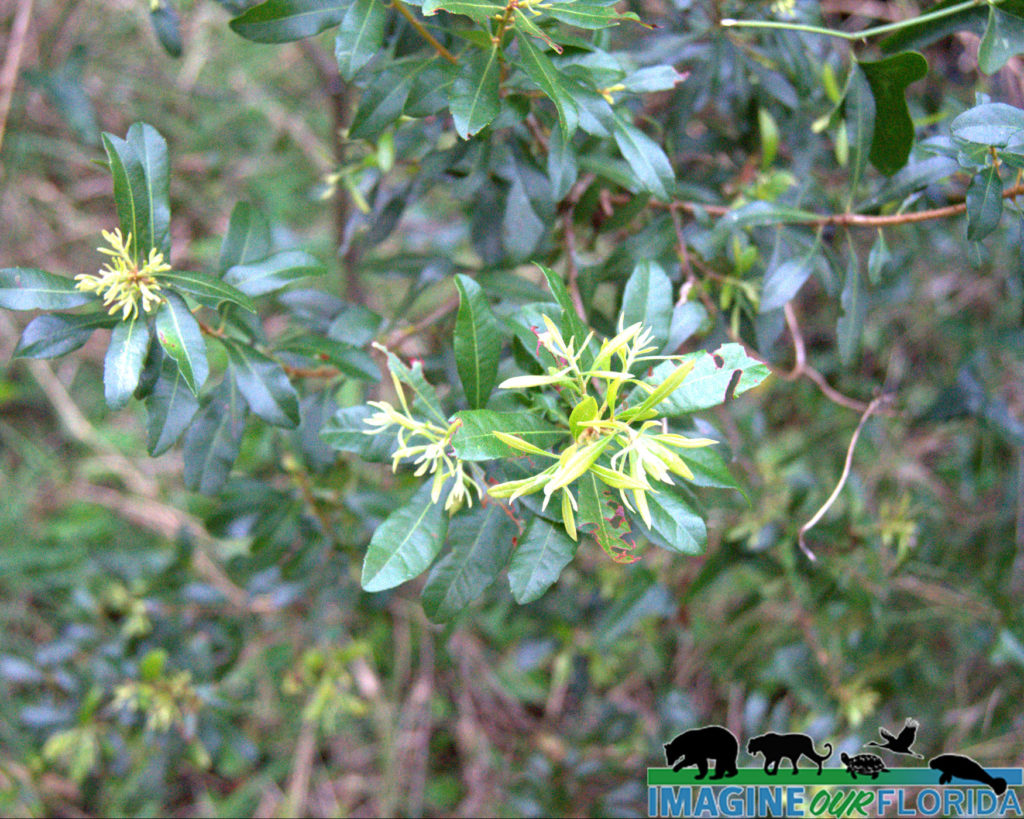
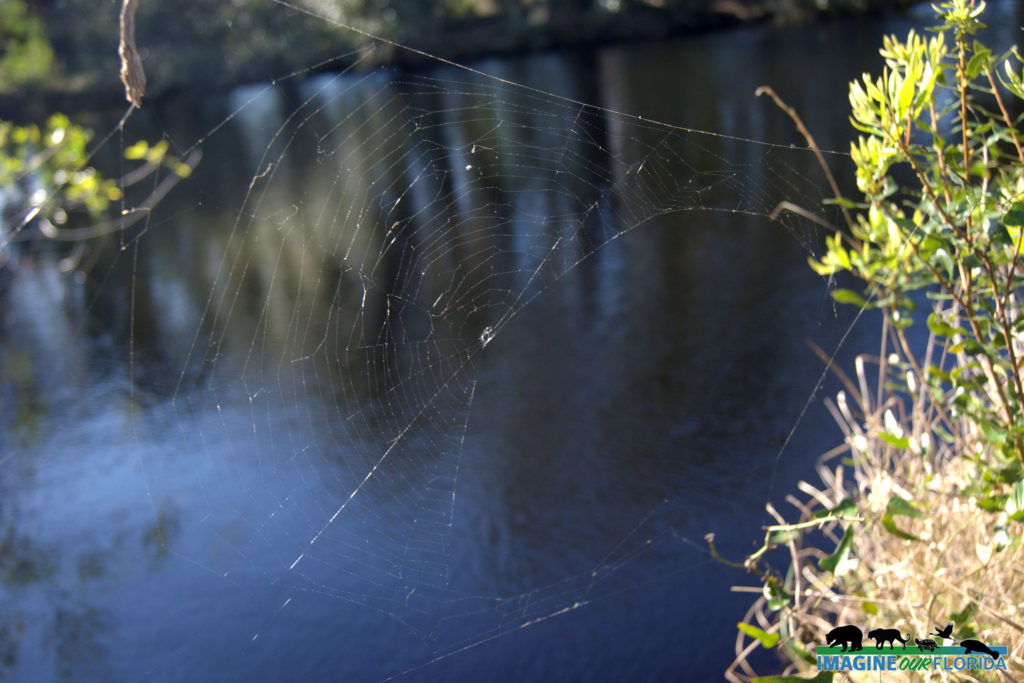
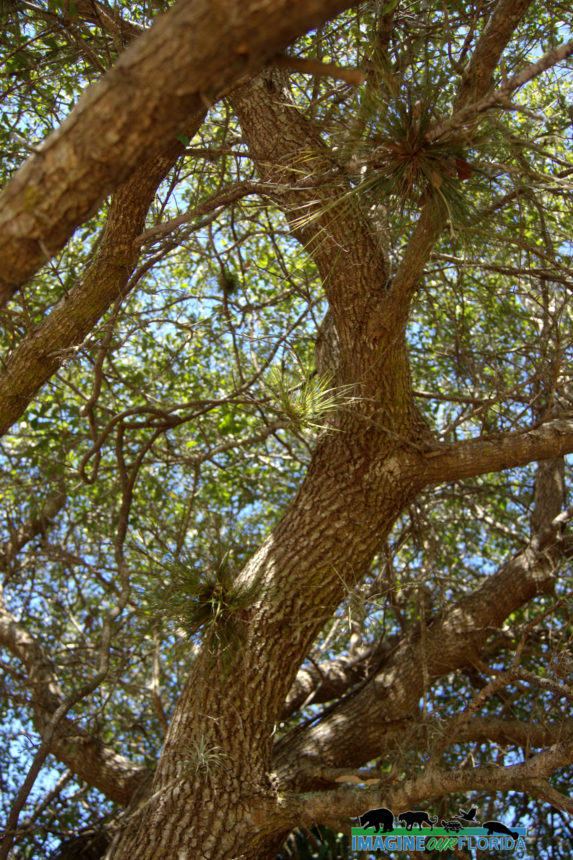
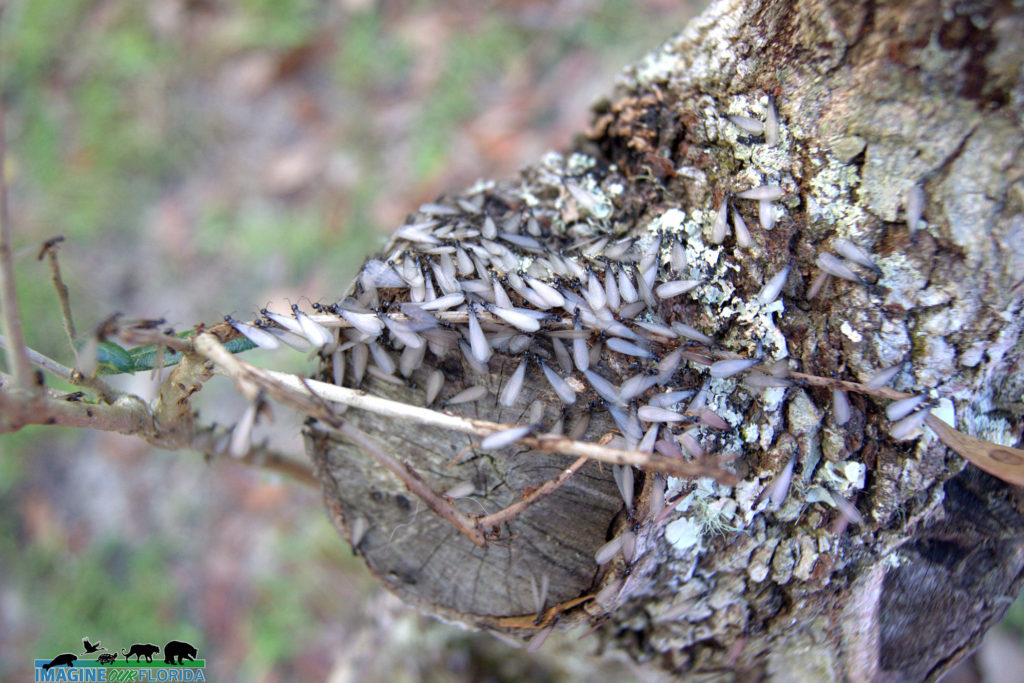
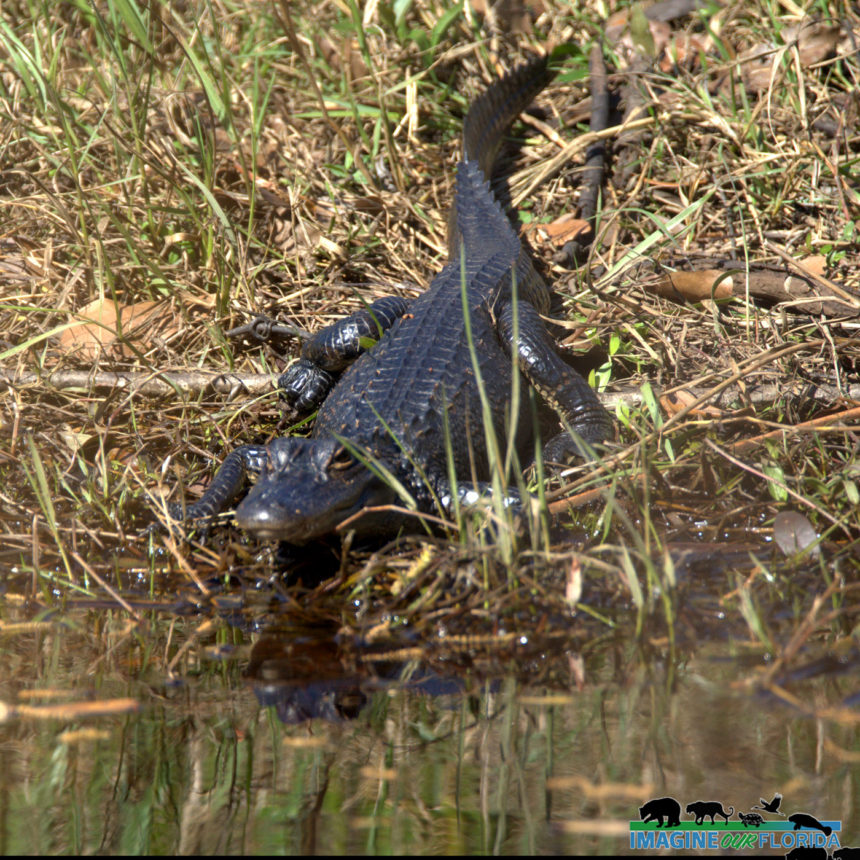
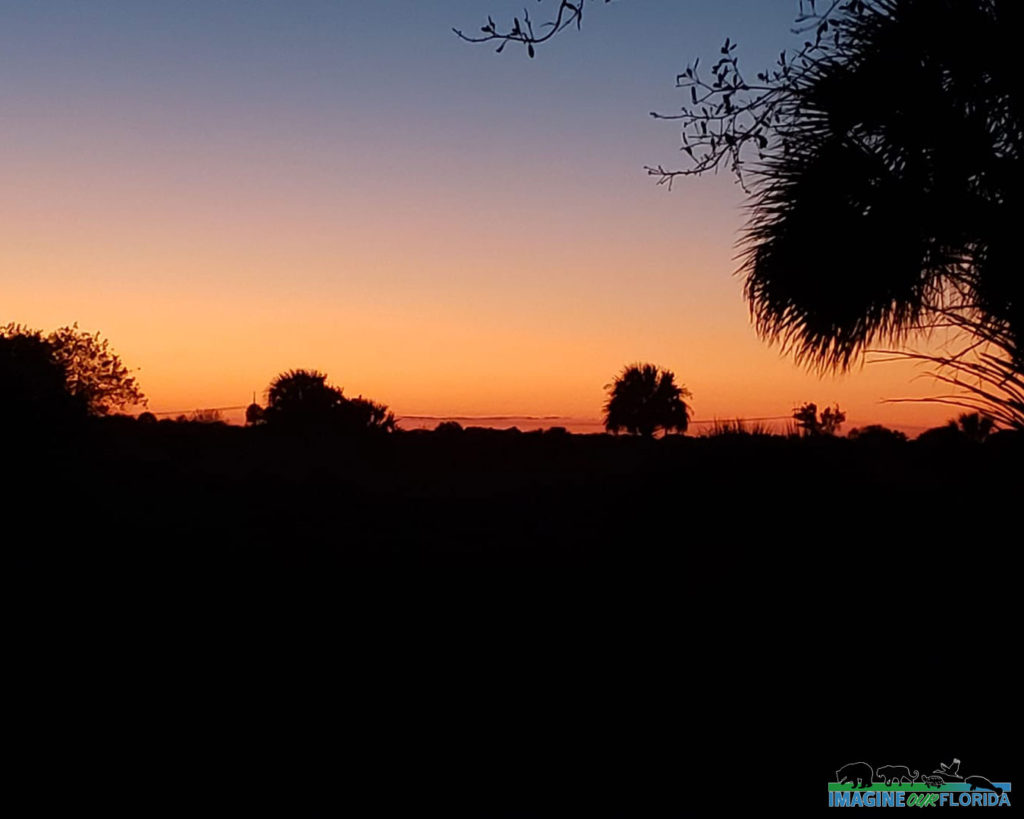
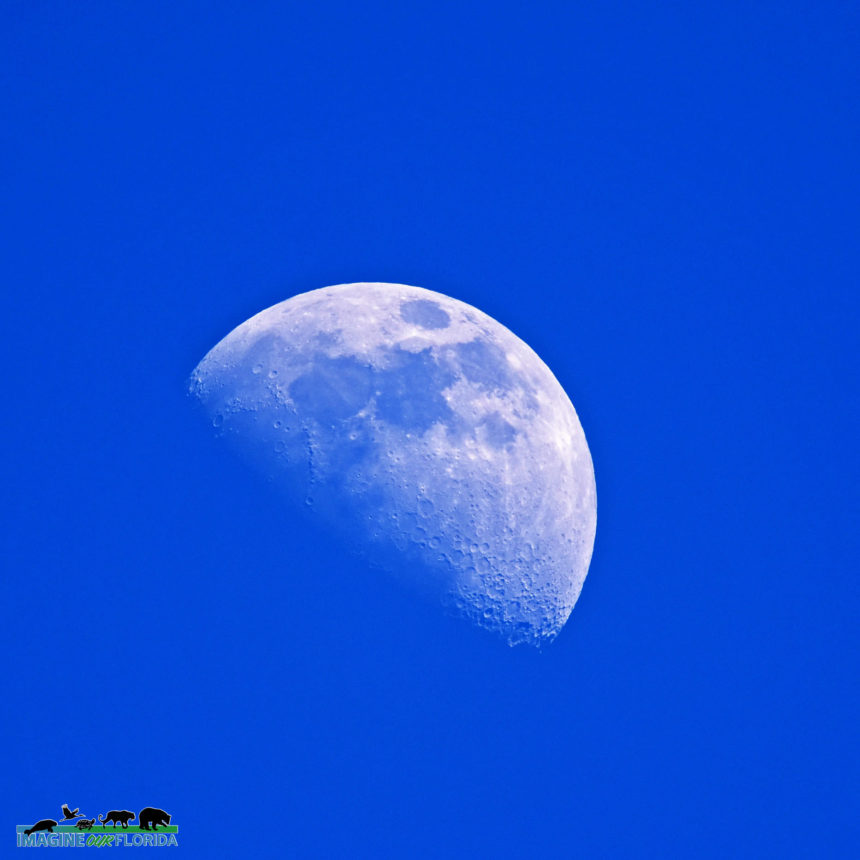
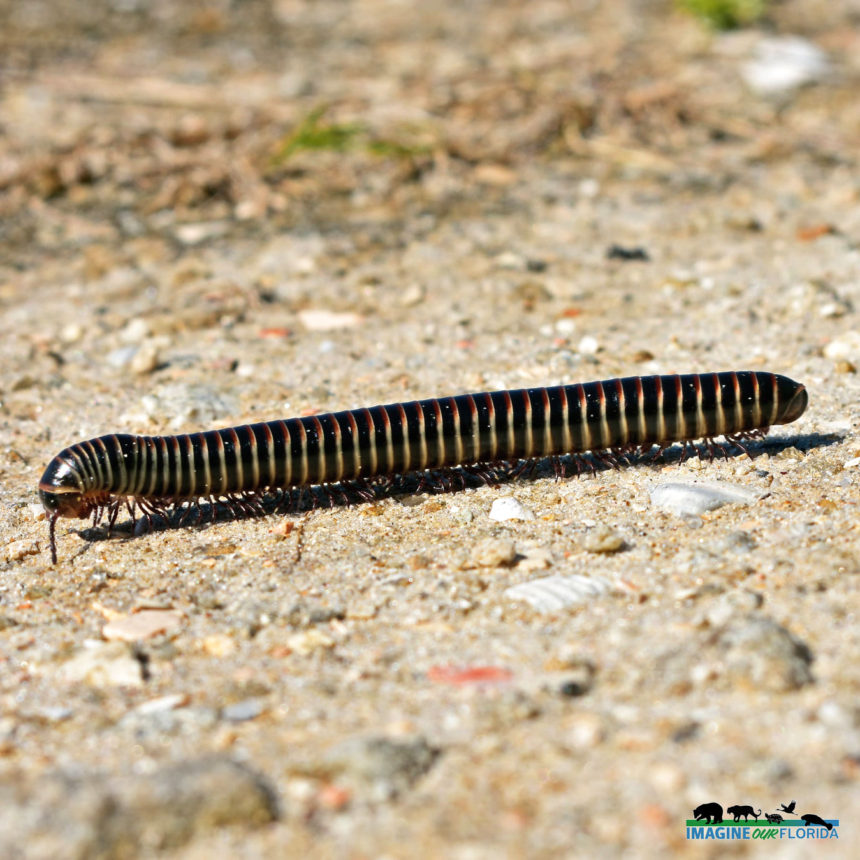
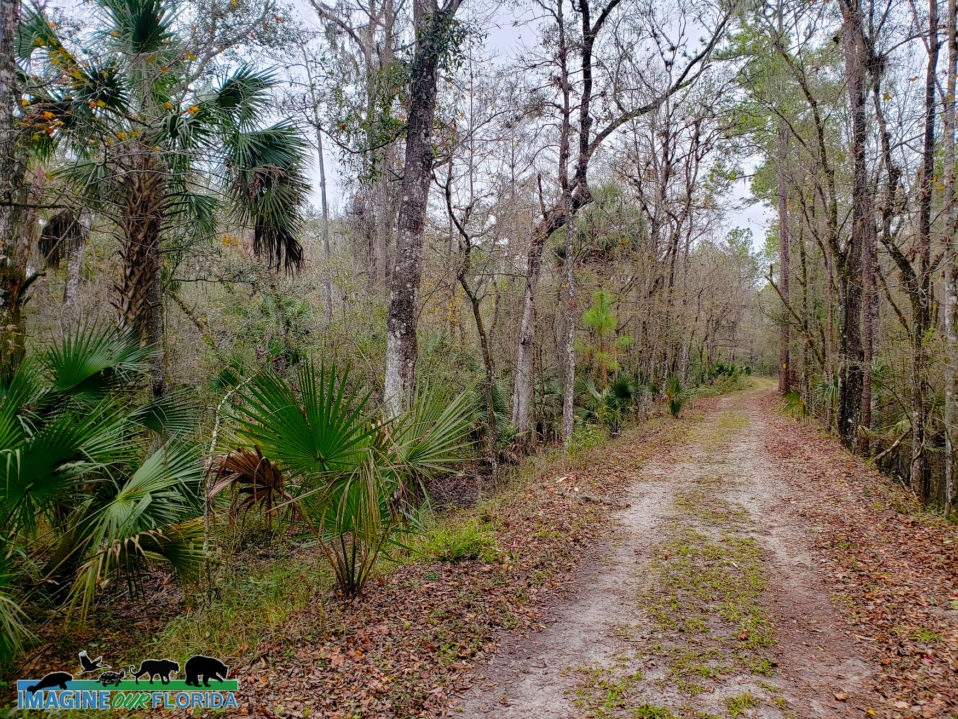
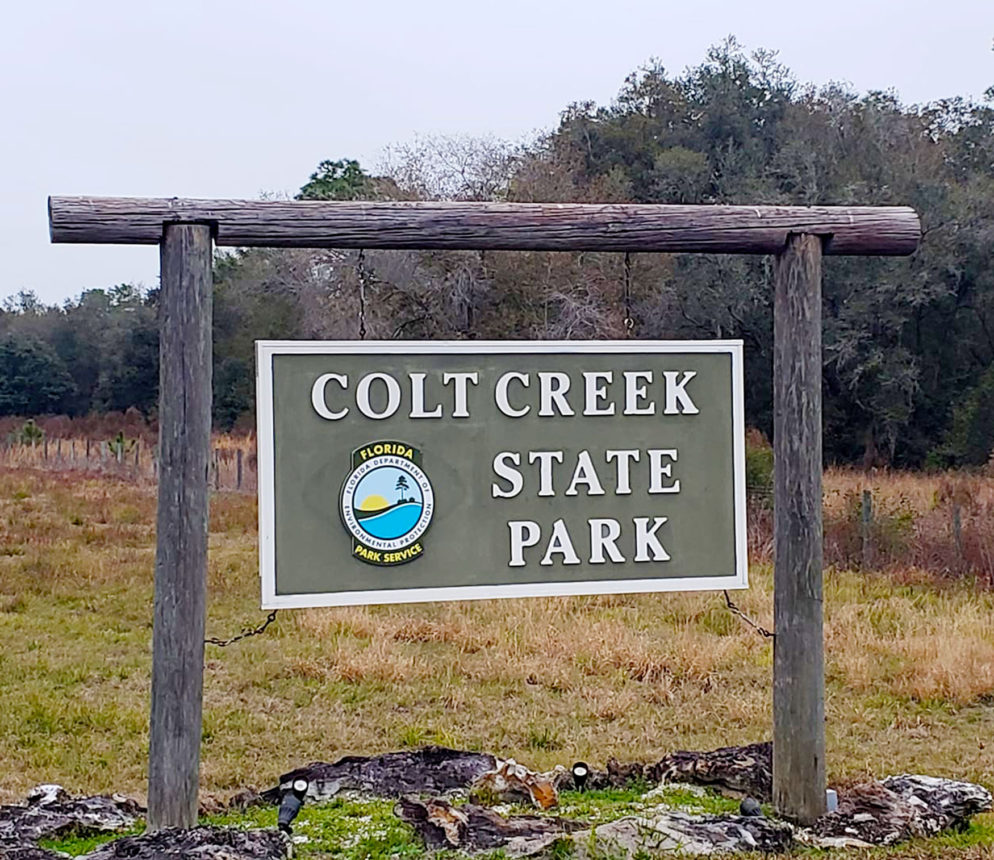
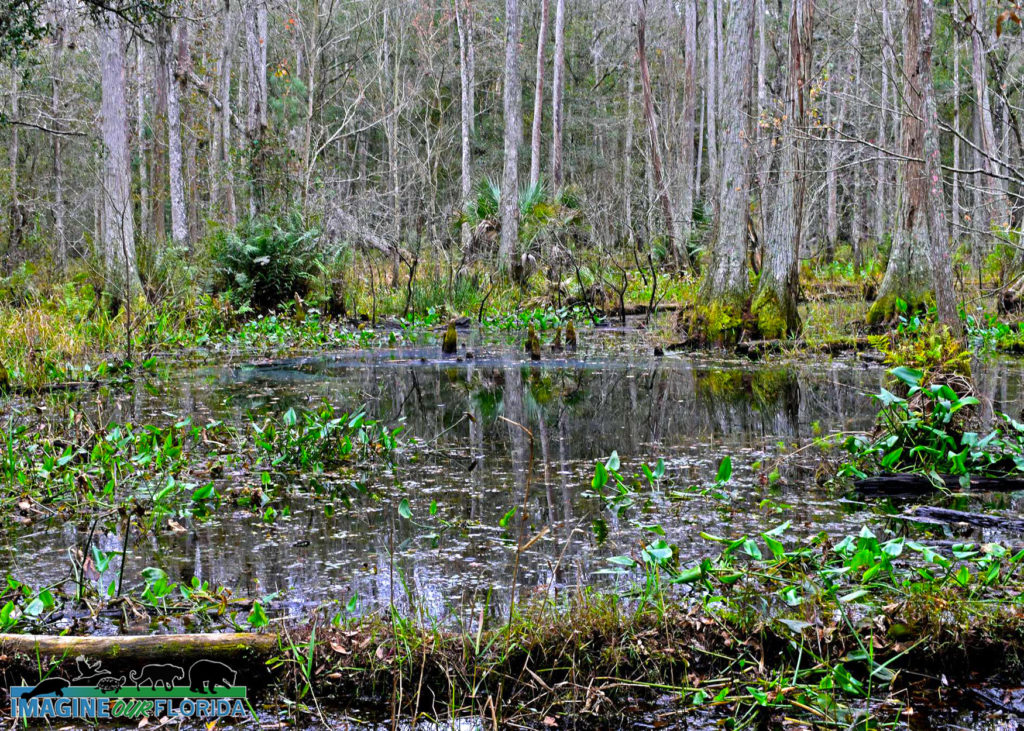
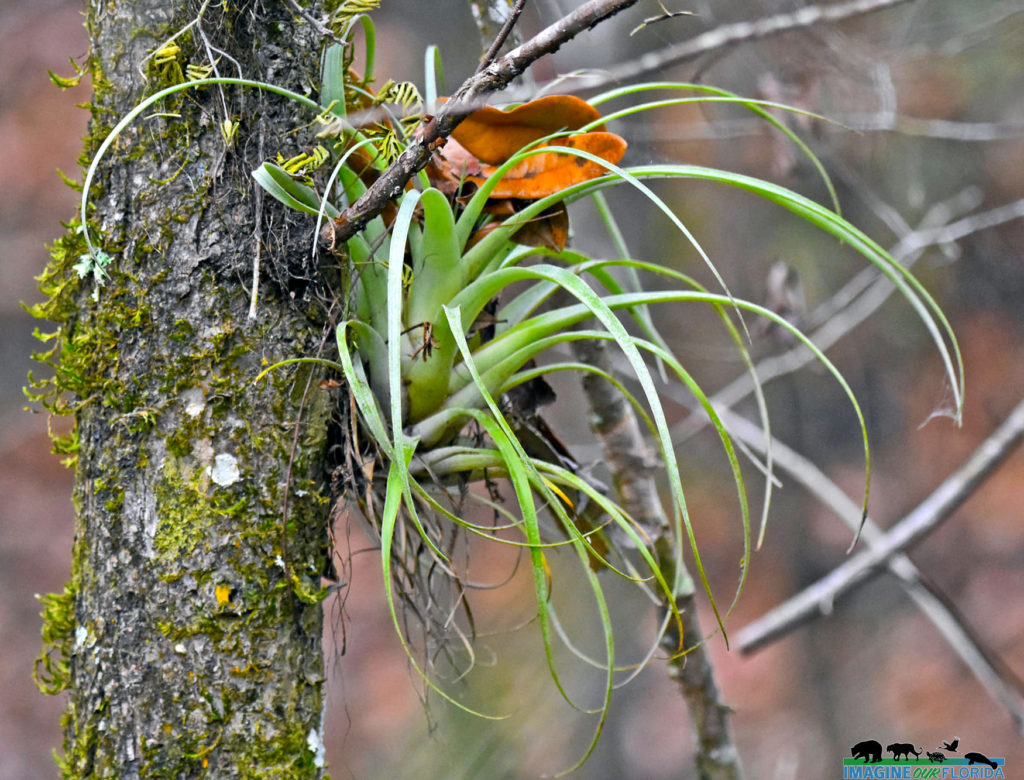
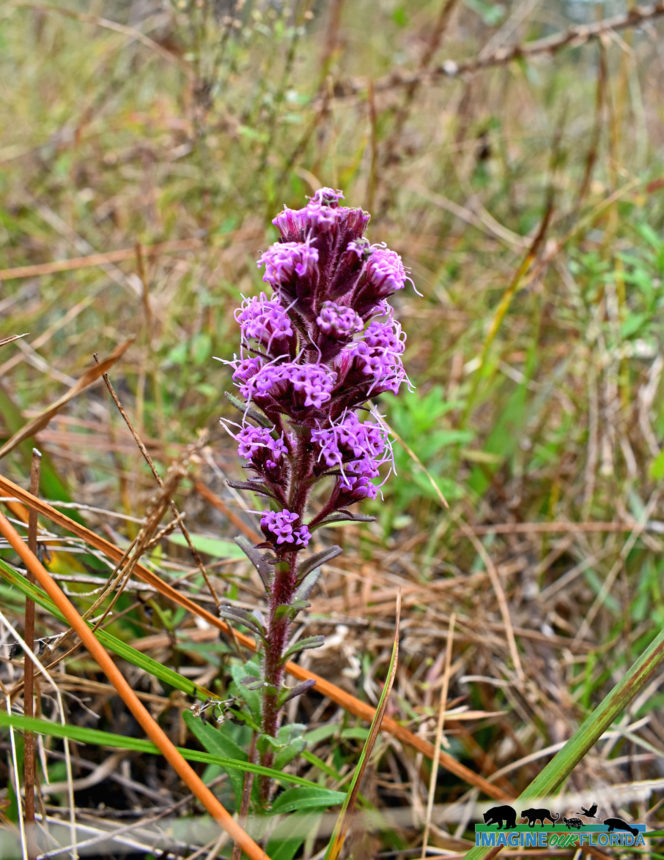
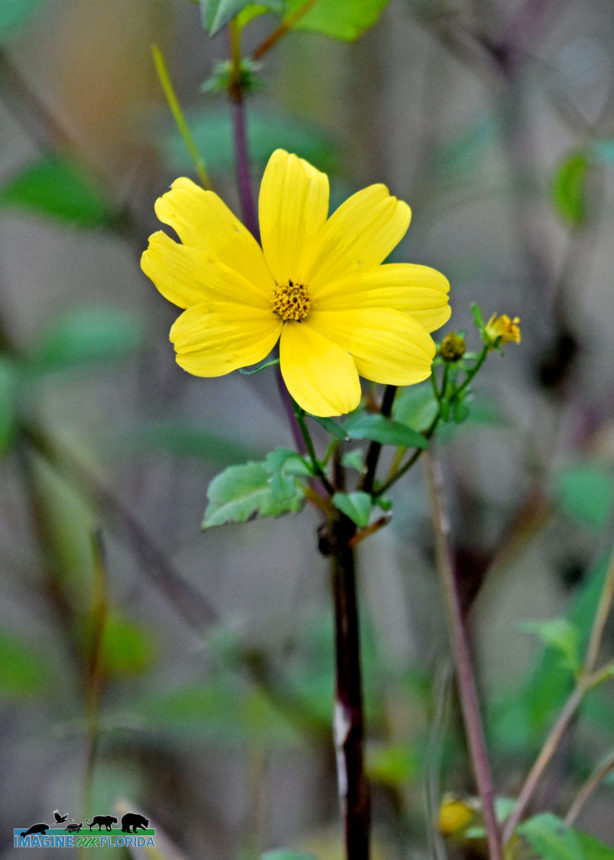
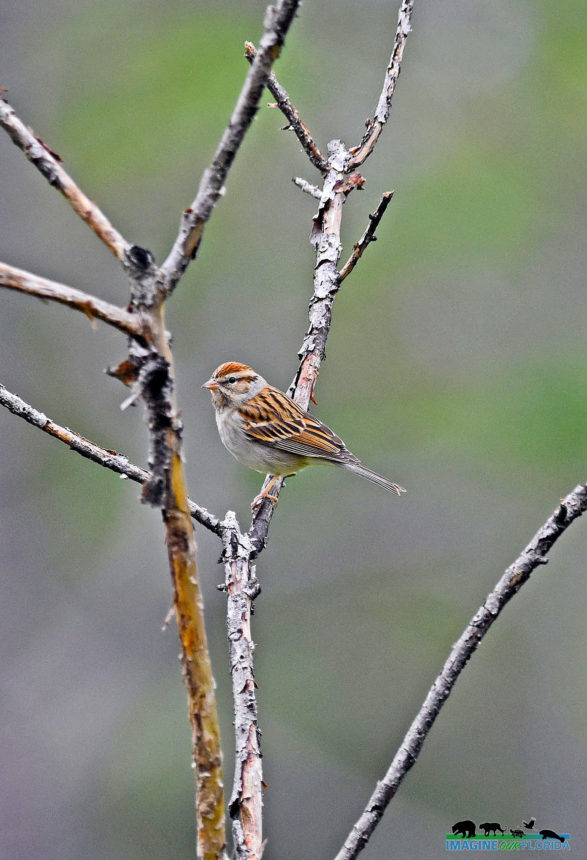
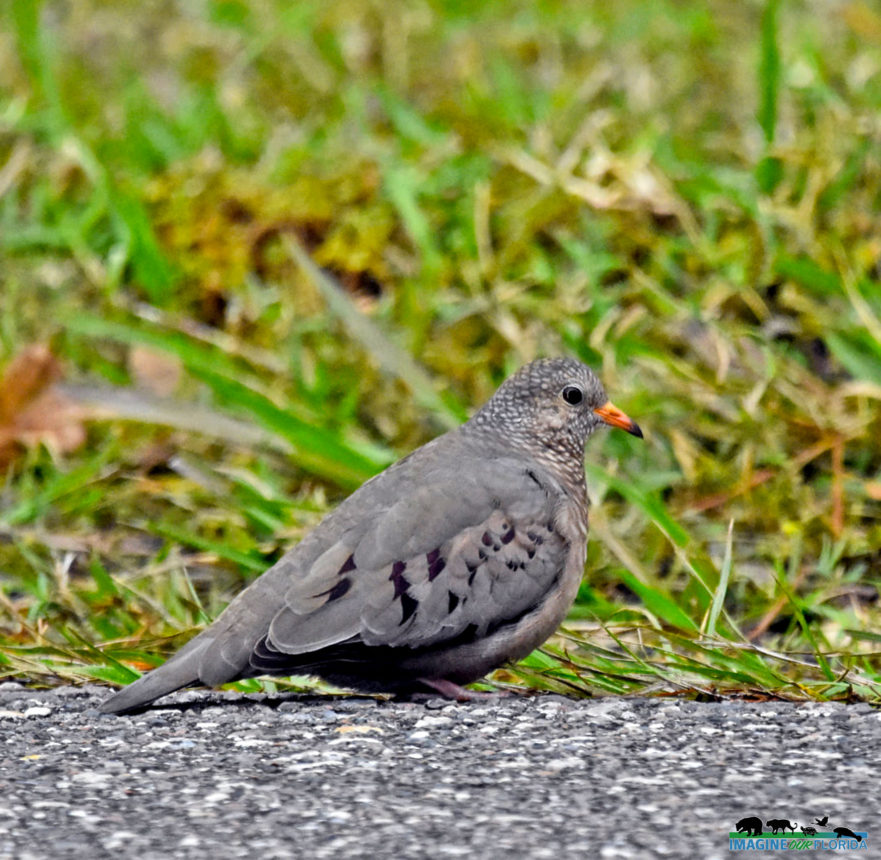
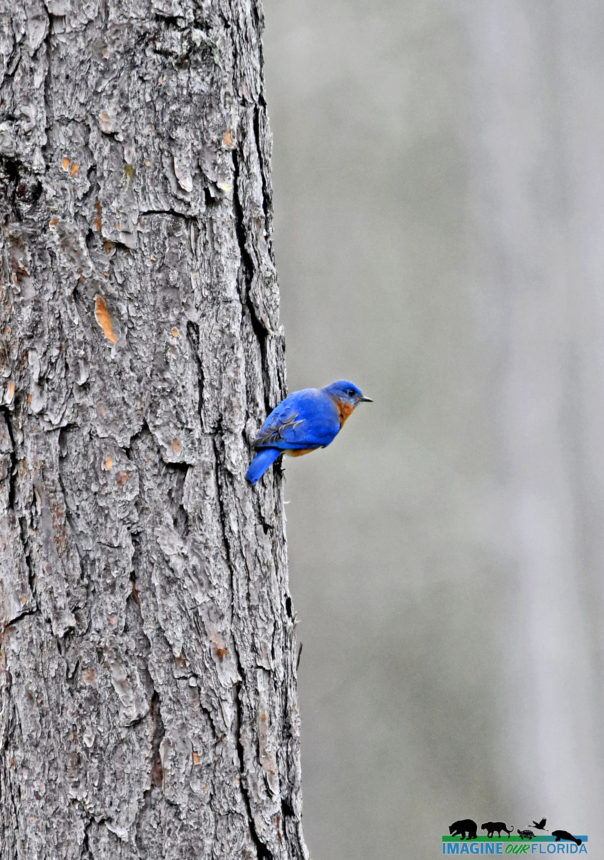
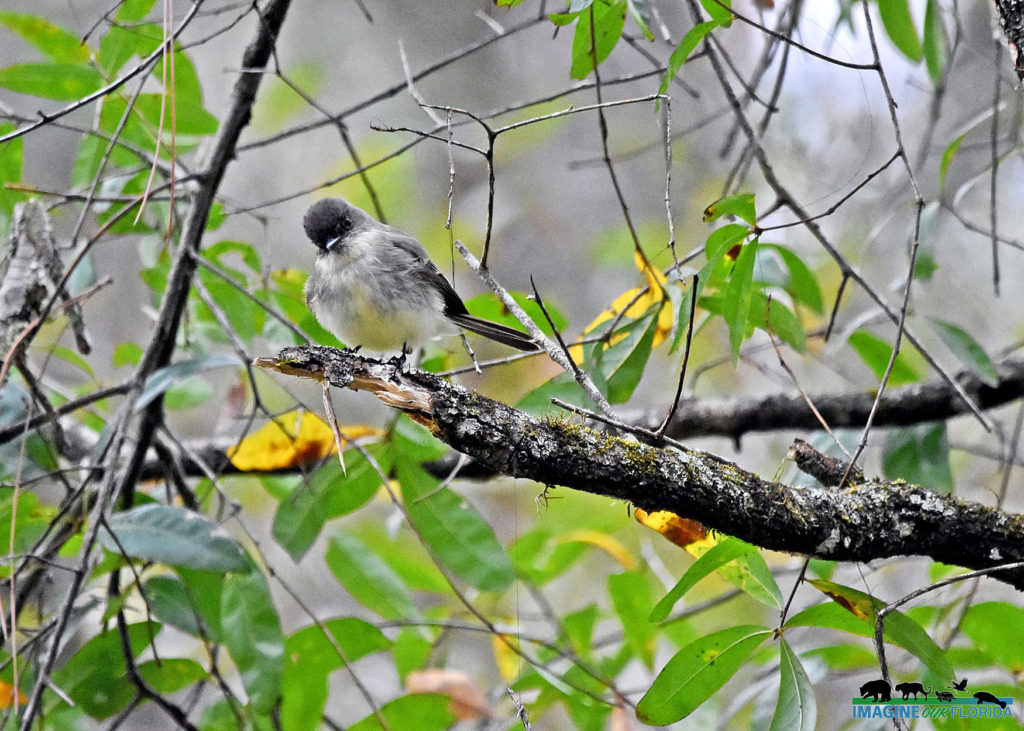
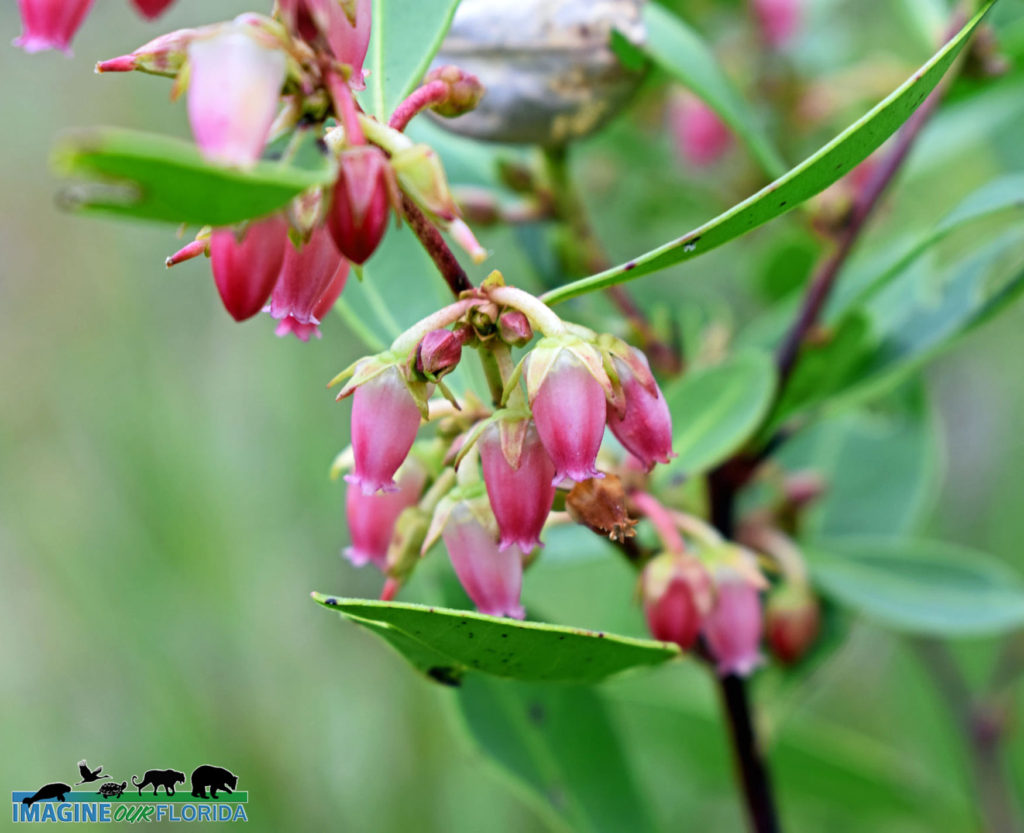
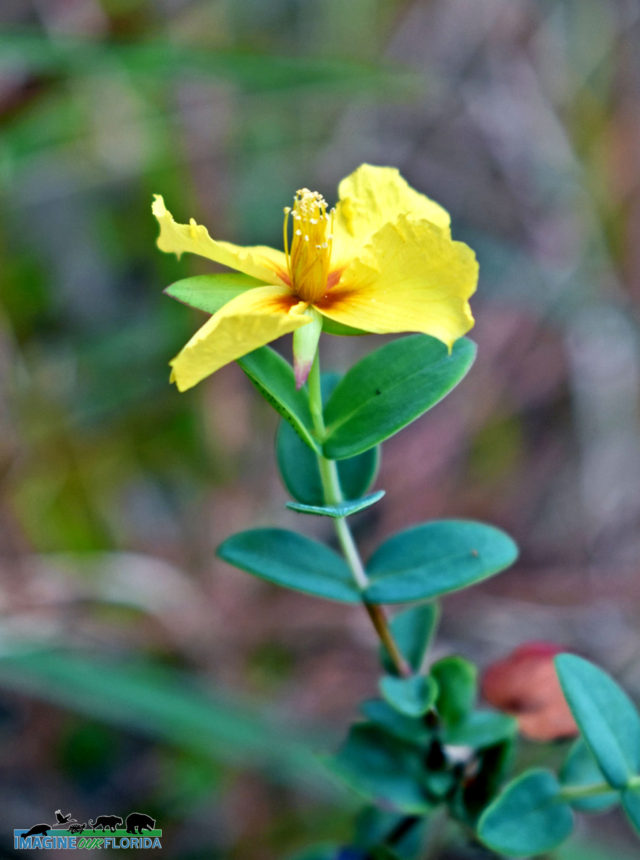
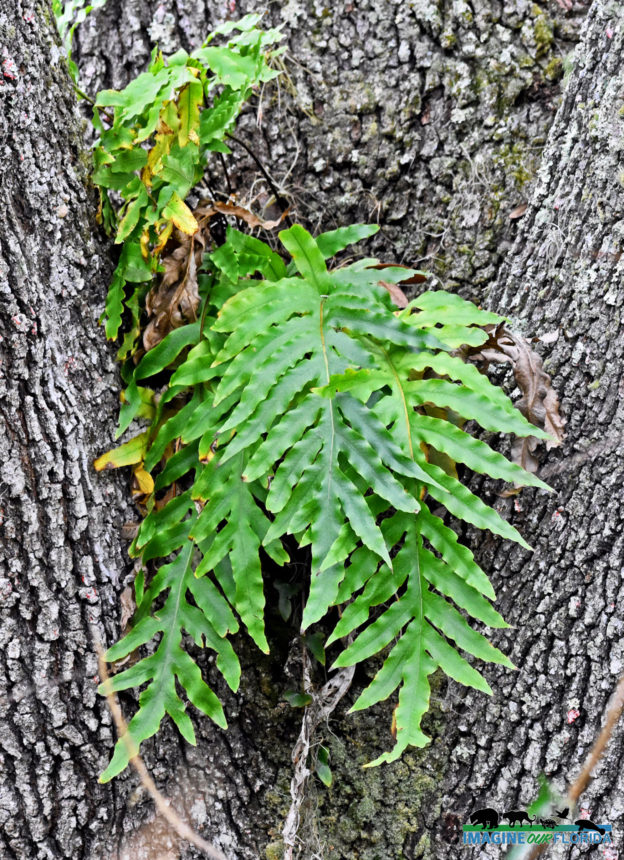
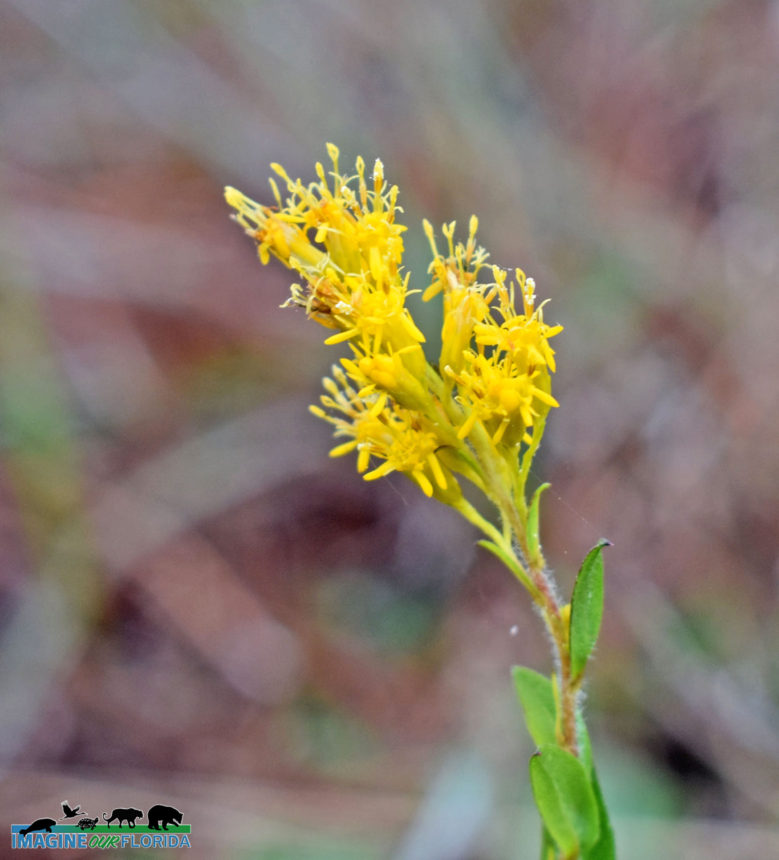
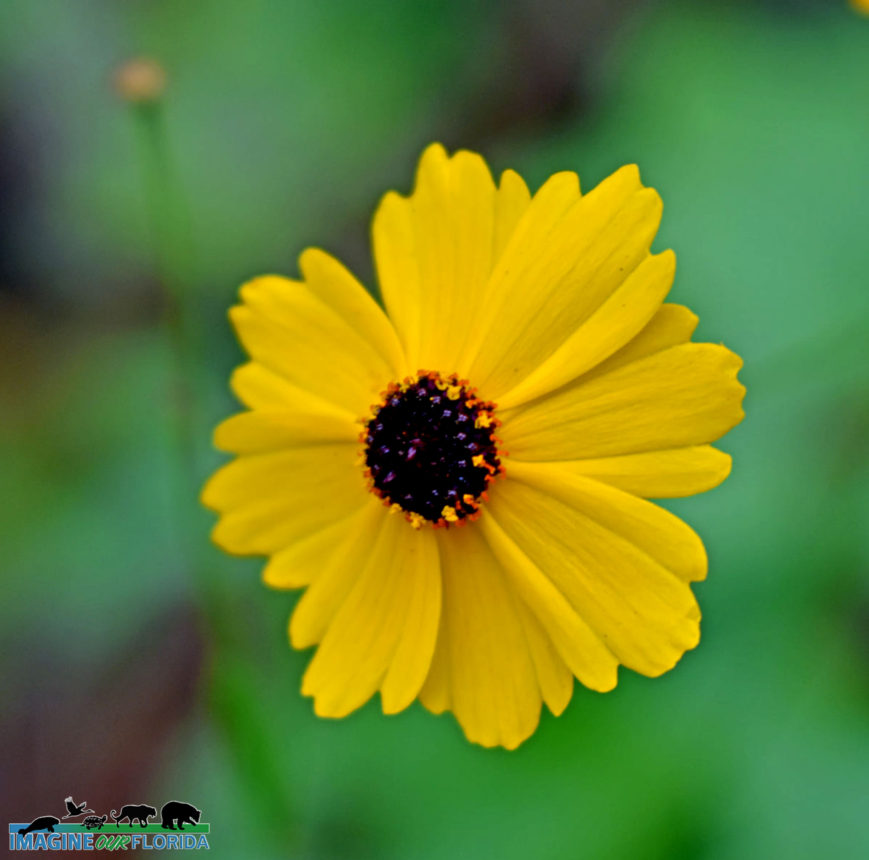
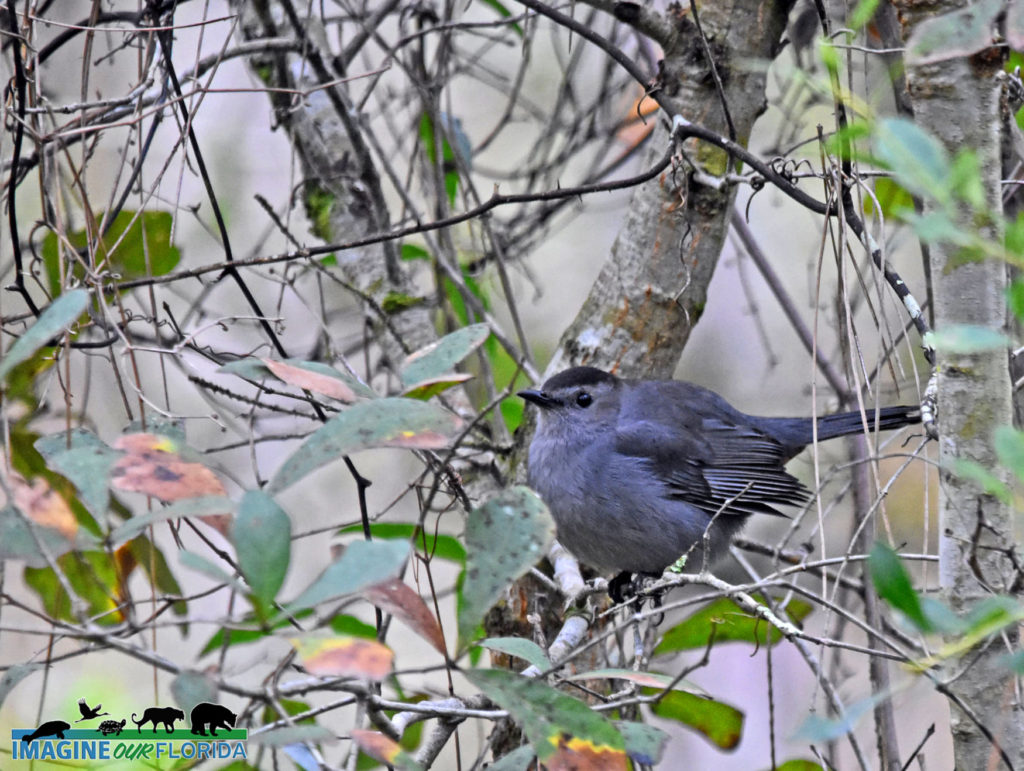
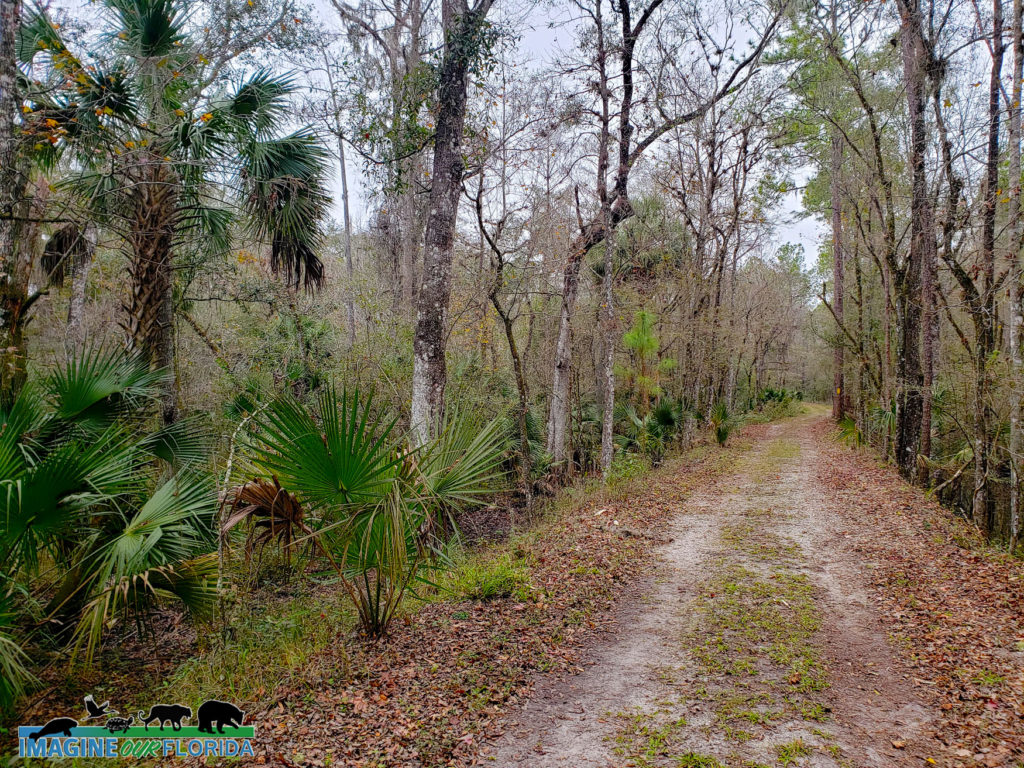
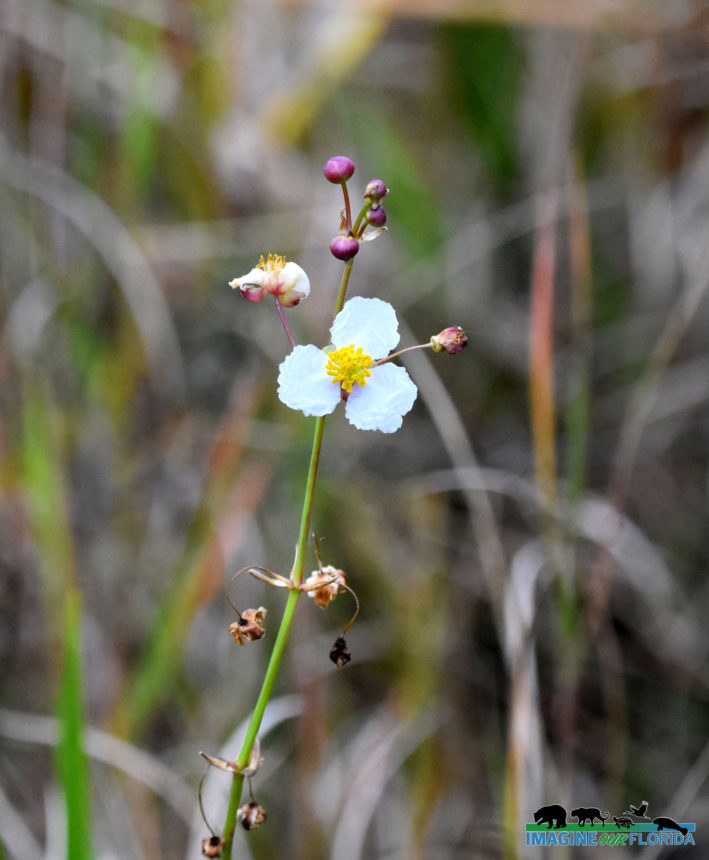
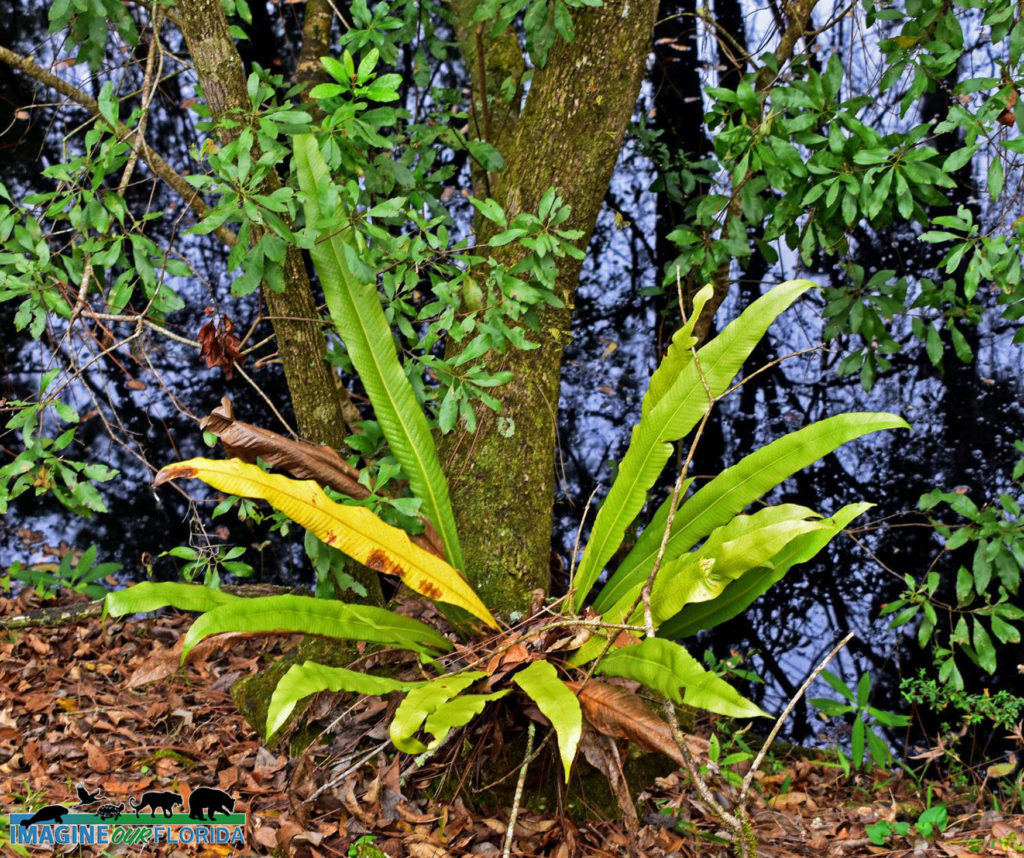
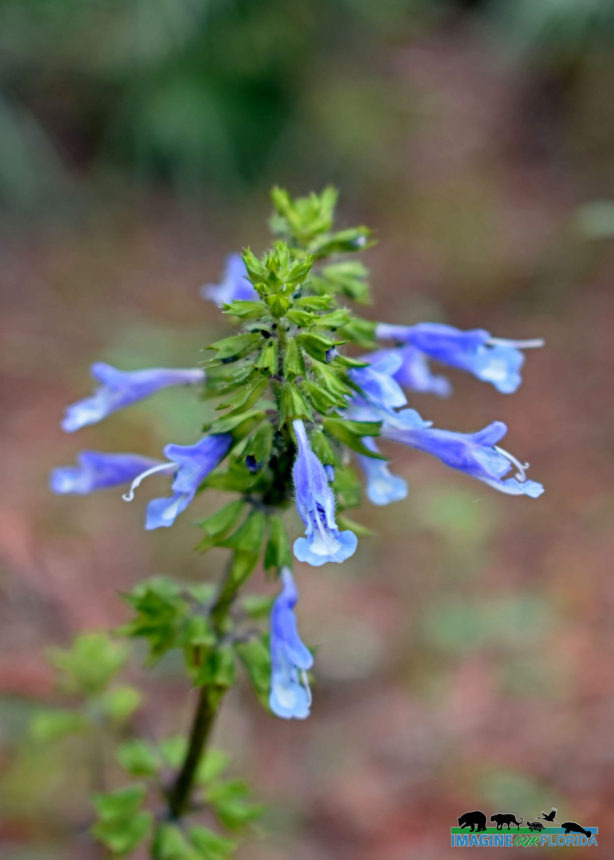
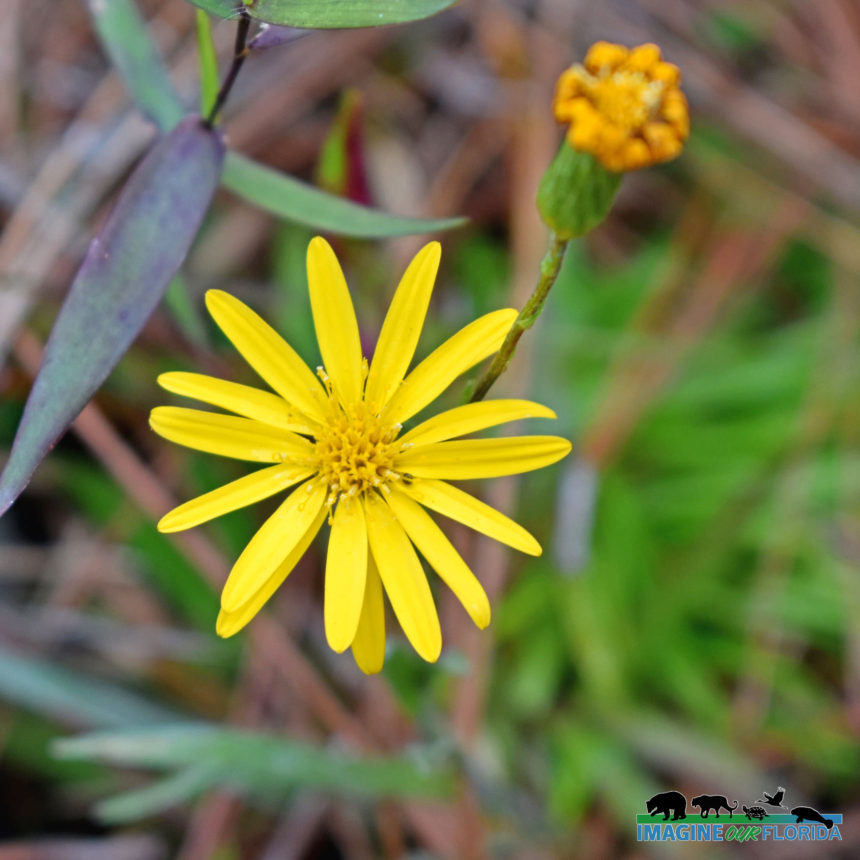
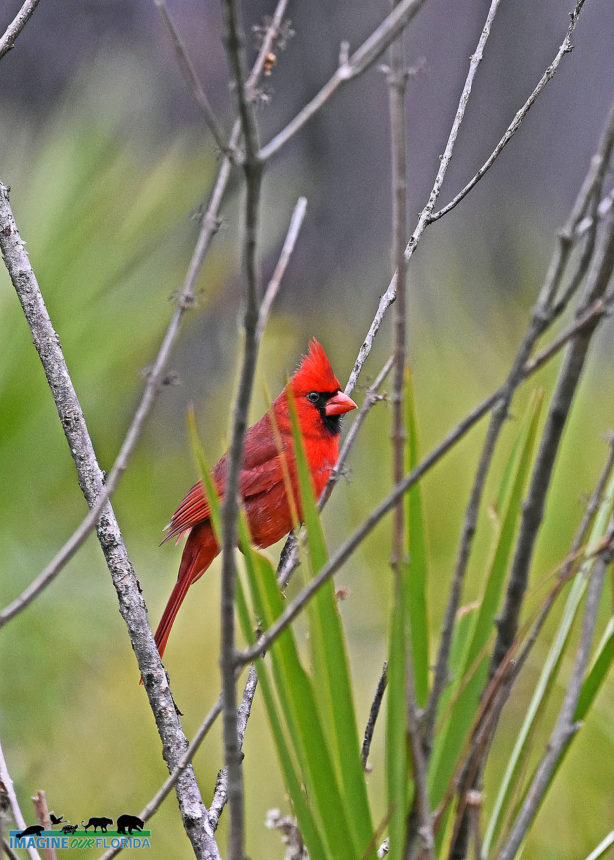
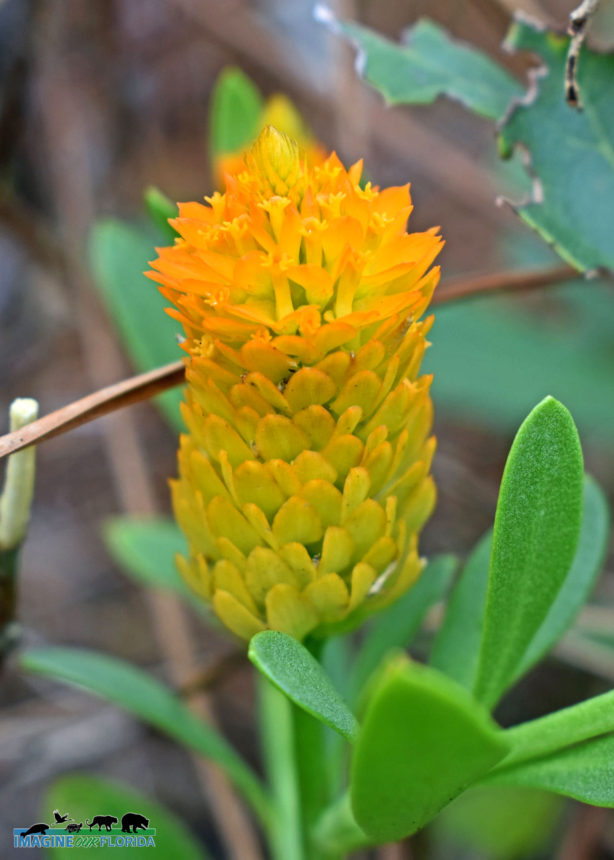
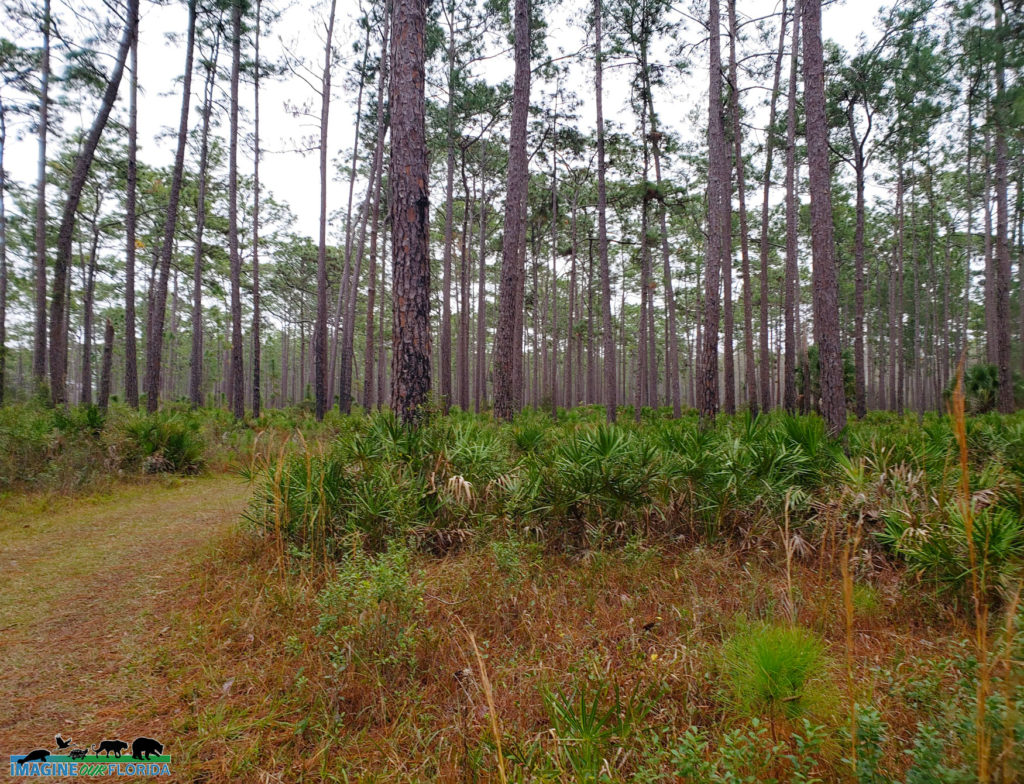
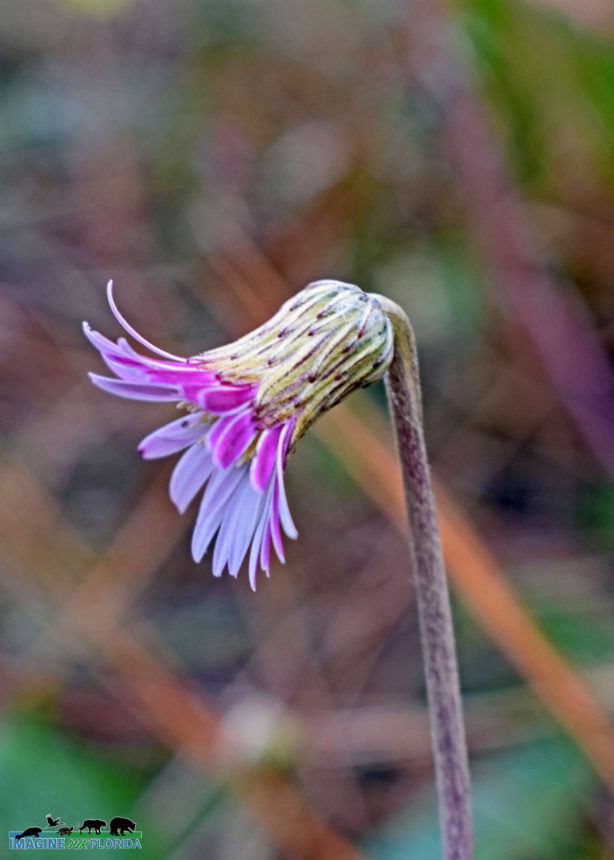
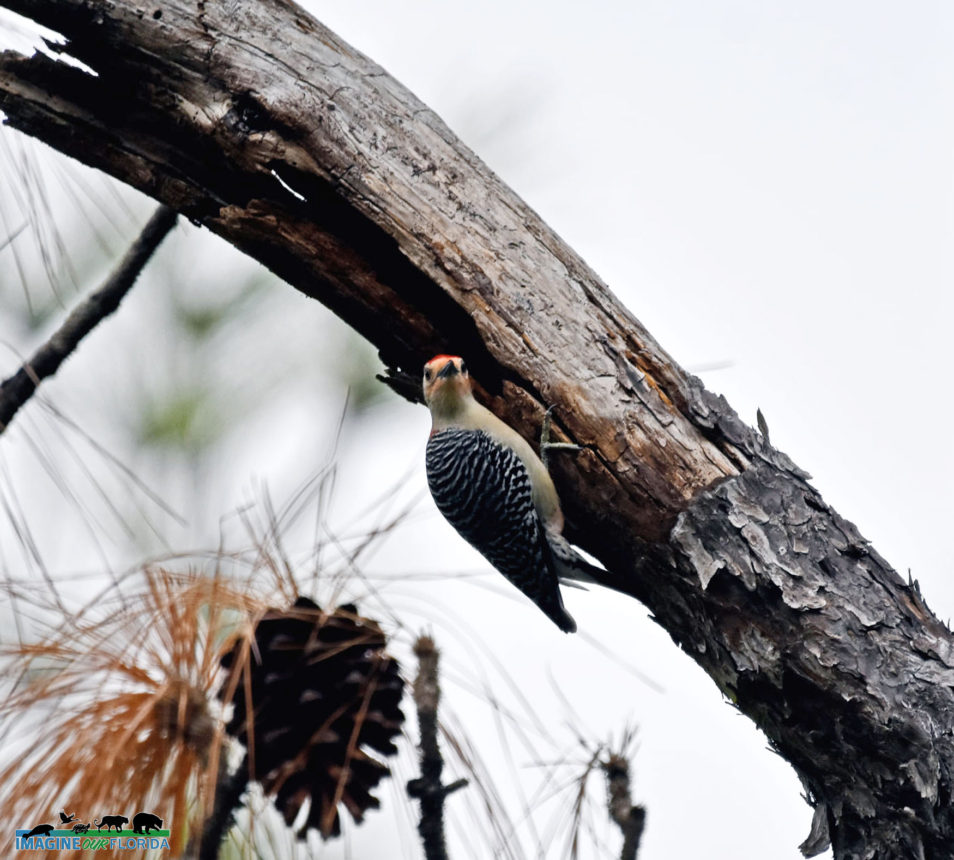
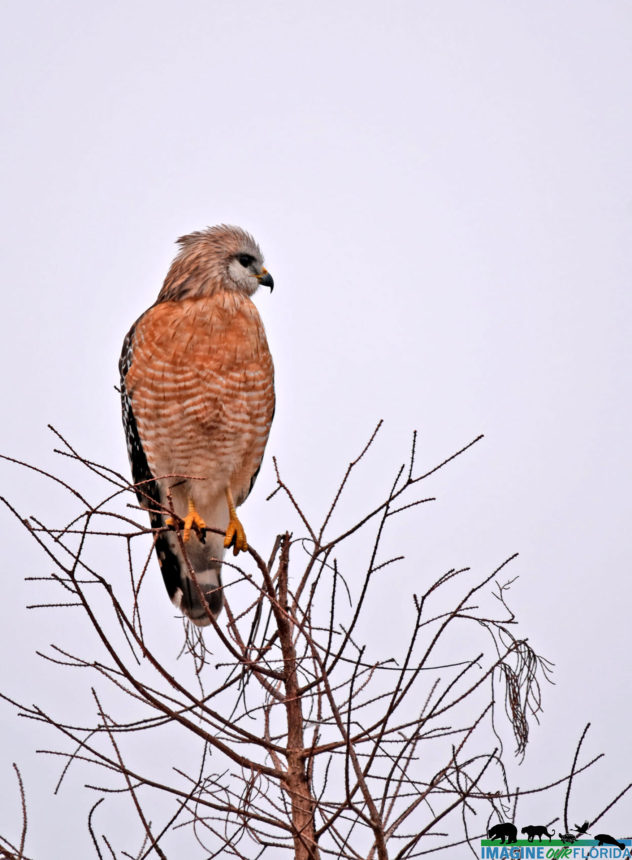
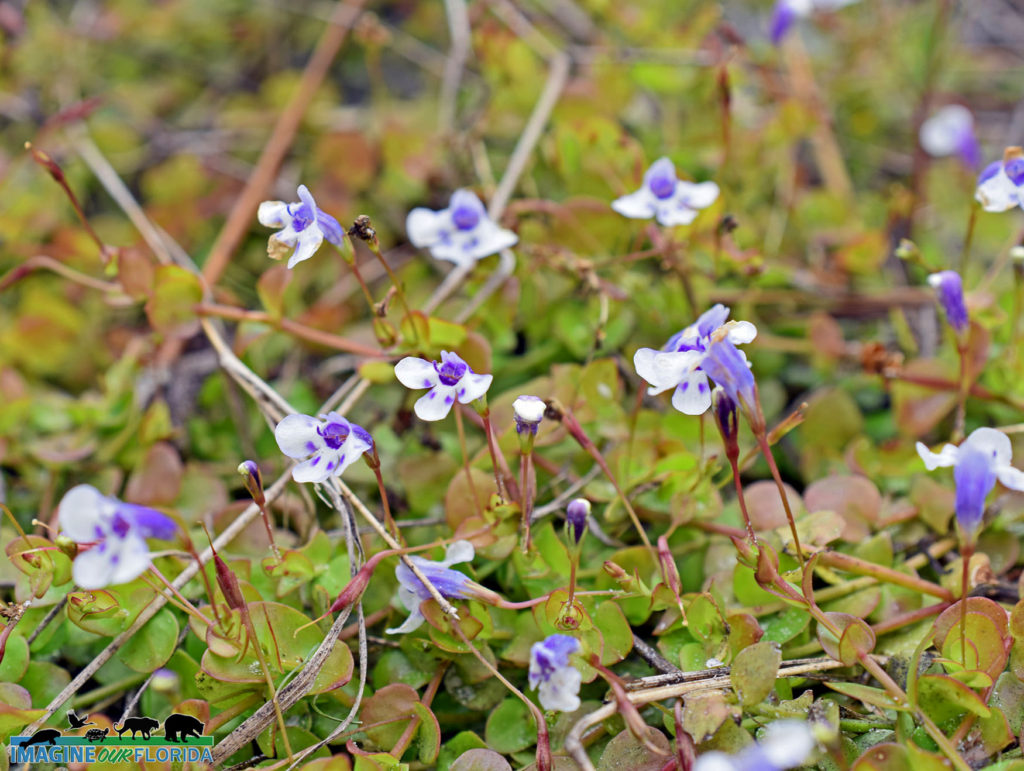
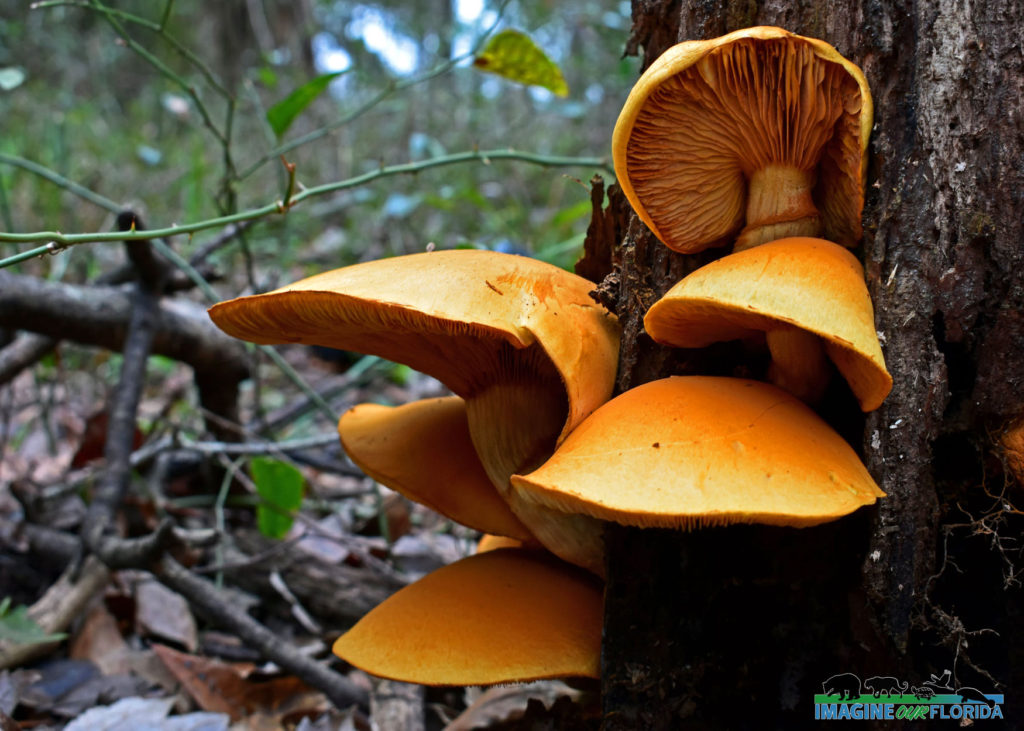
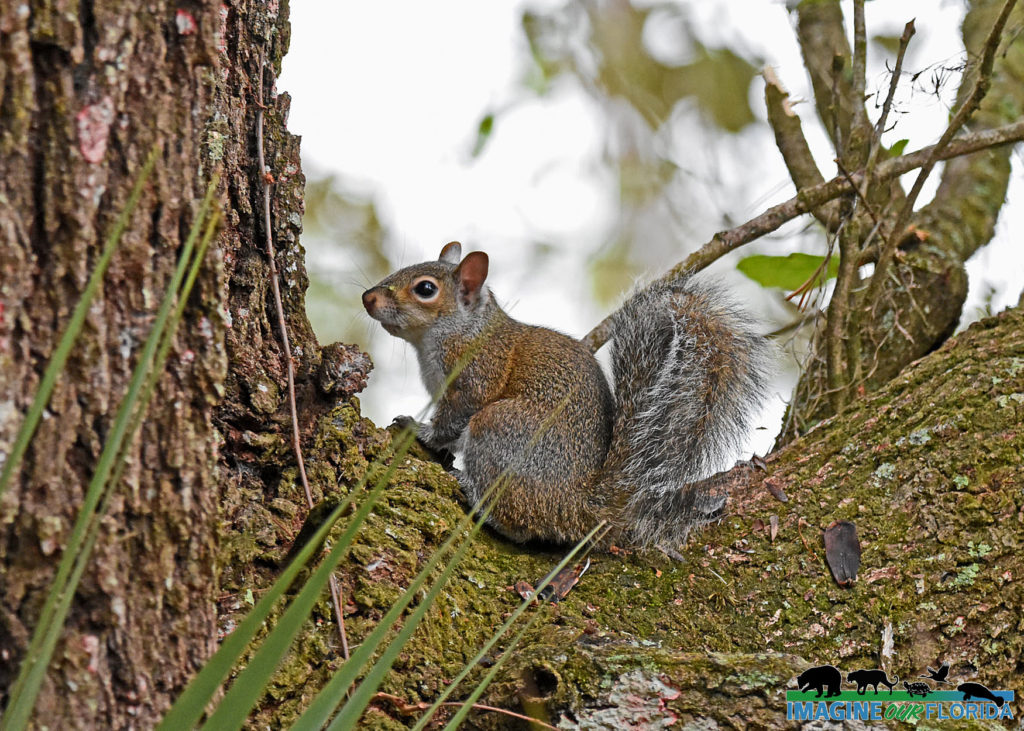
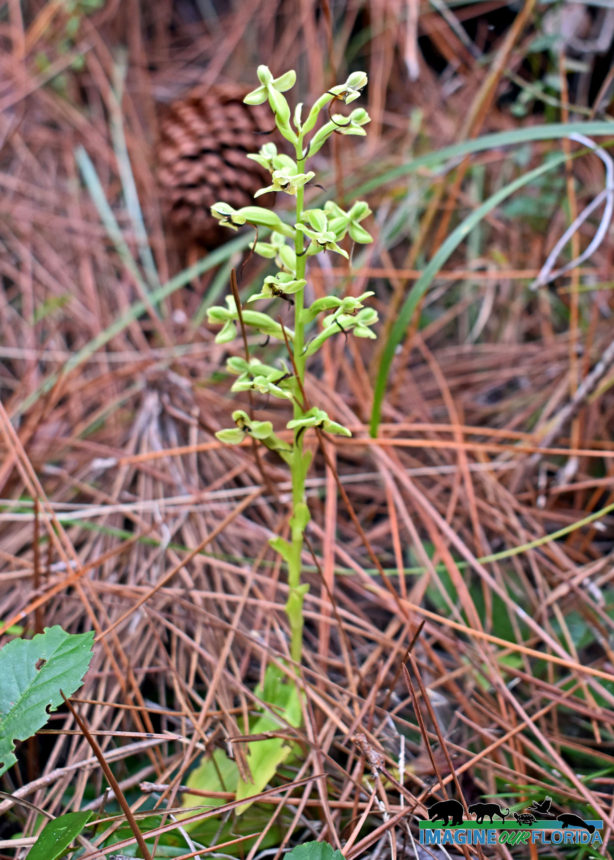
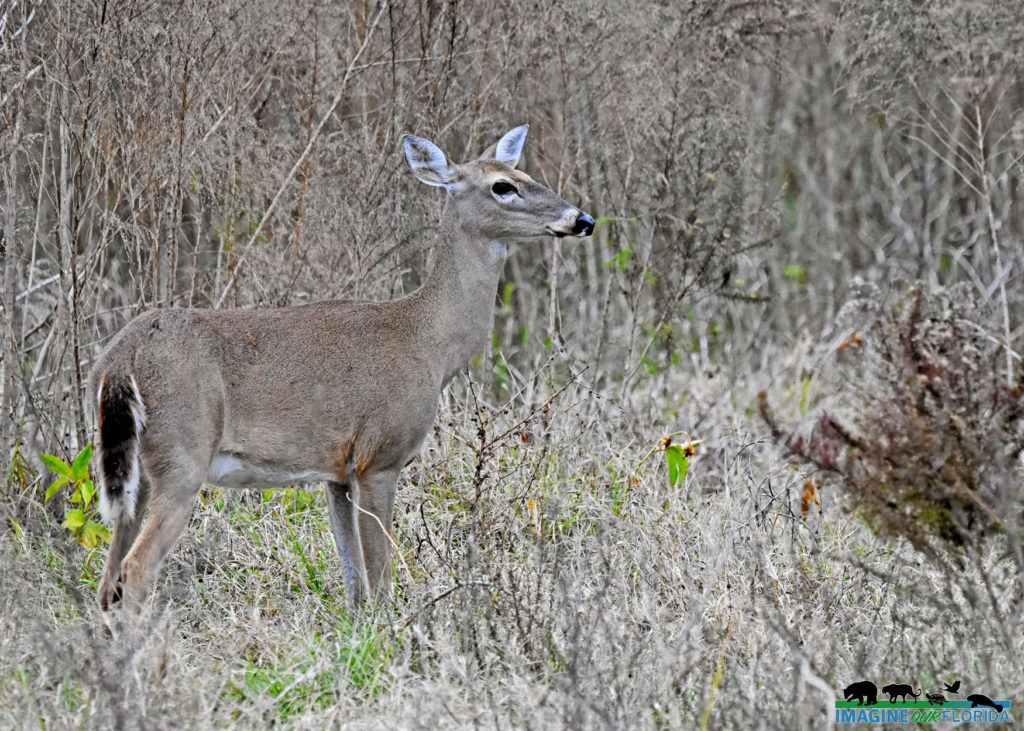
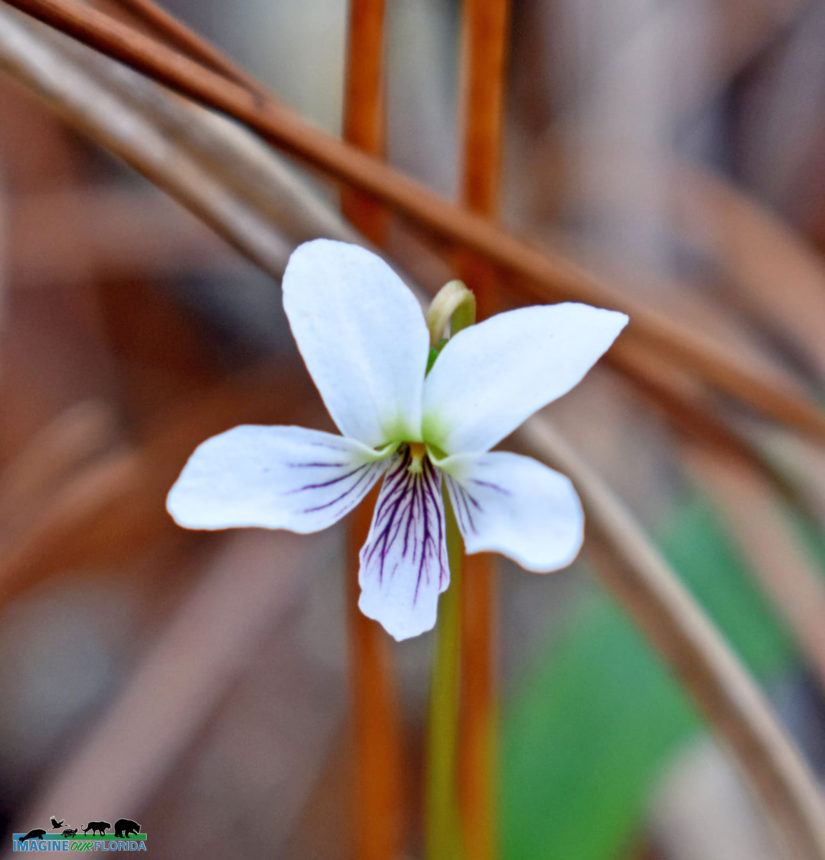
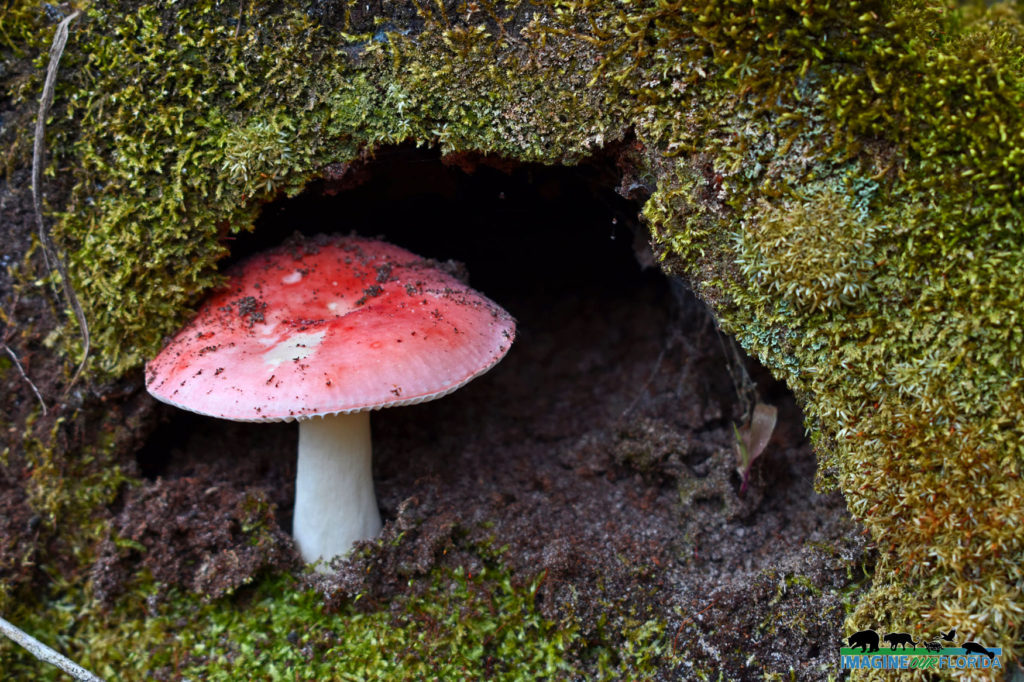
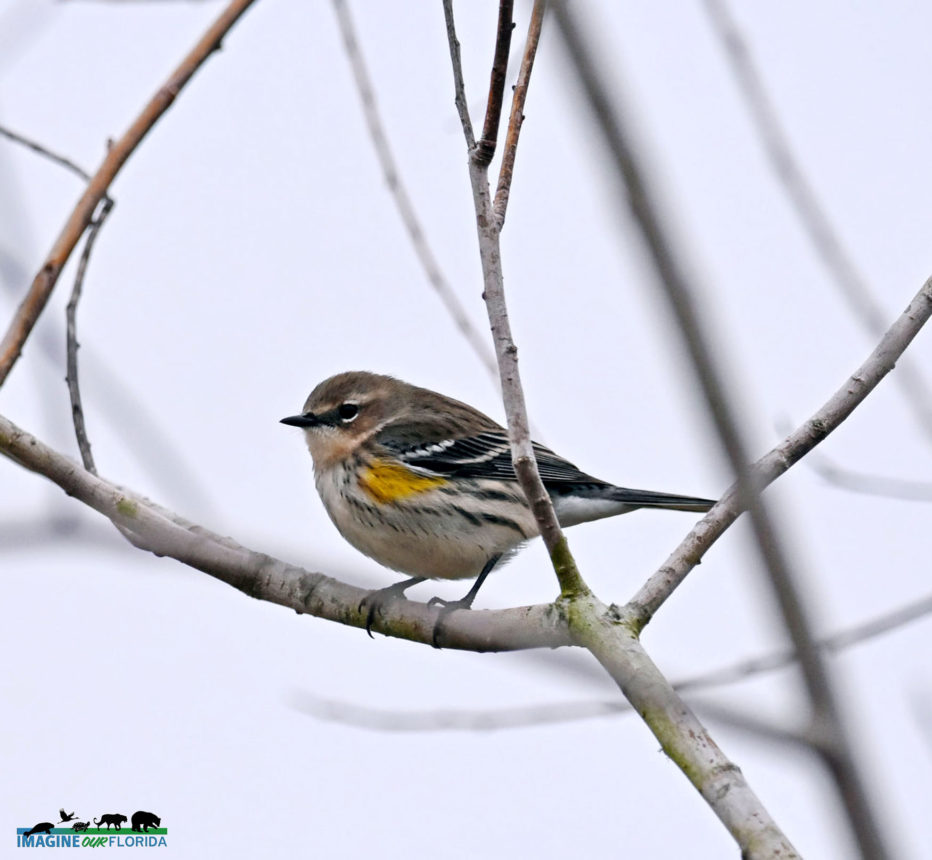
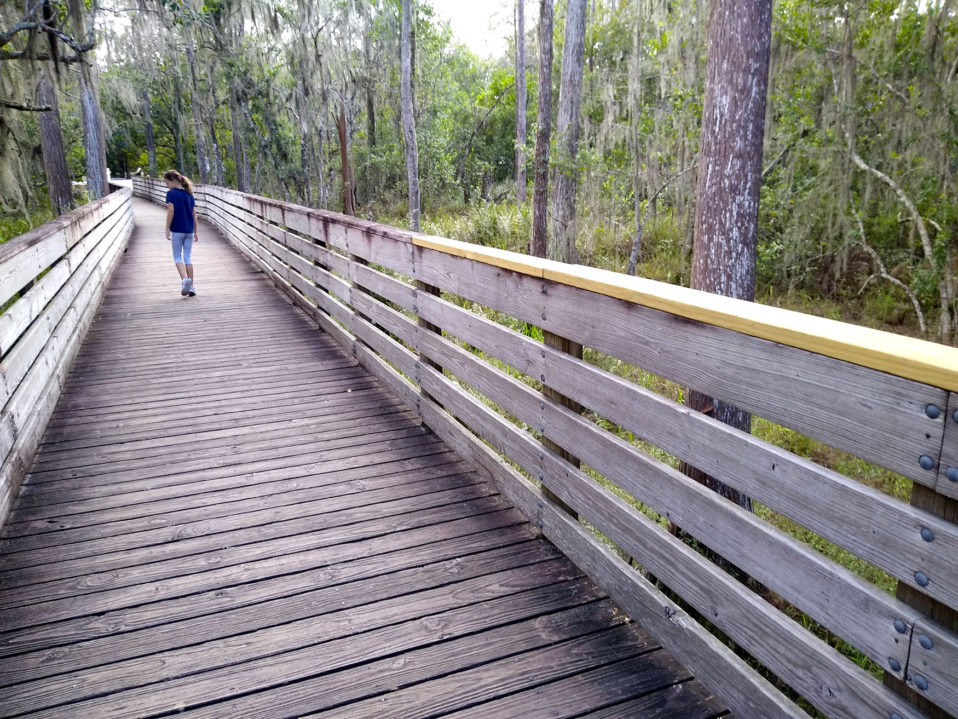
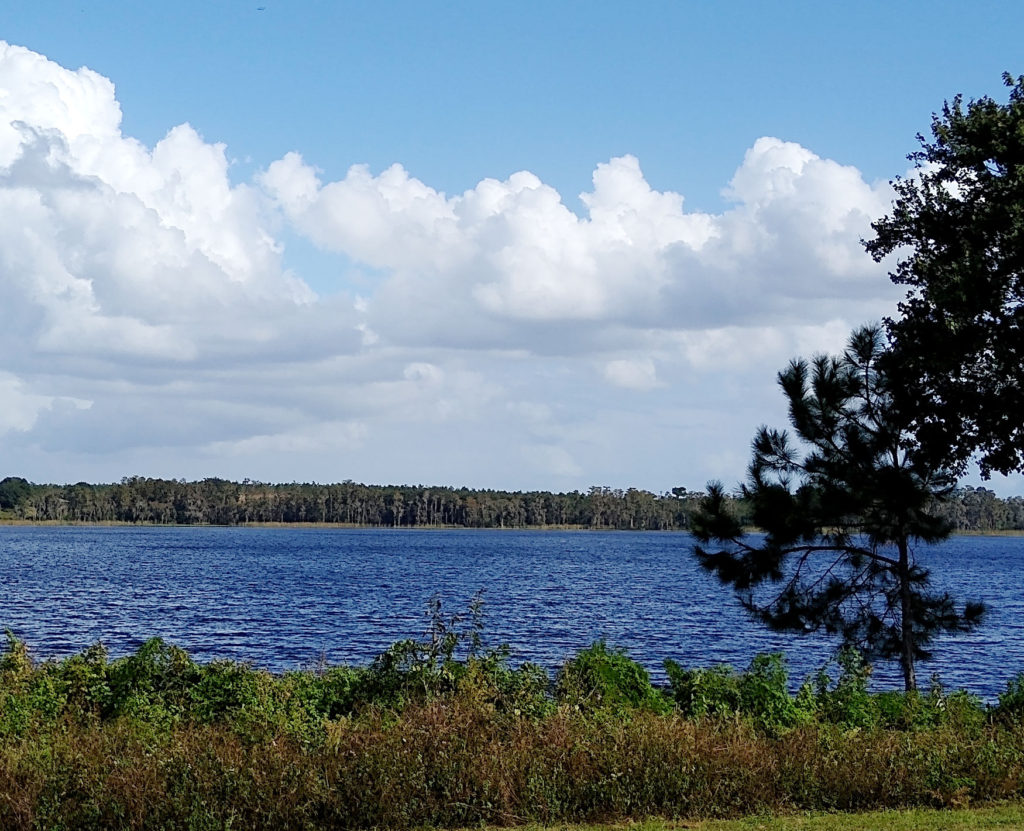
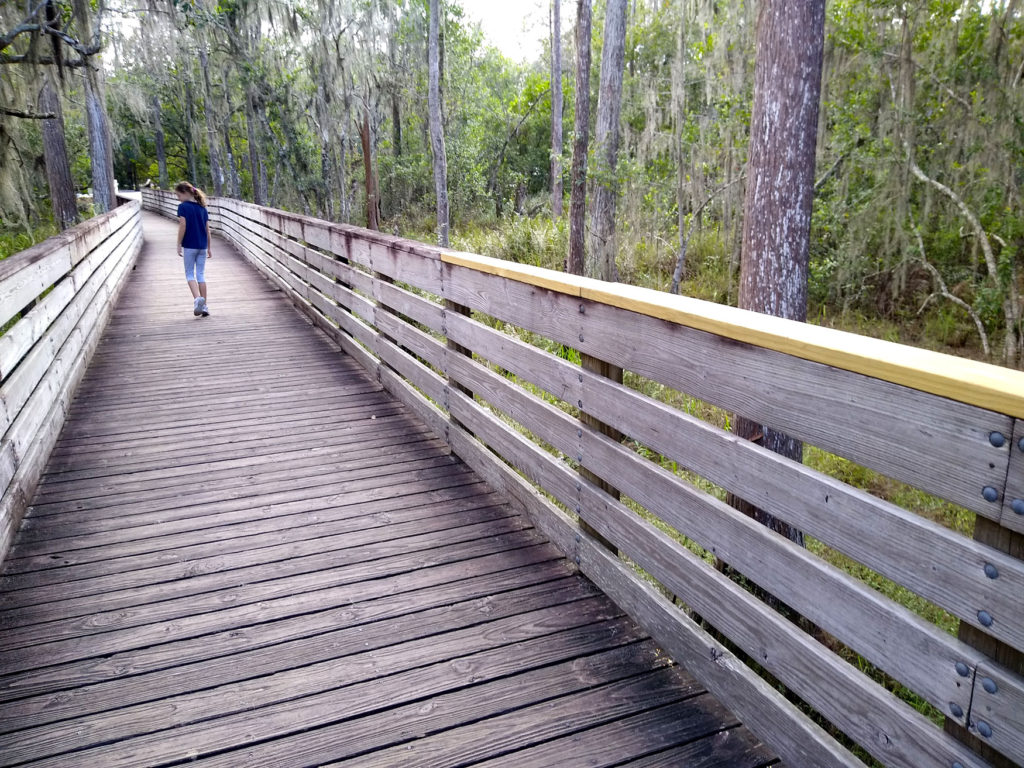
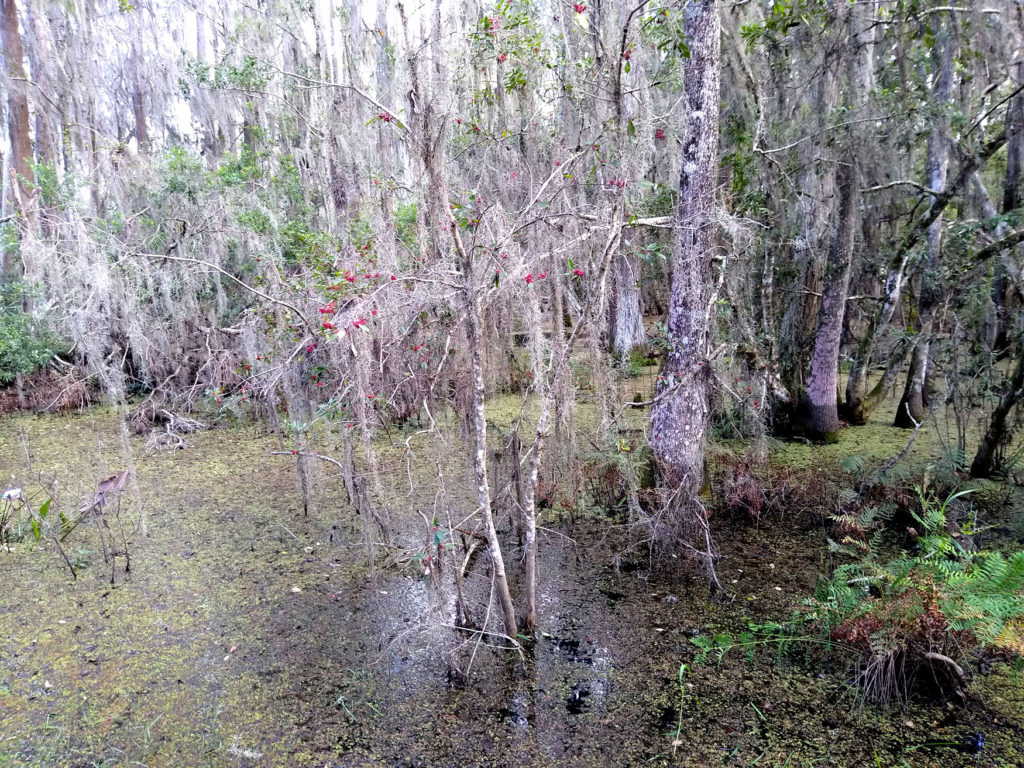
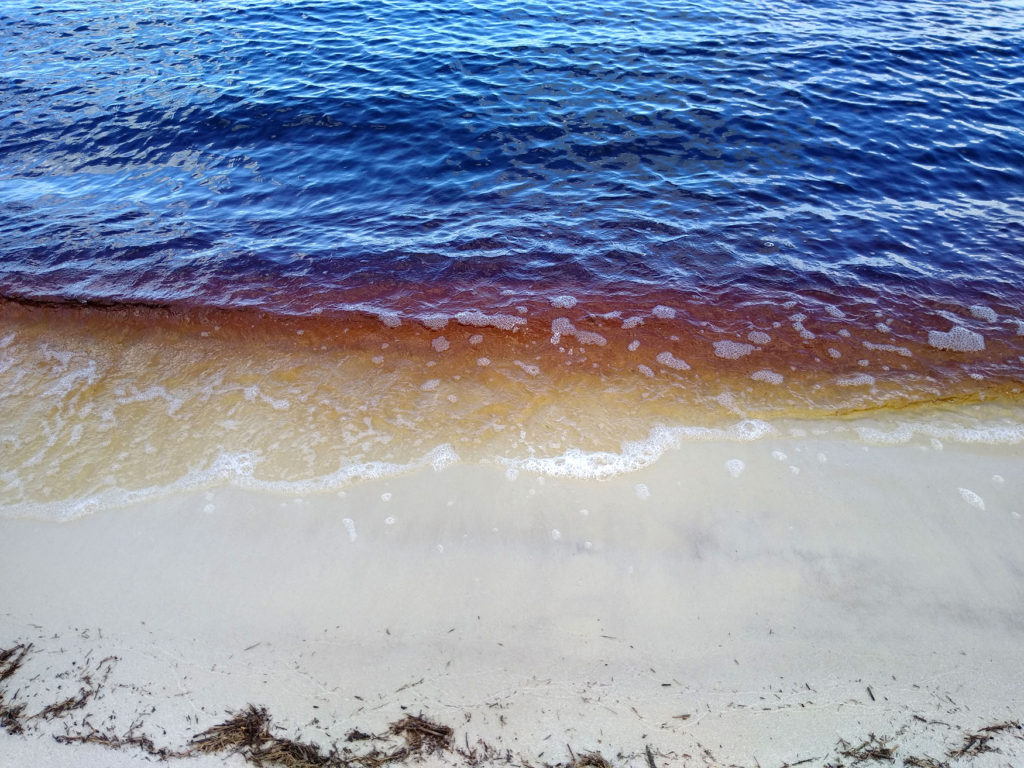
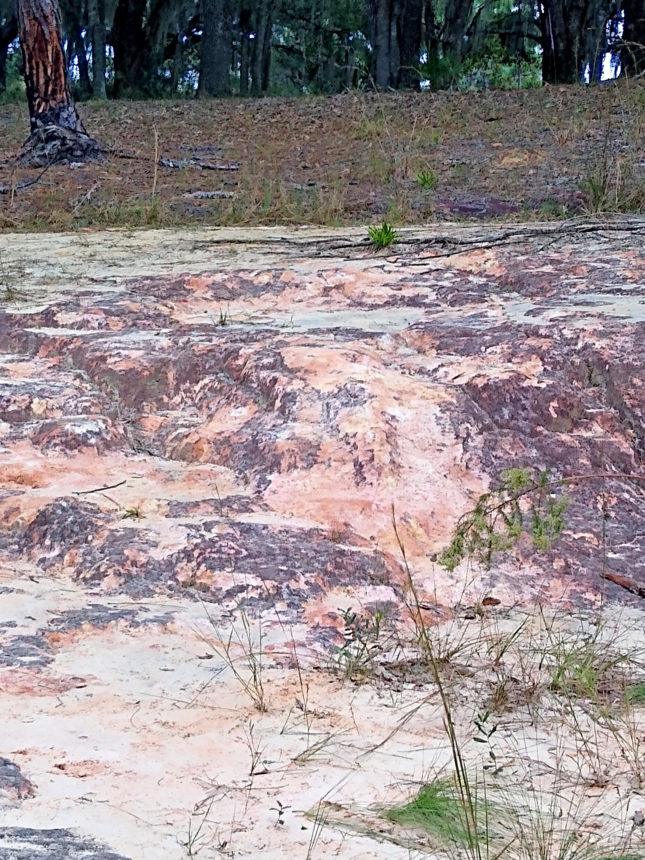
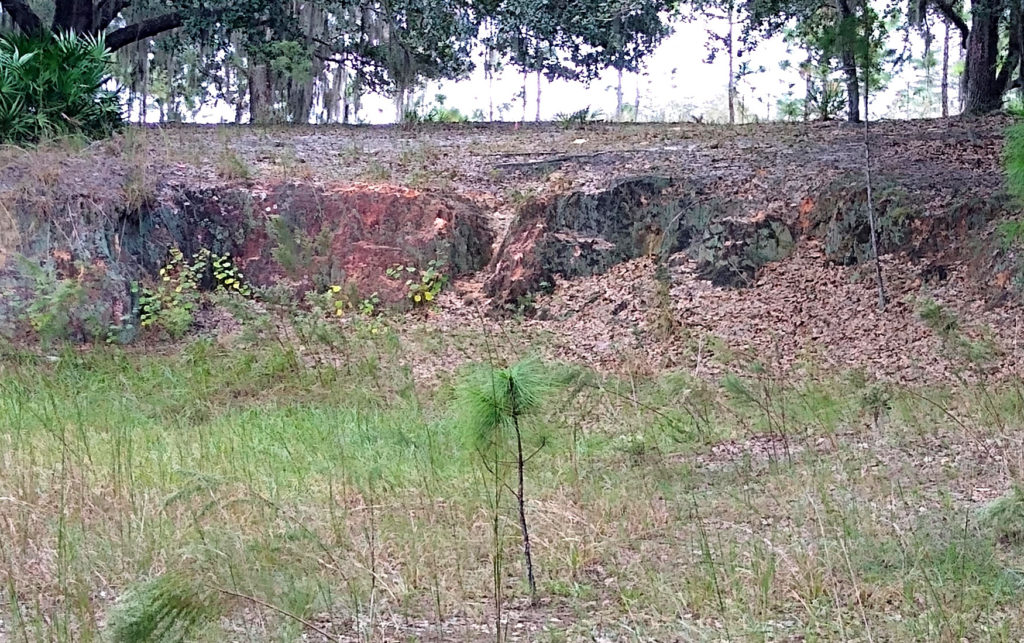
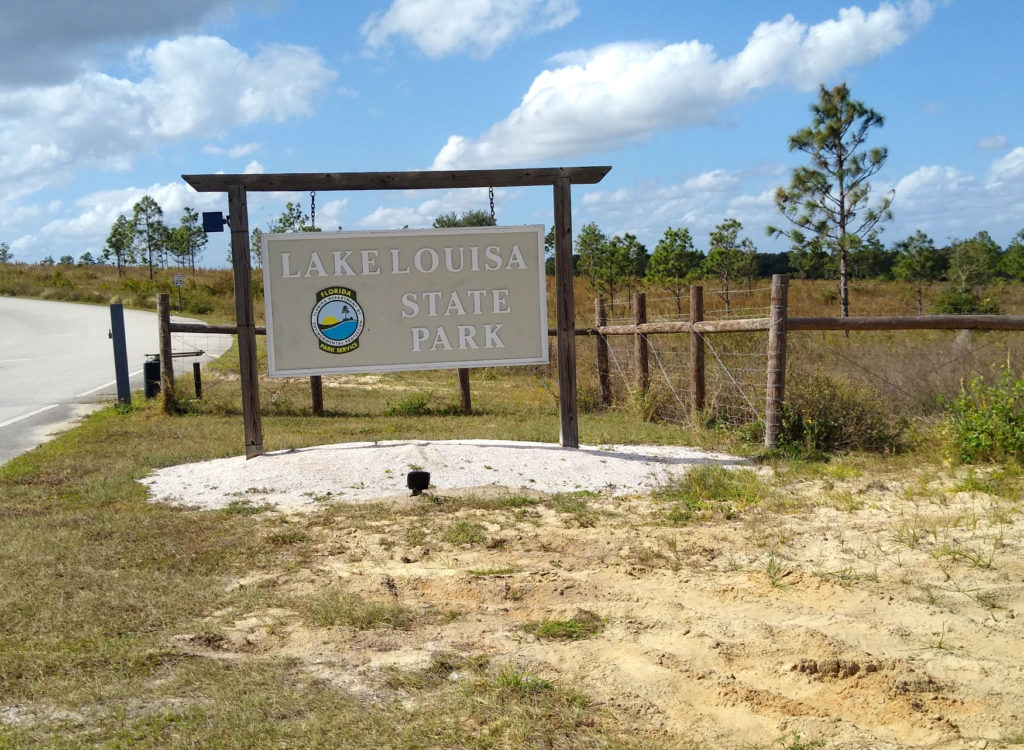
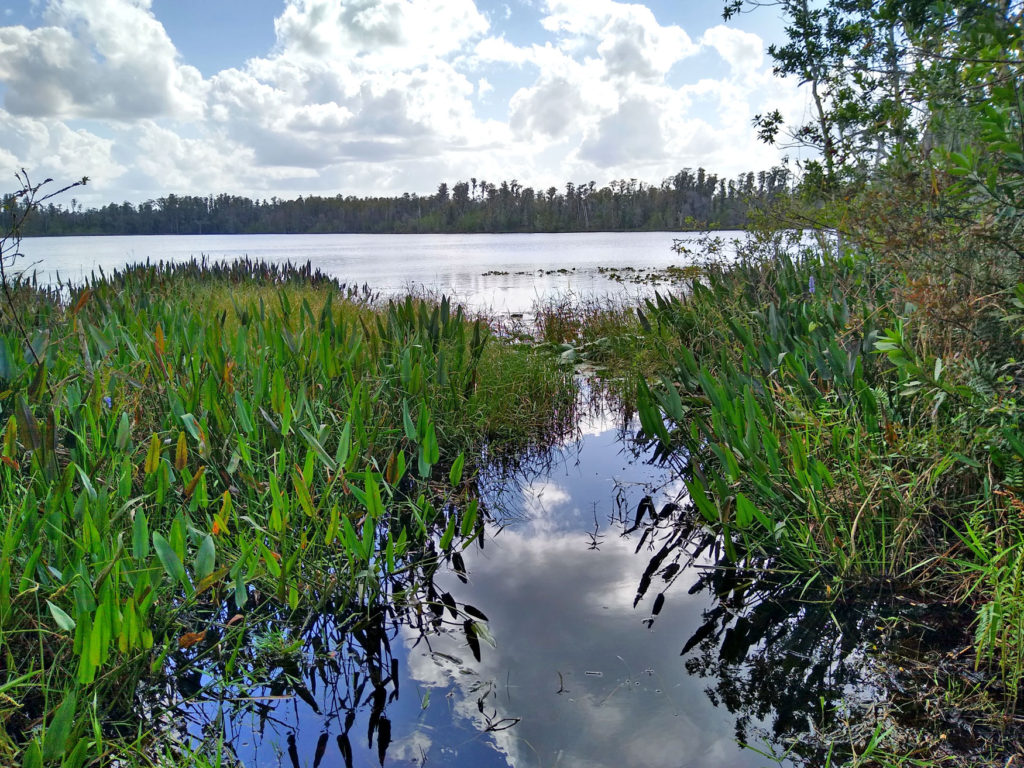
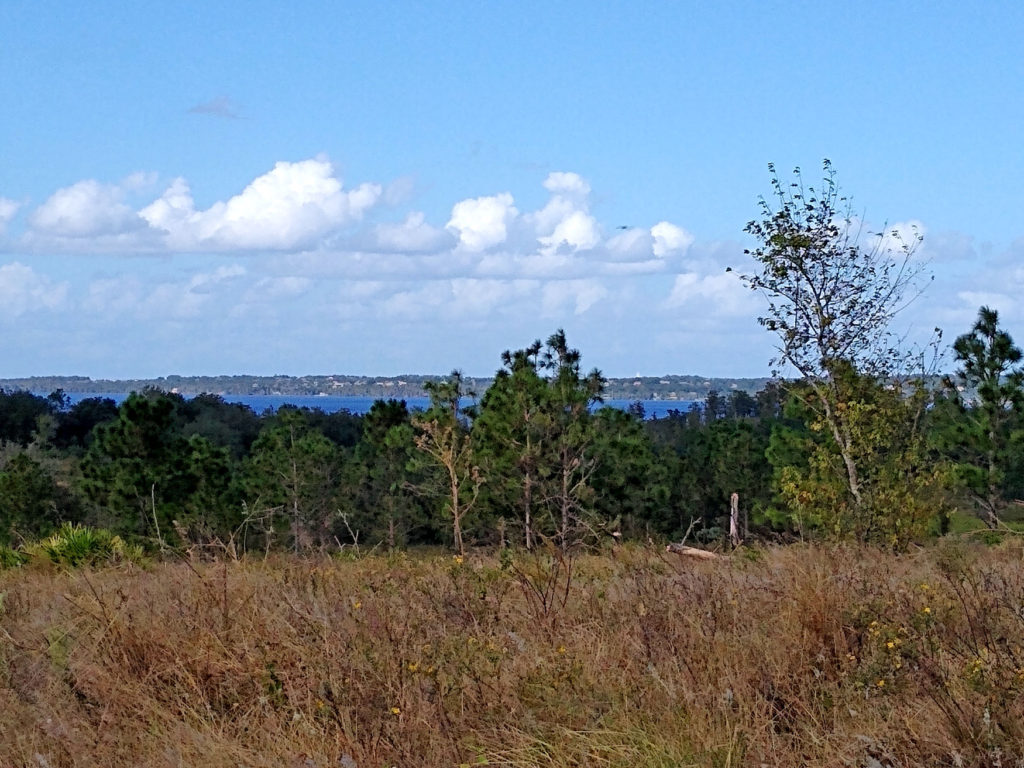
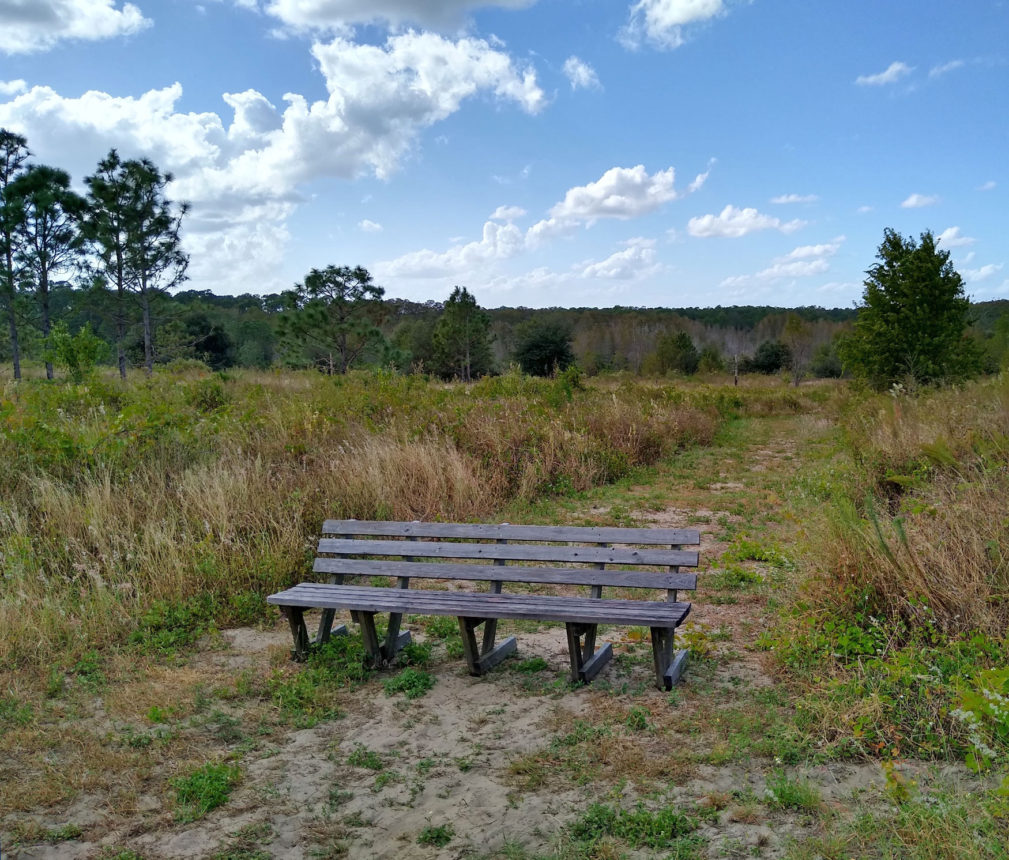
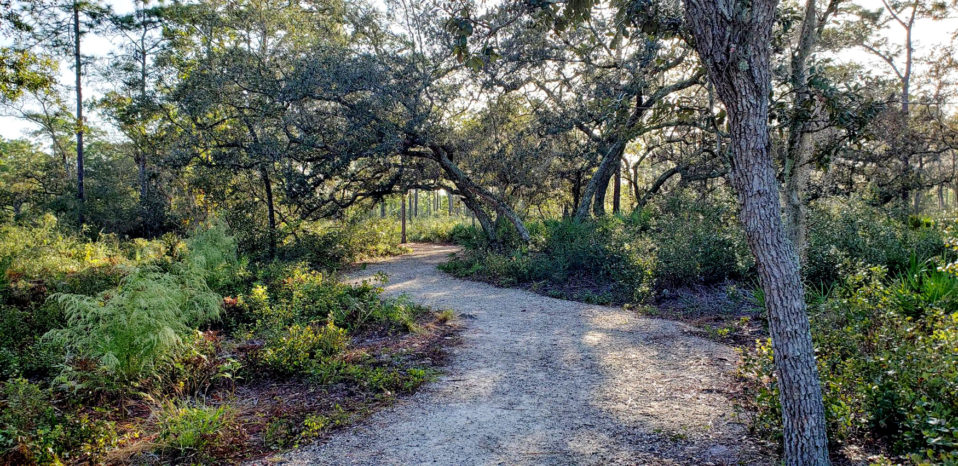
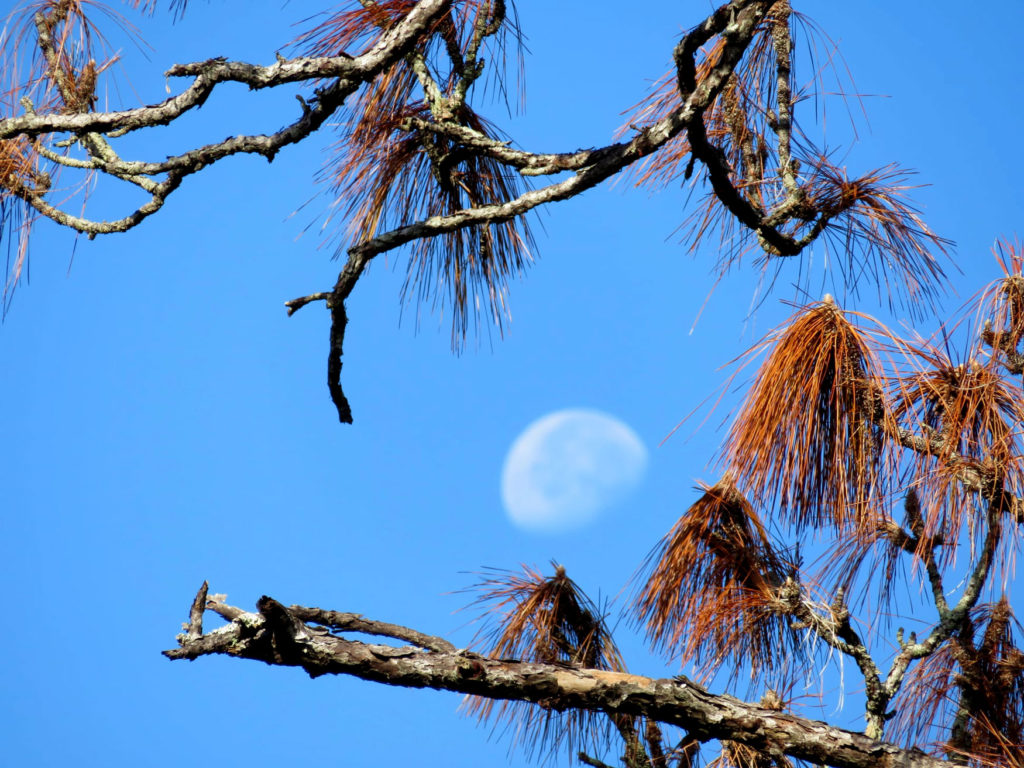
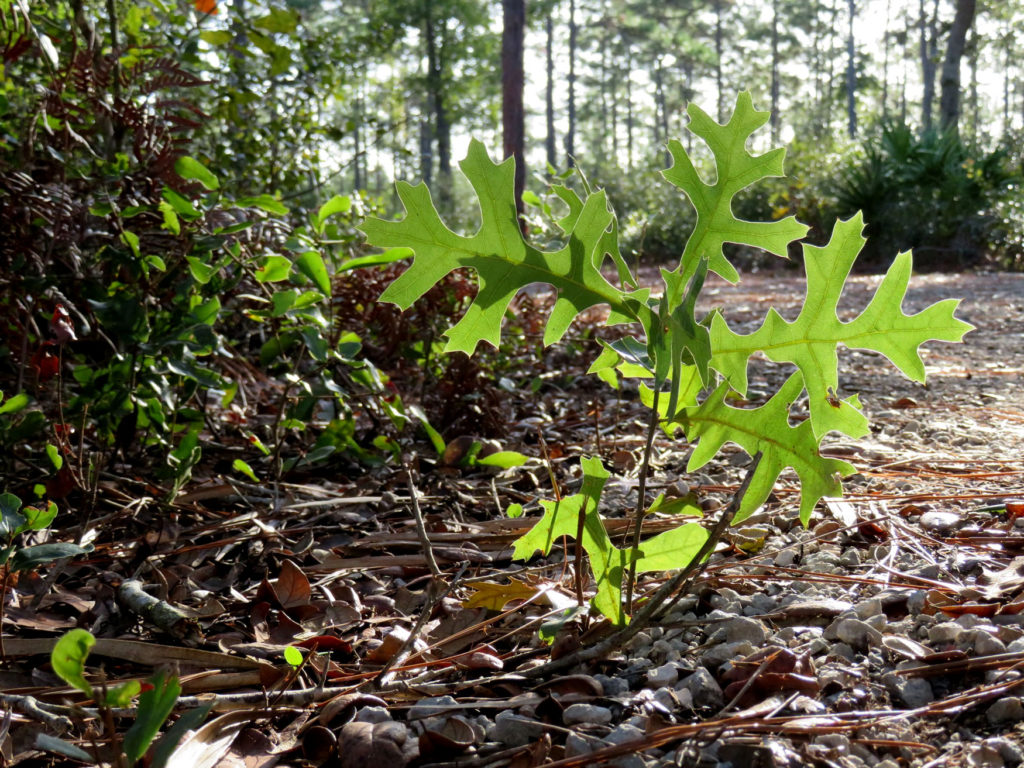
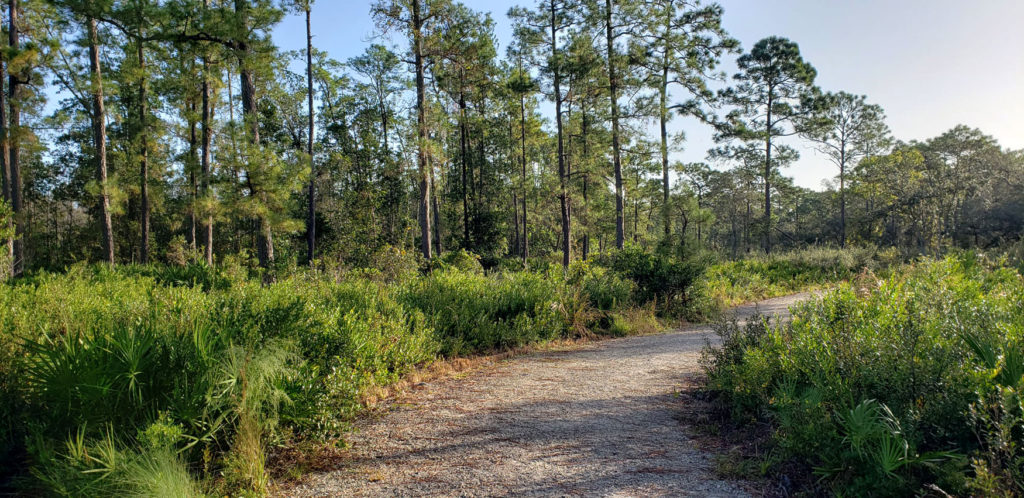
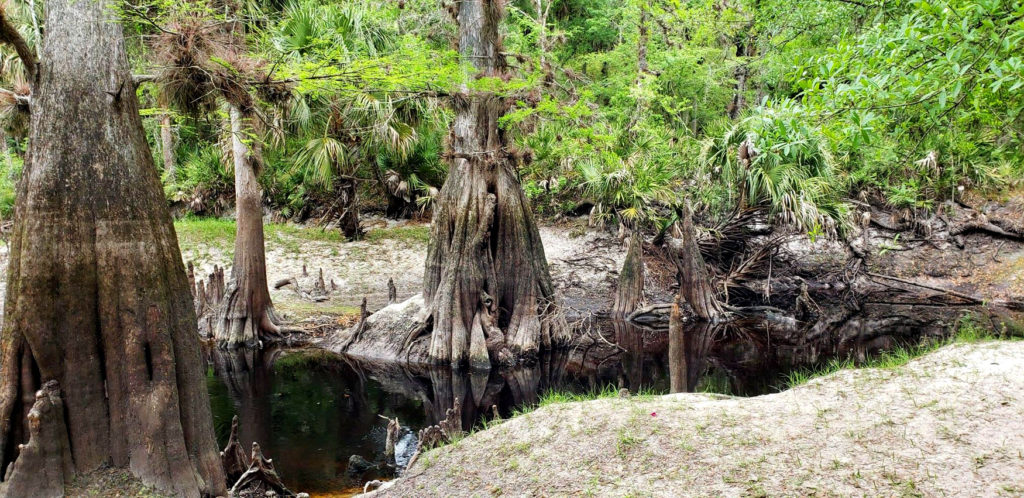
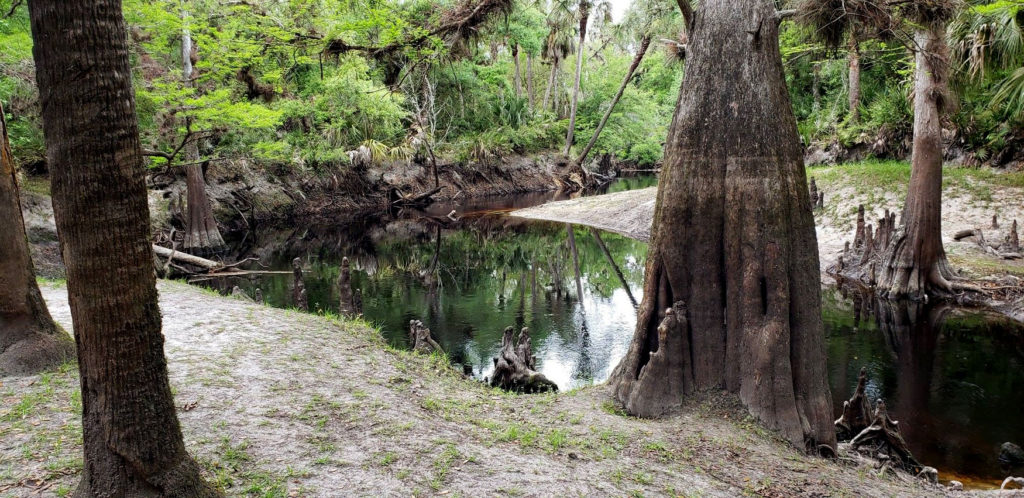
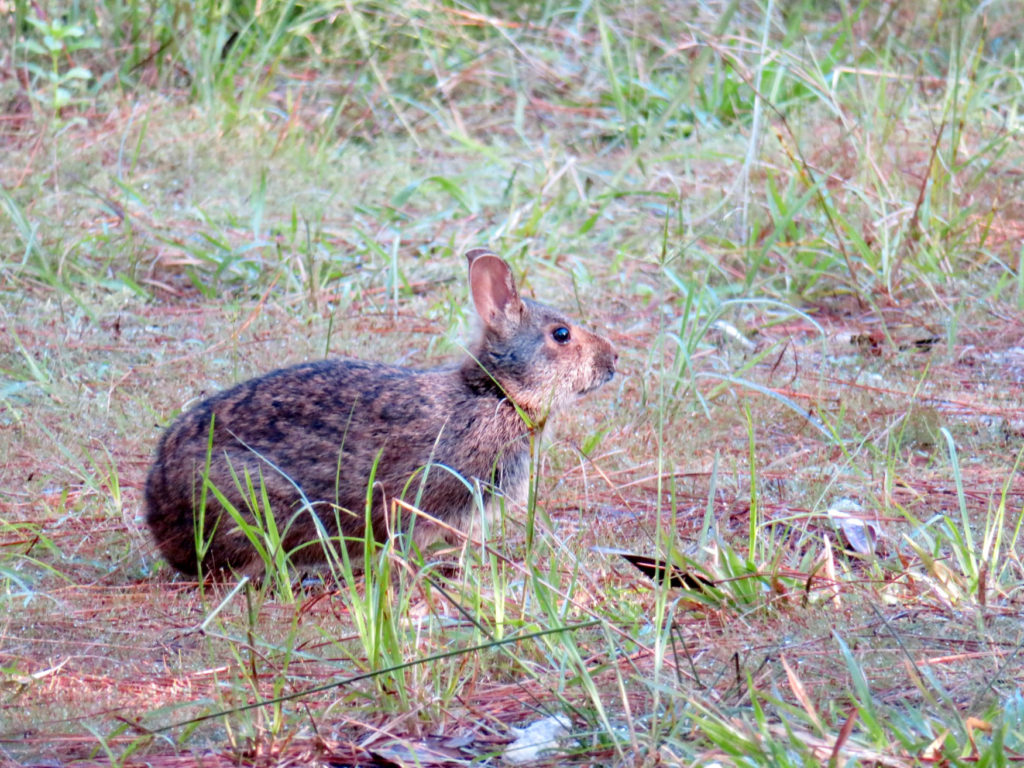
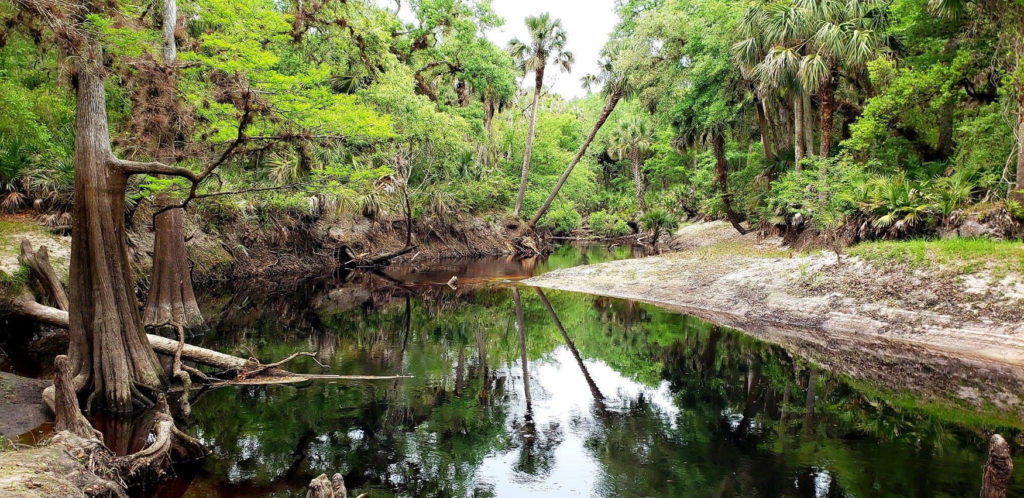
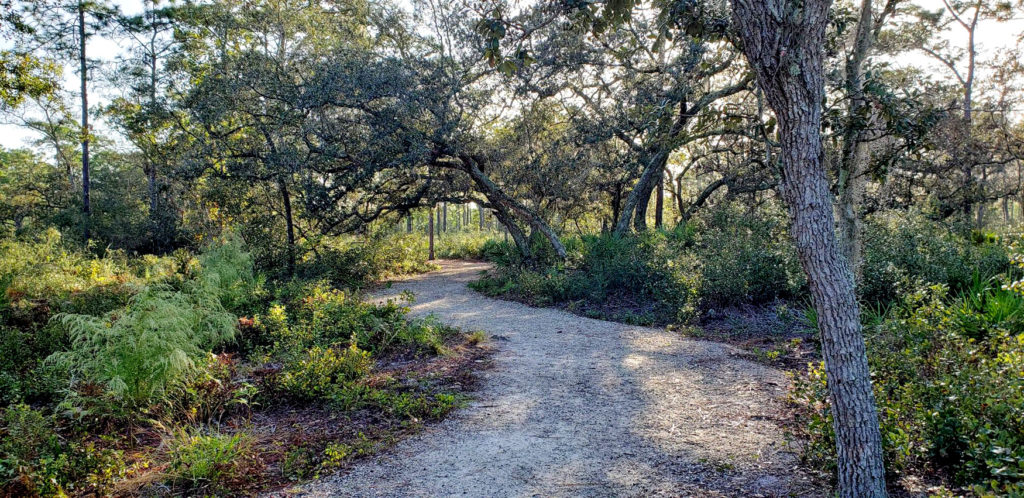
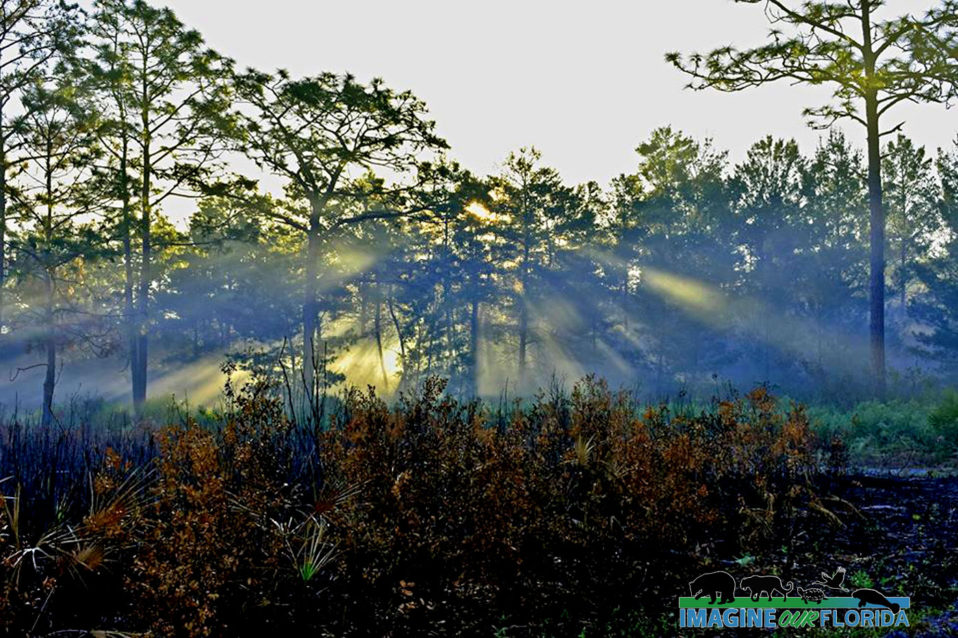
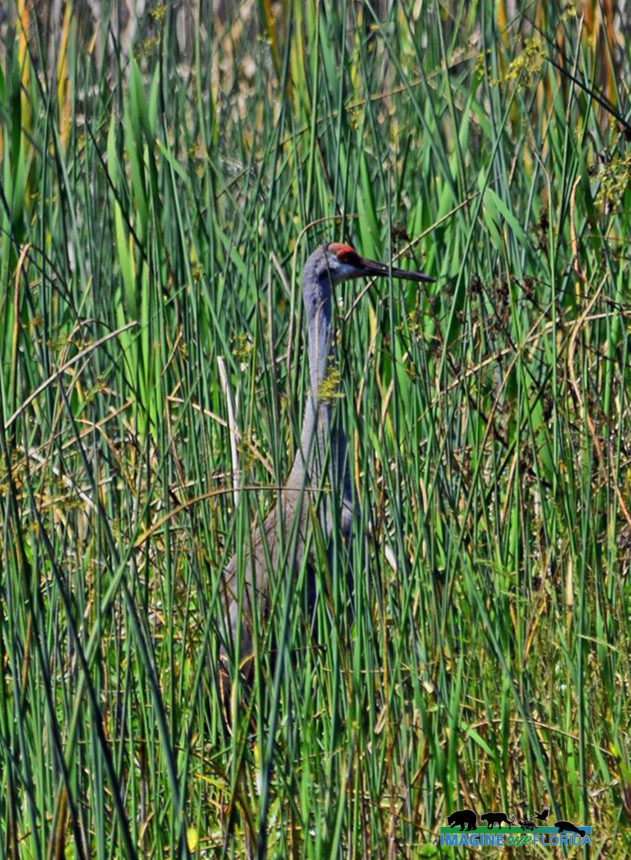
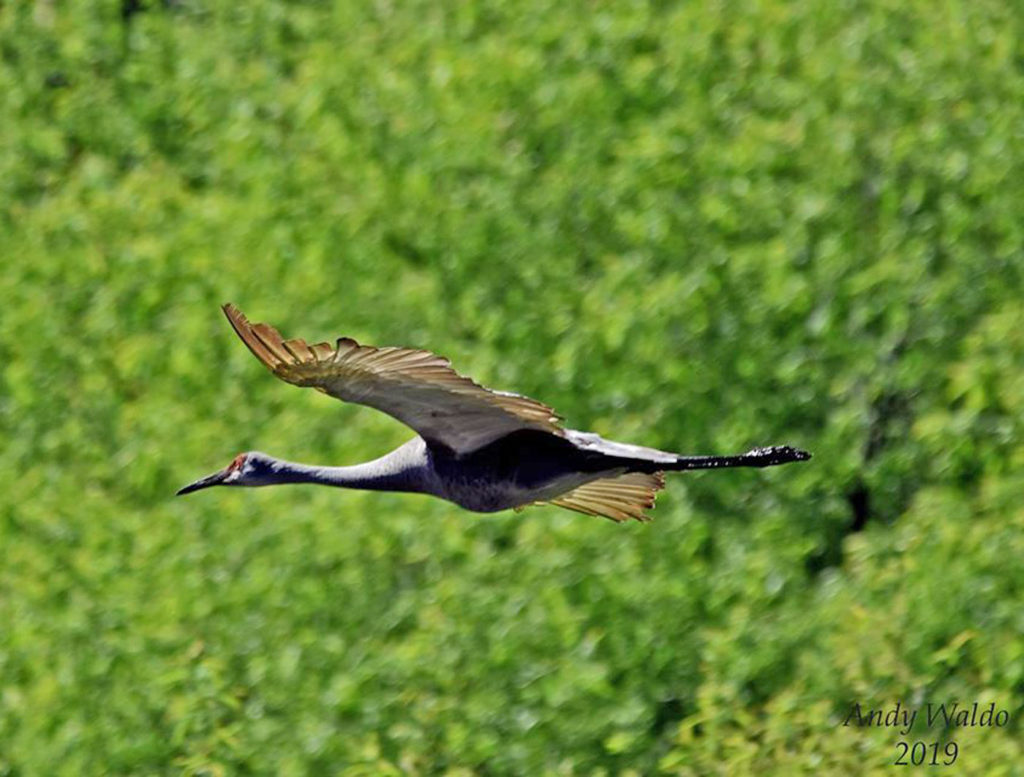
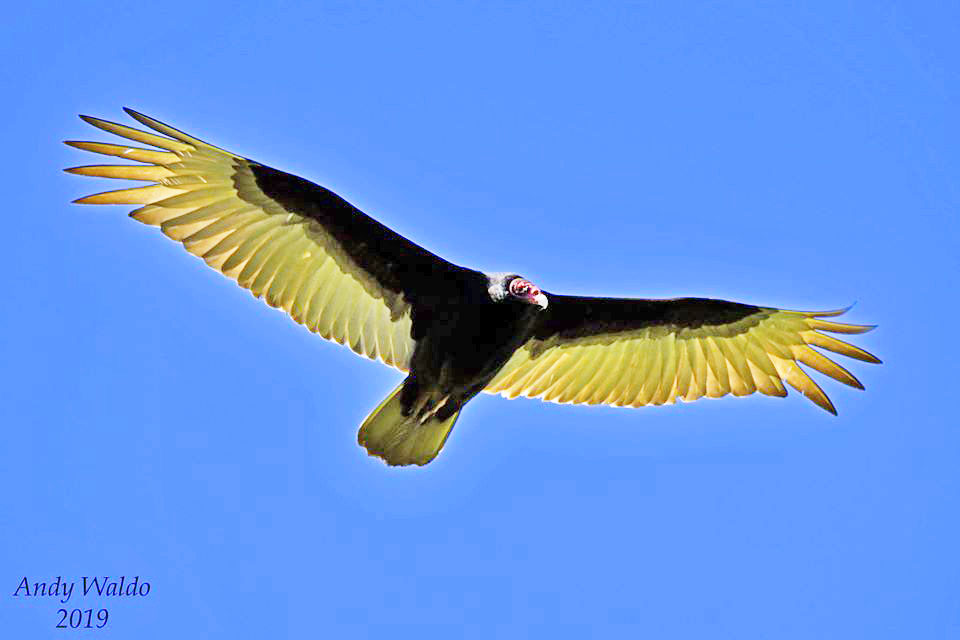
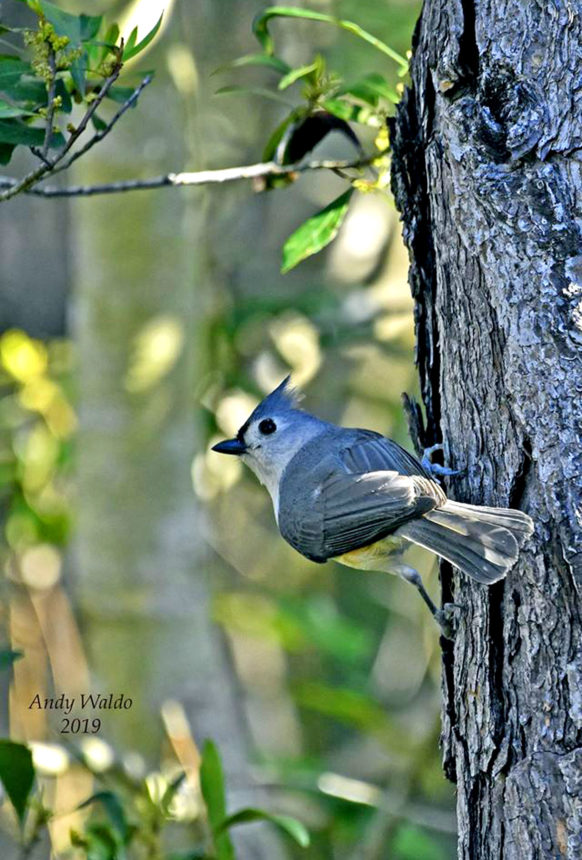
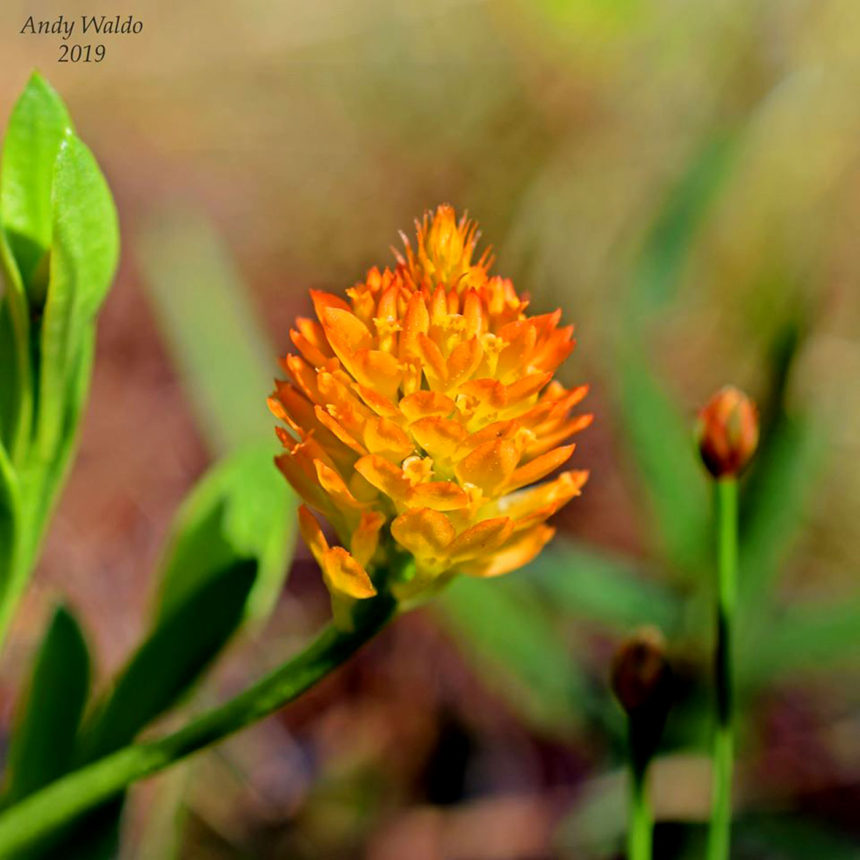
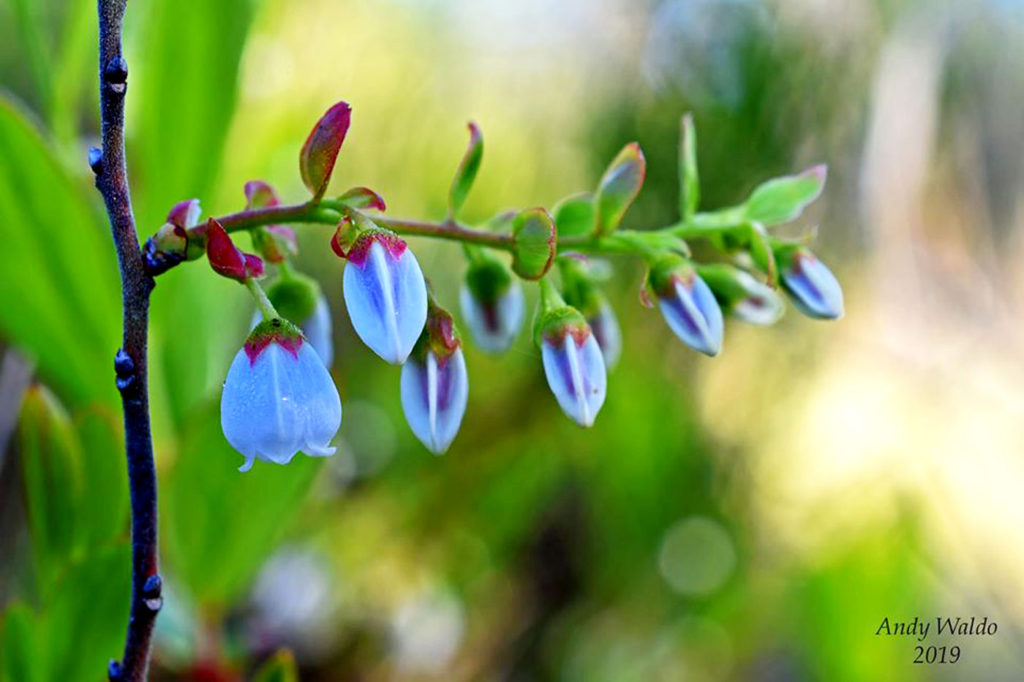
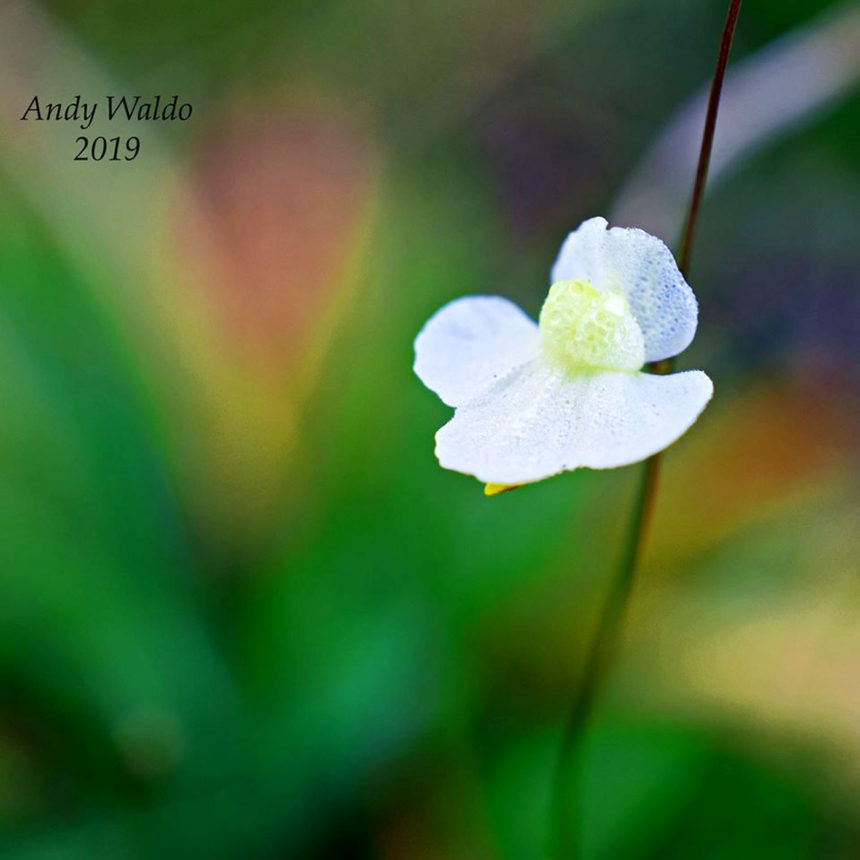
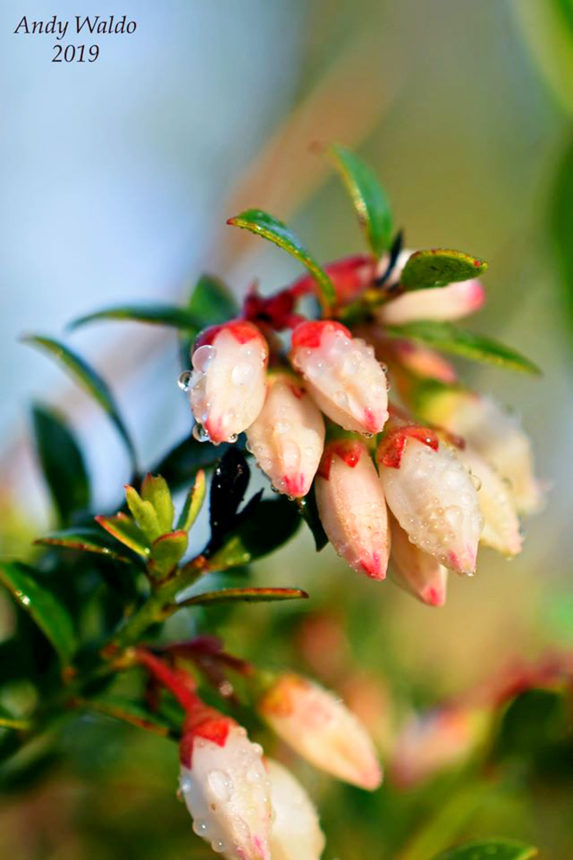
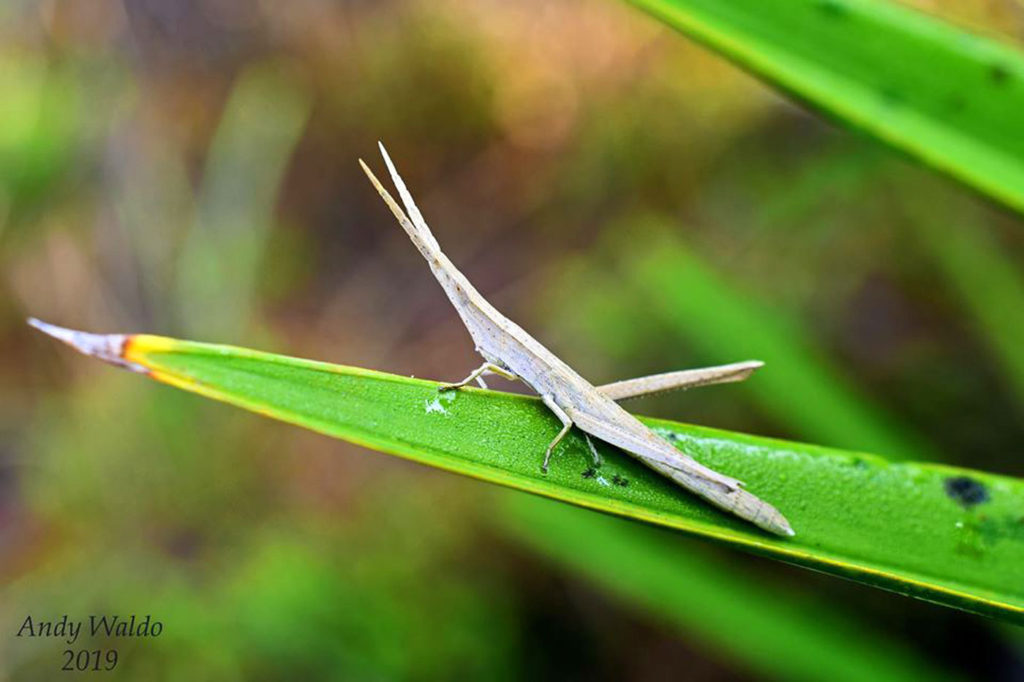
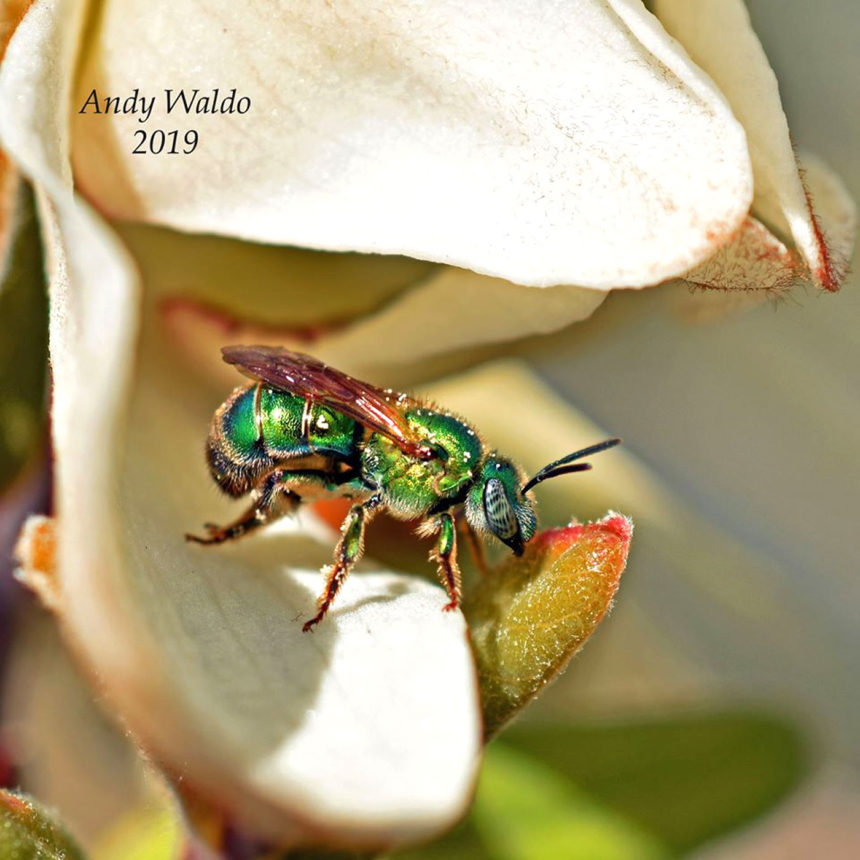
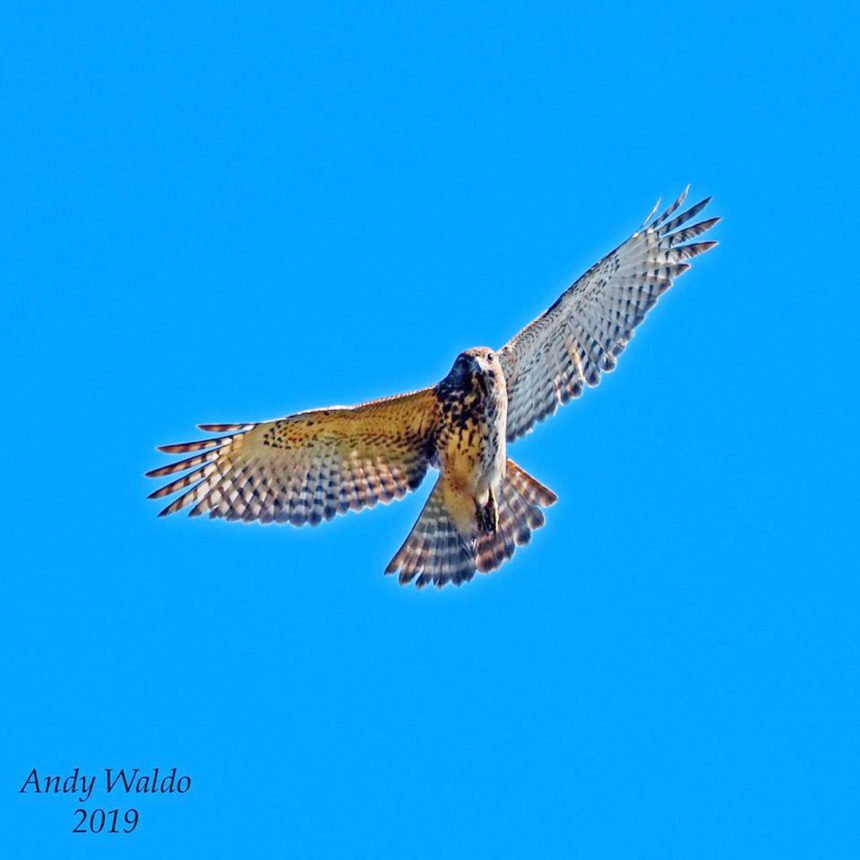
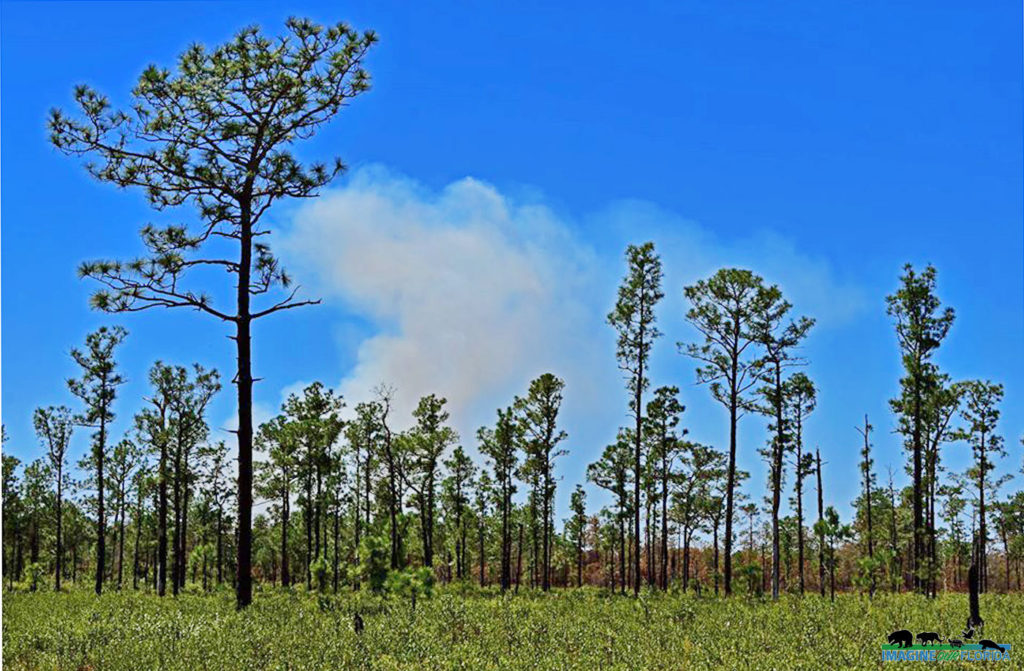
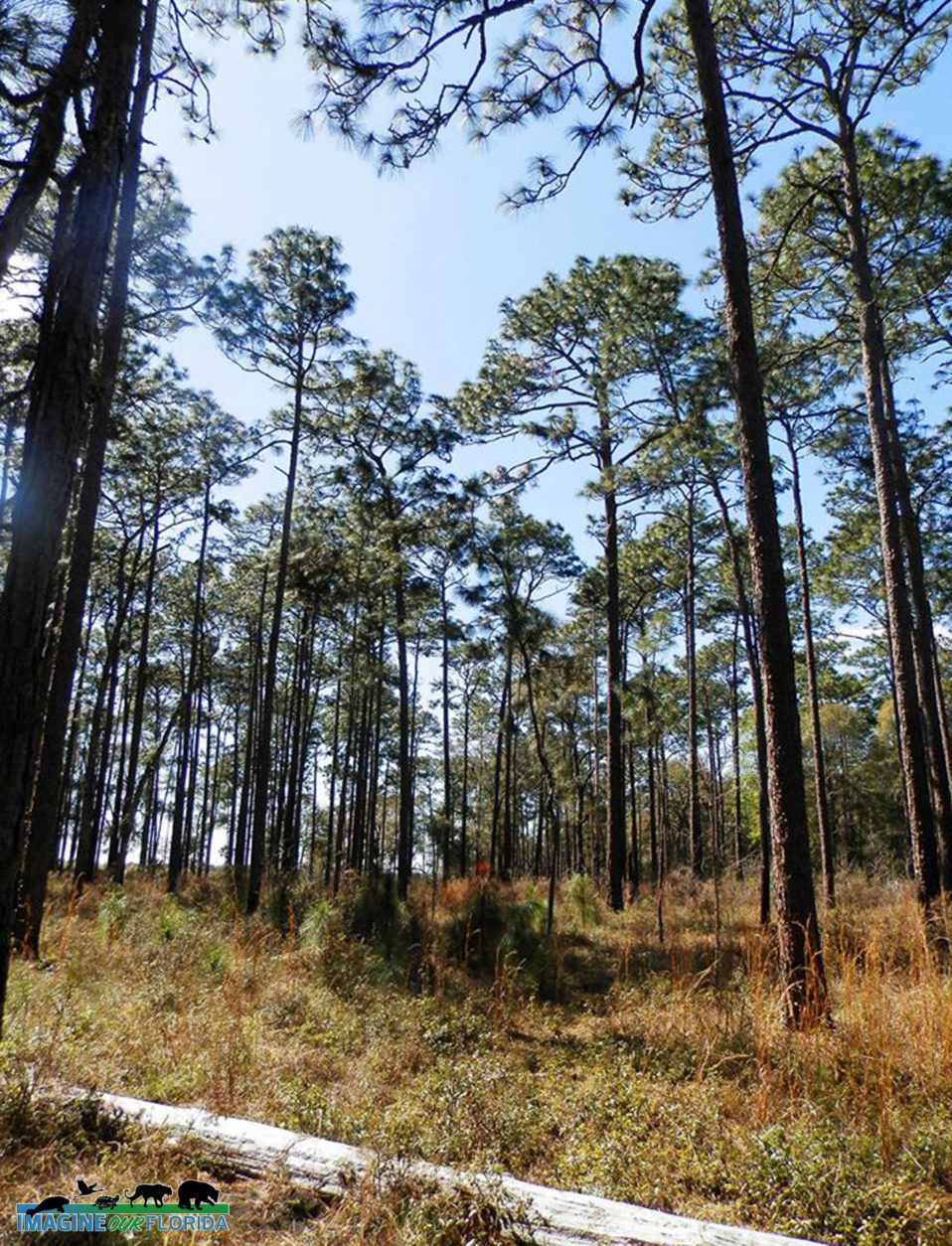
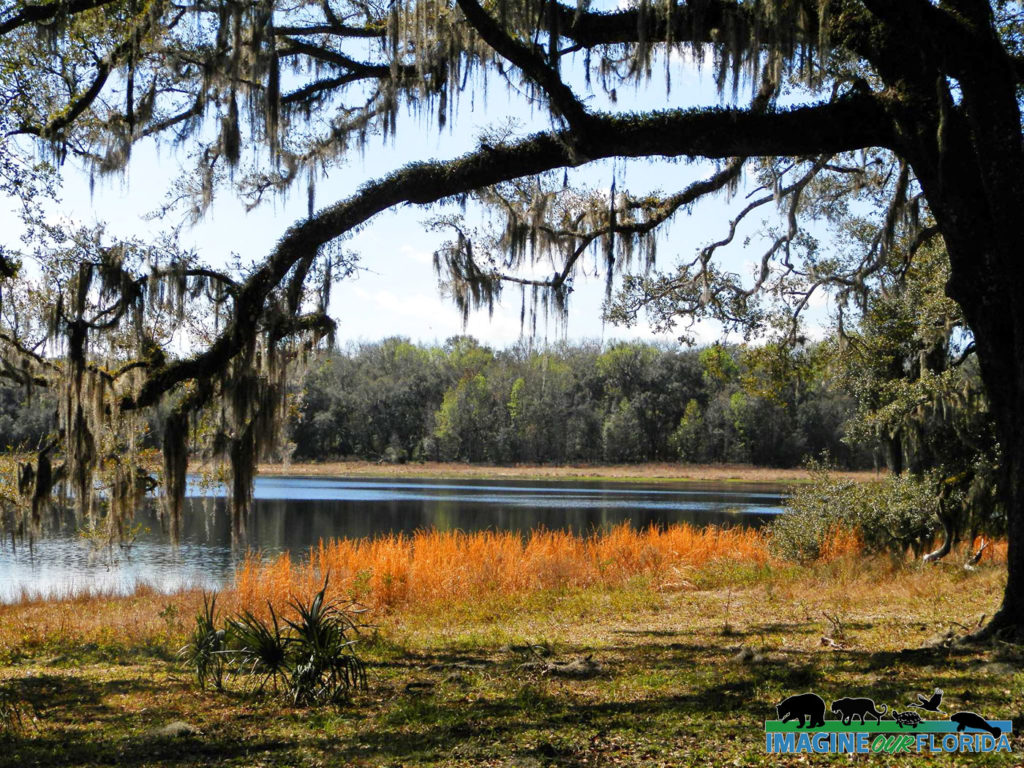
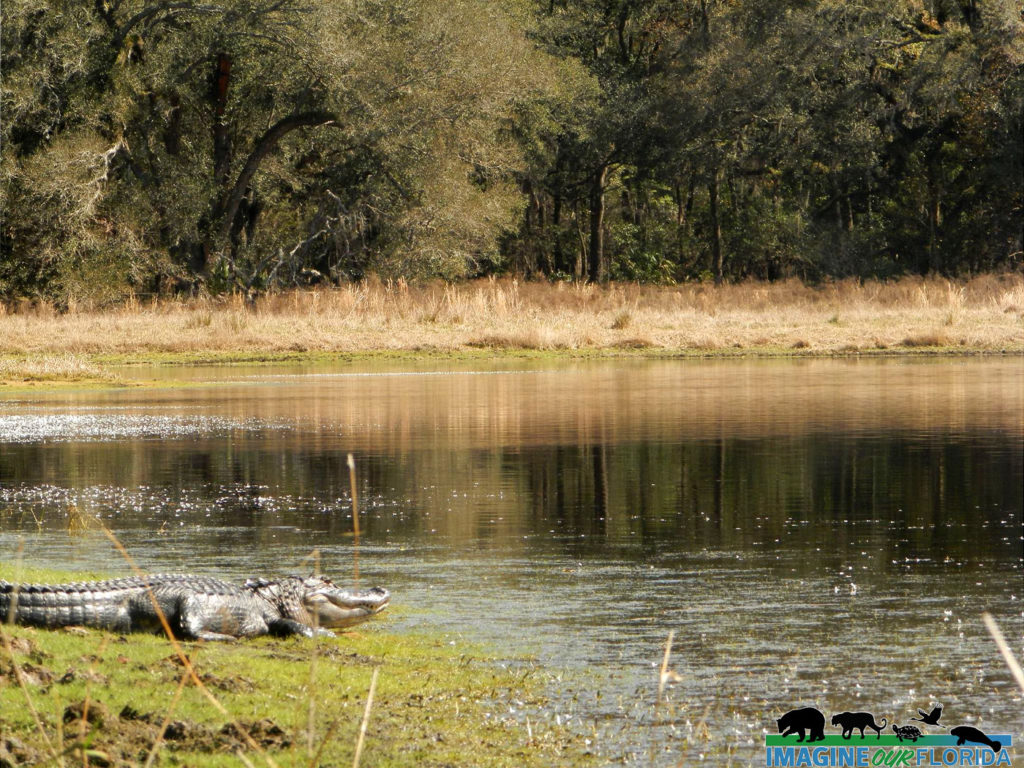
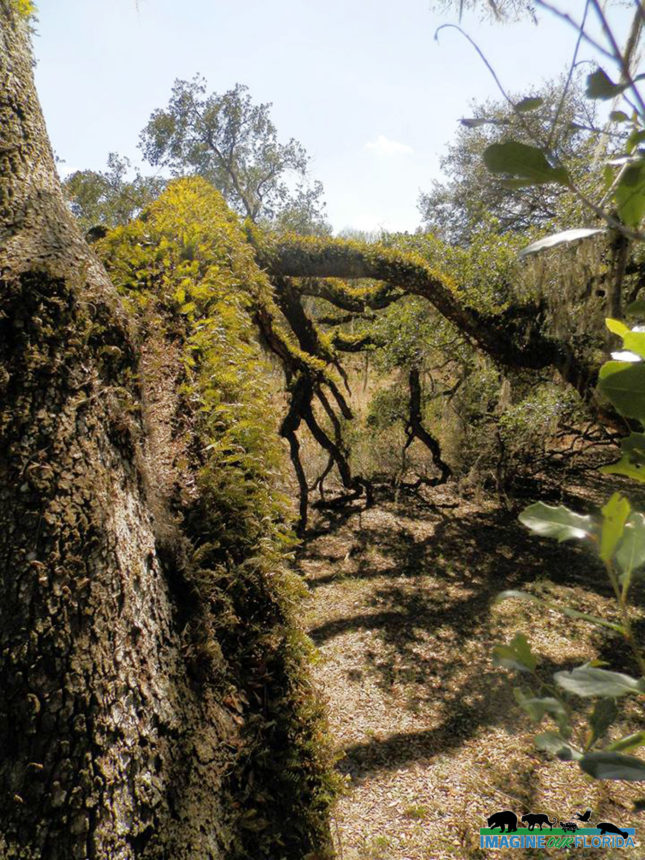
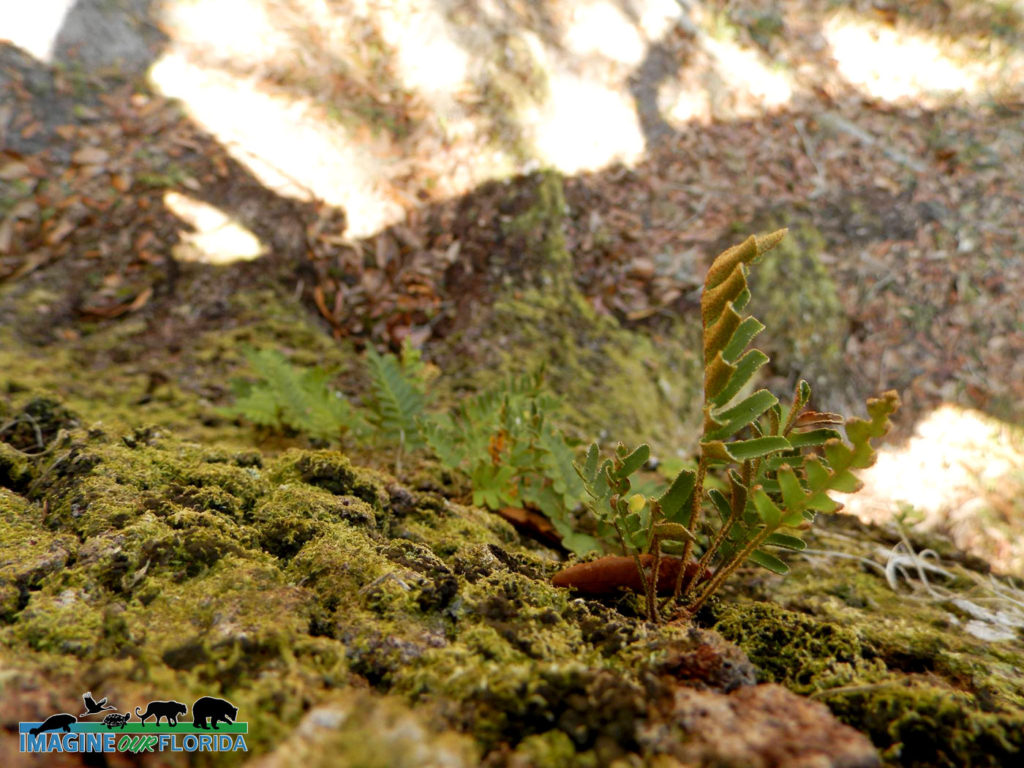
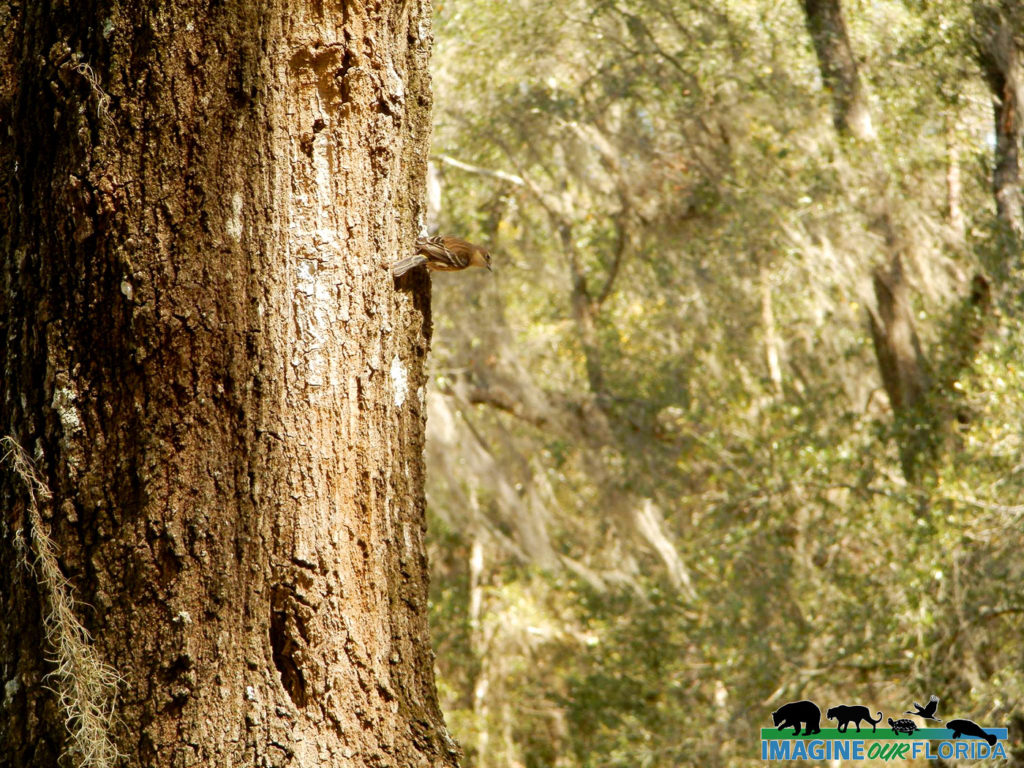
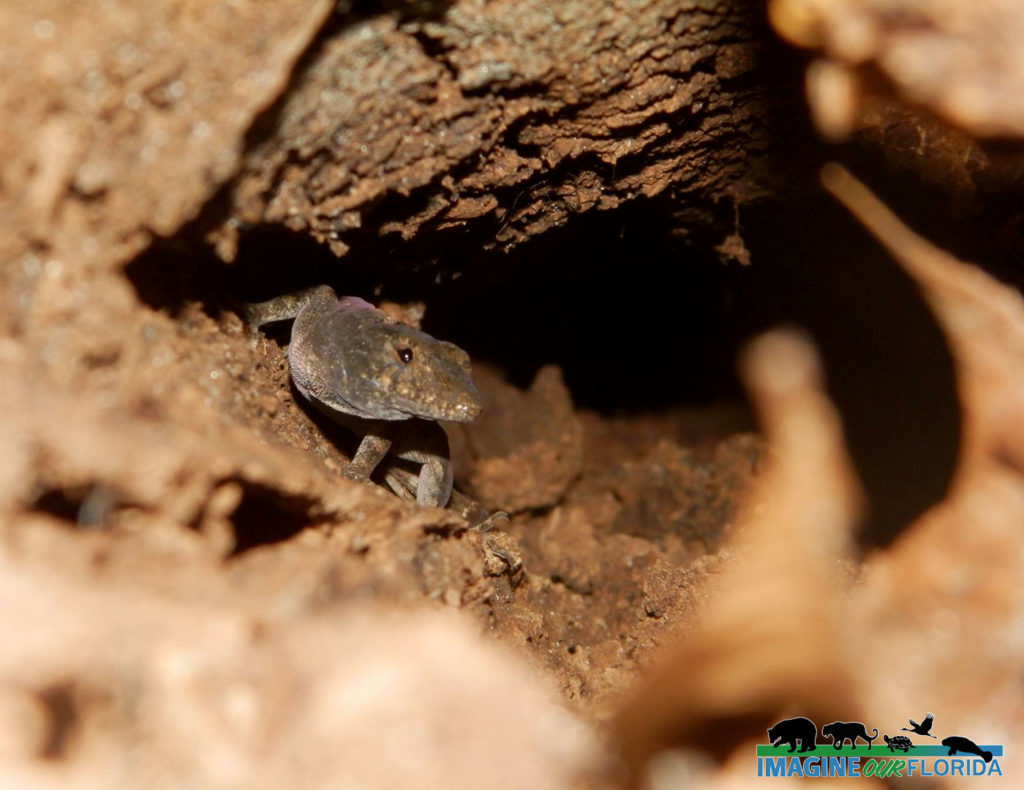
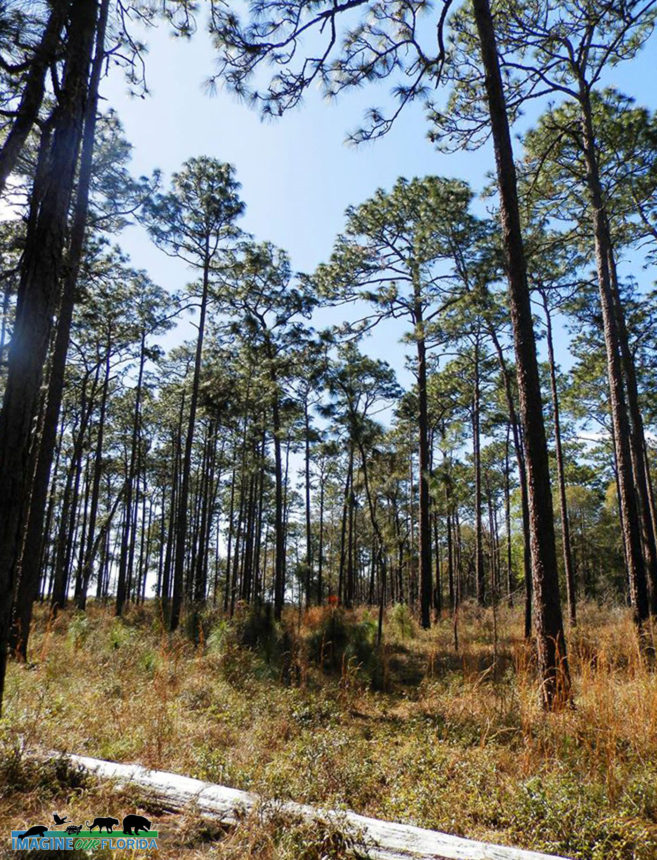
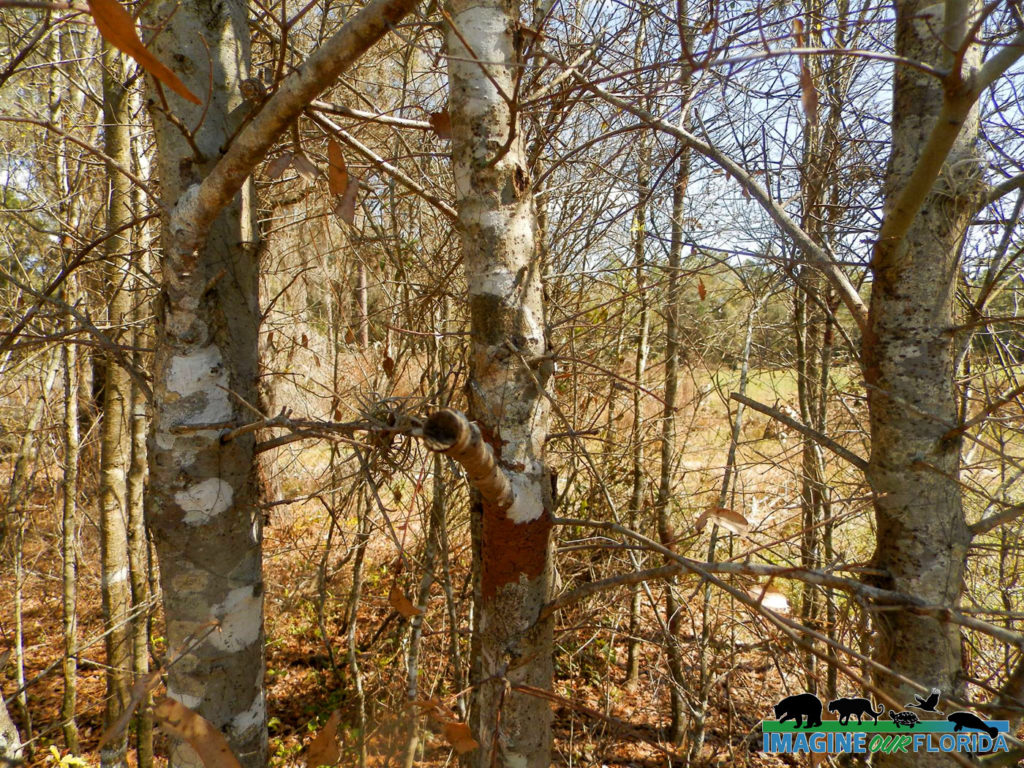
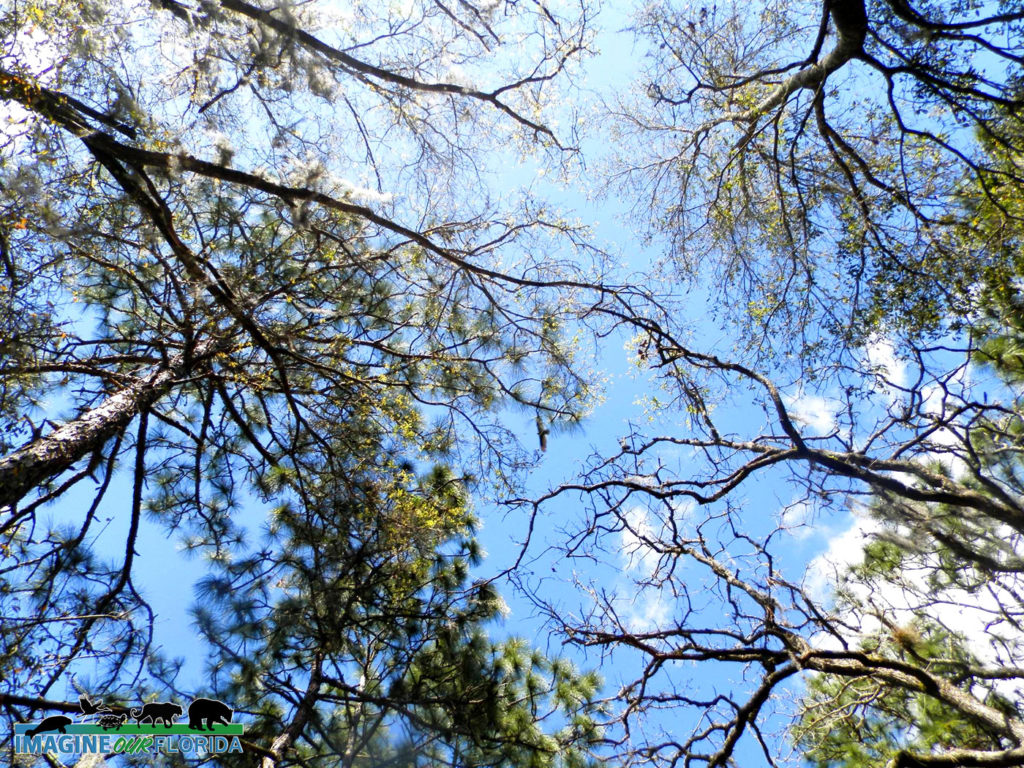
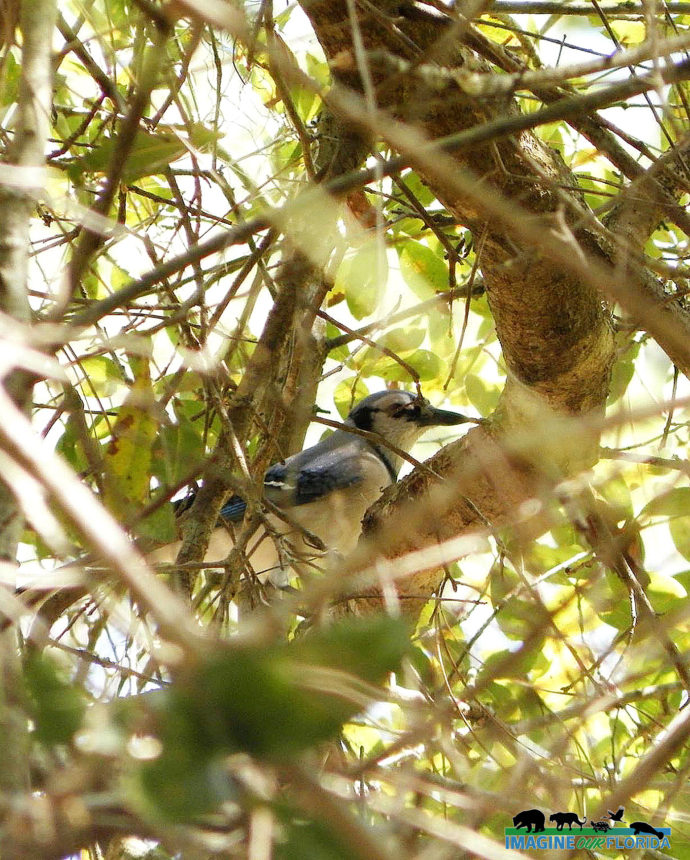
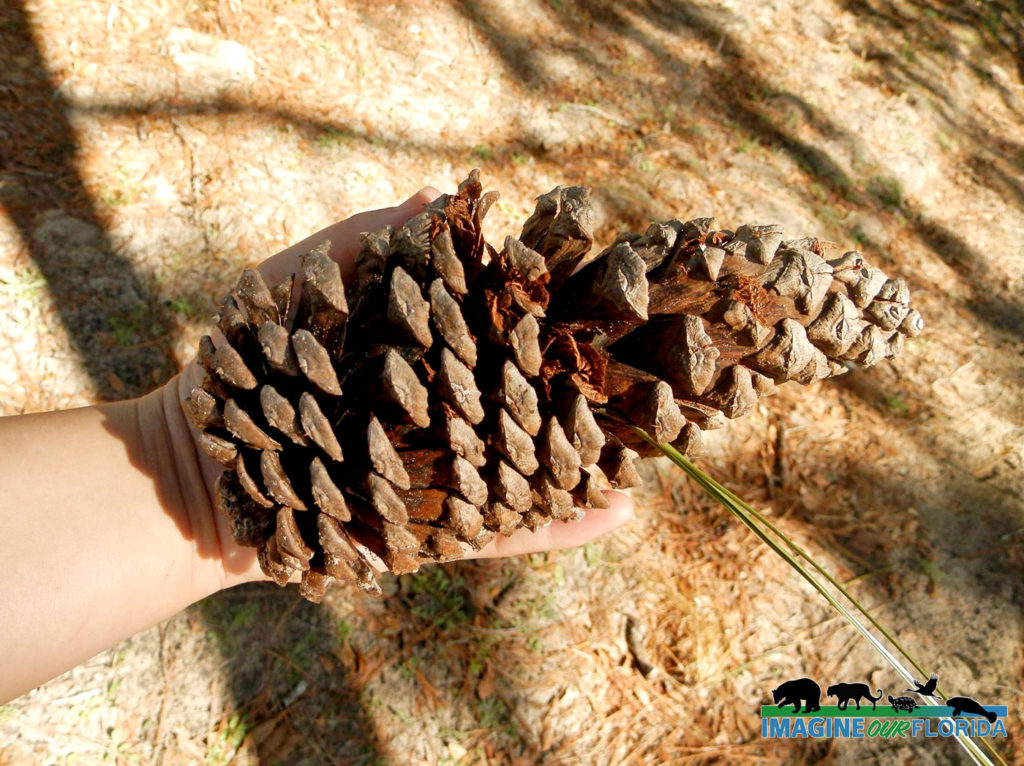
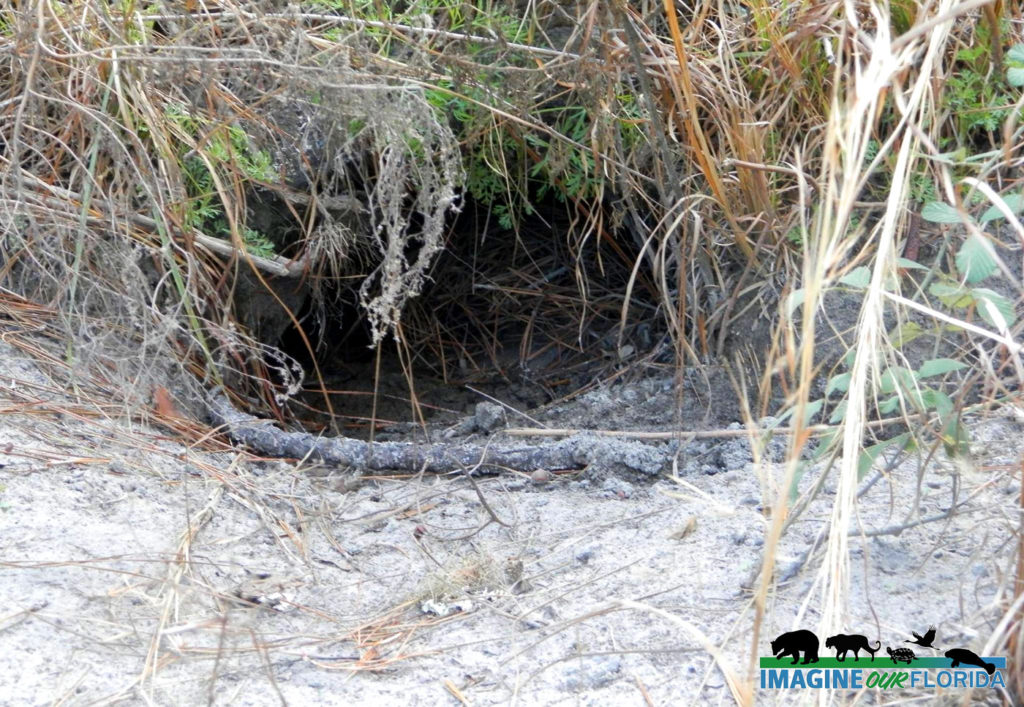
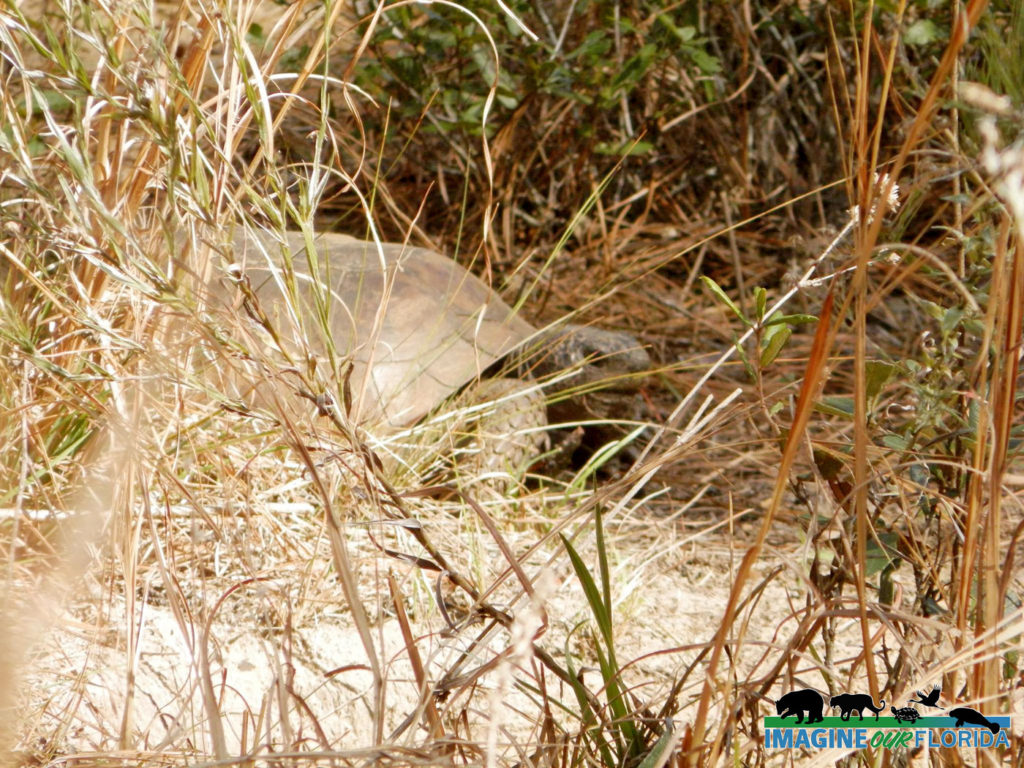
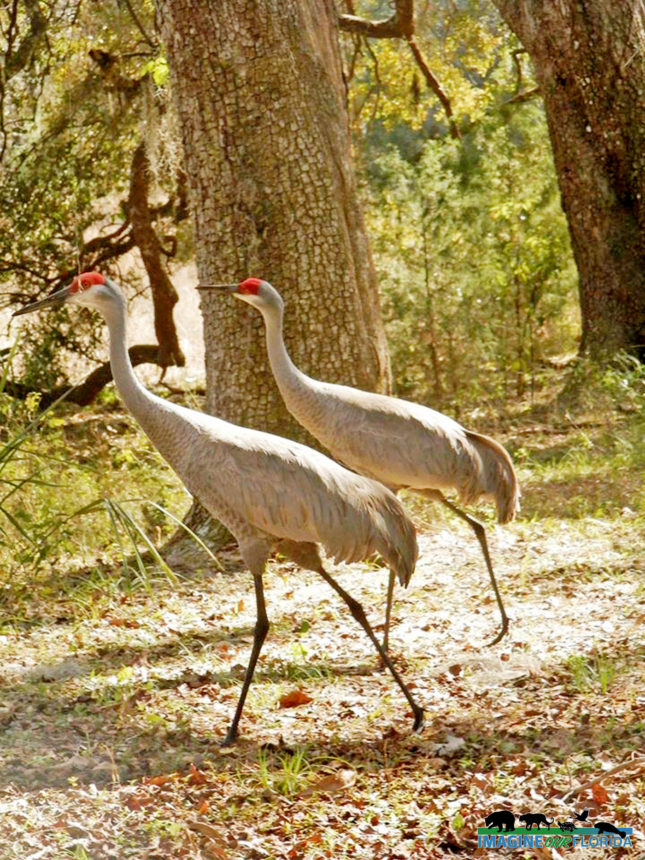
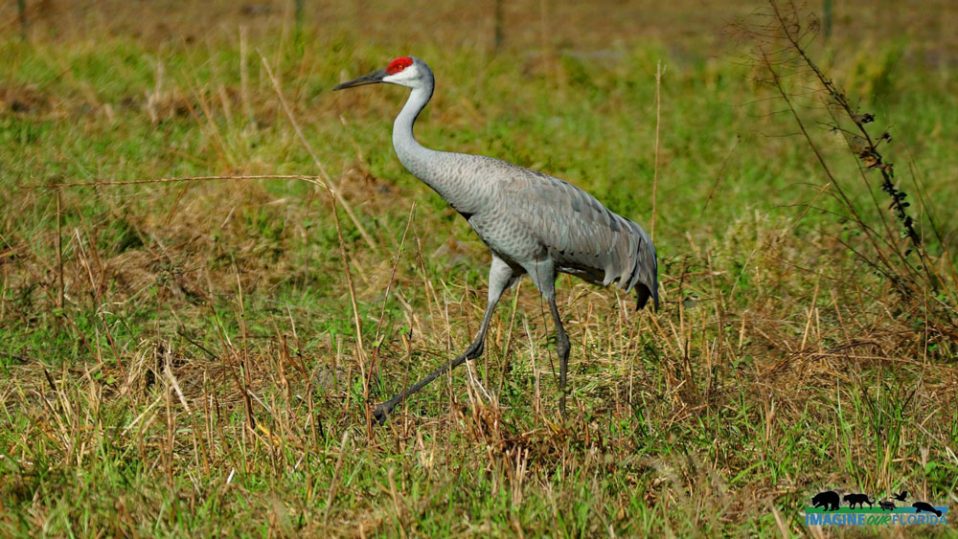
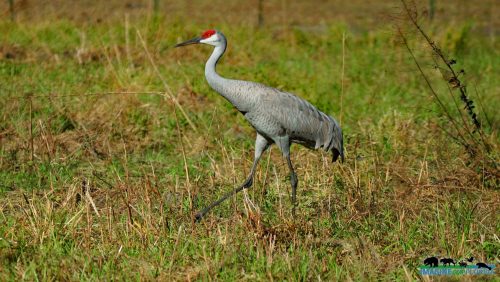
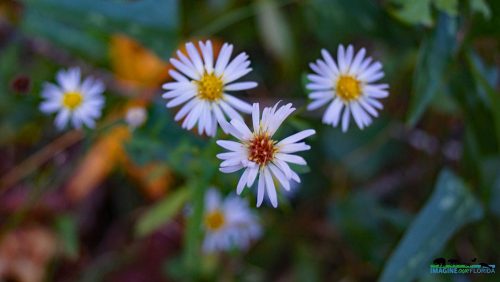
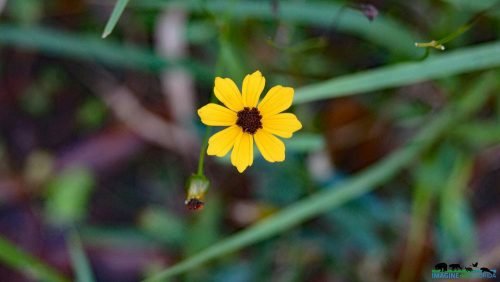
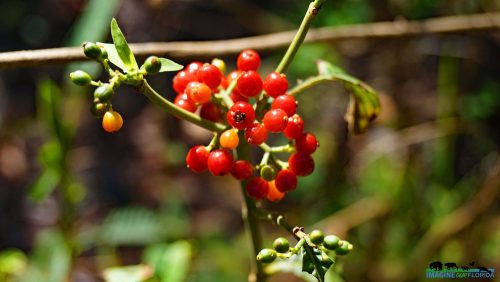
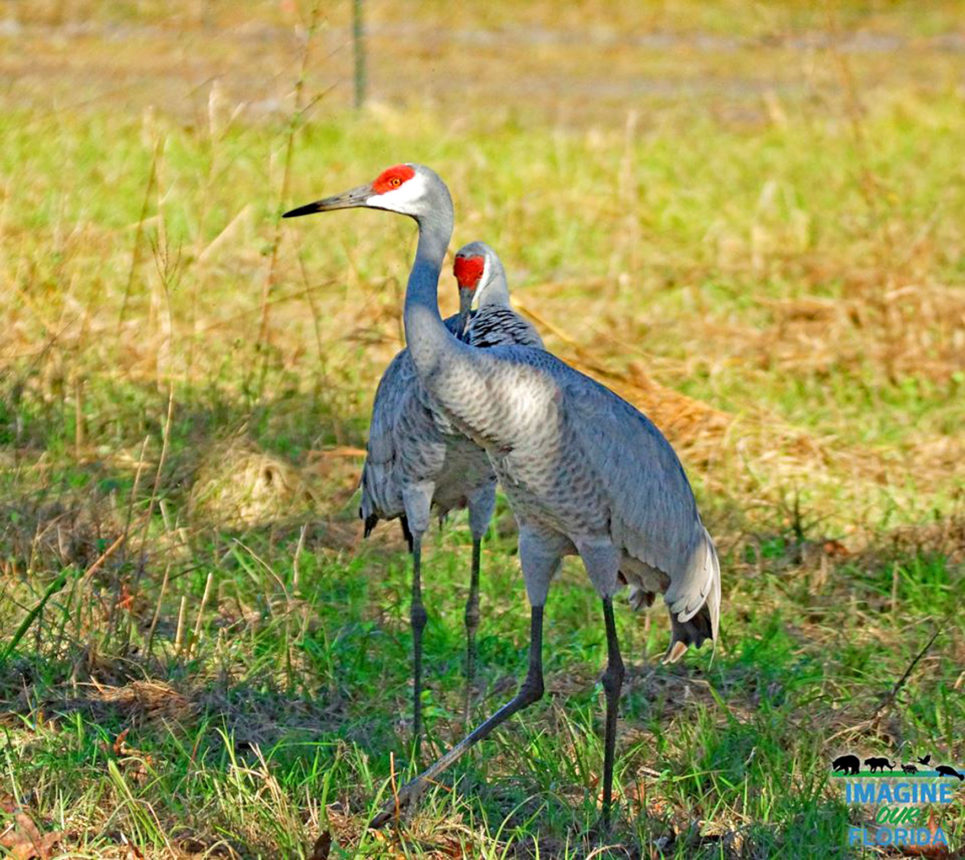
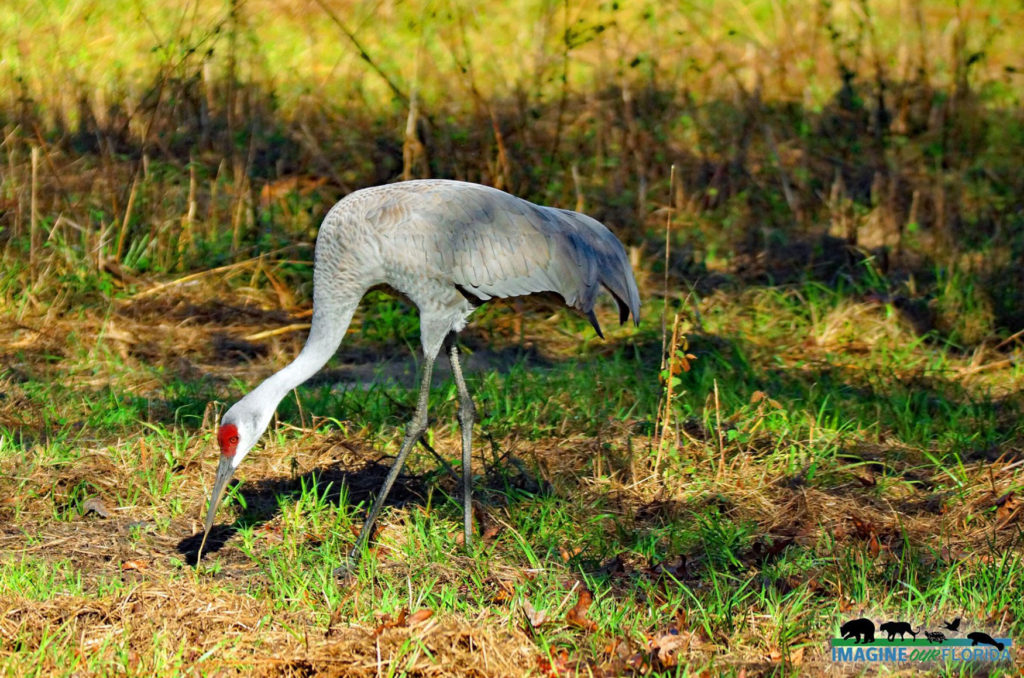
Recent Comments